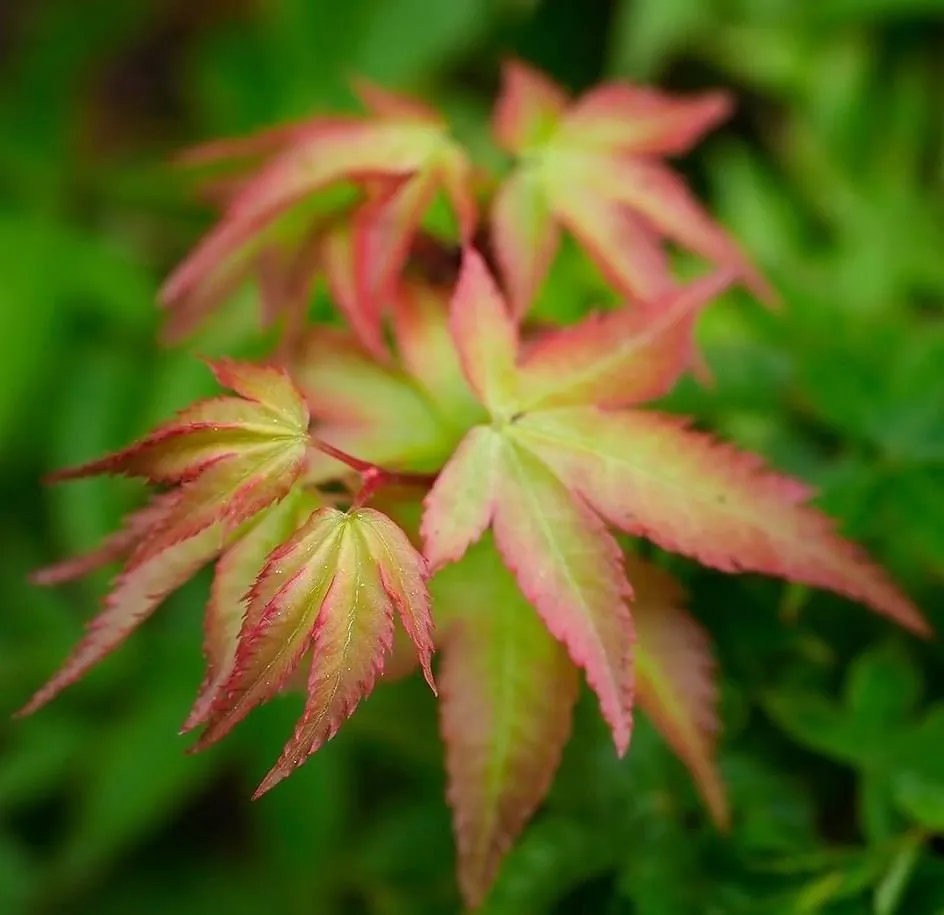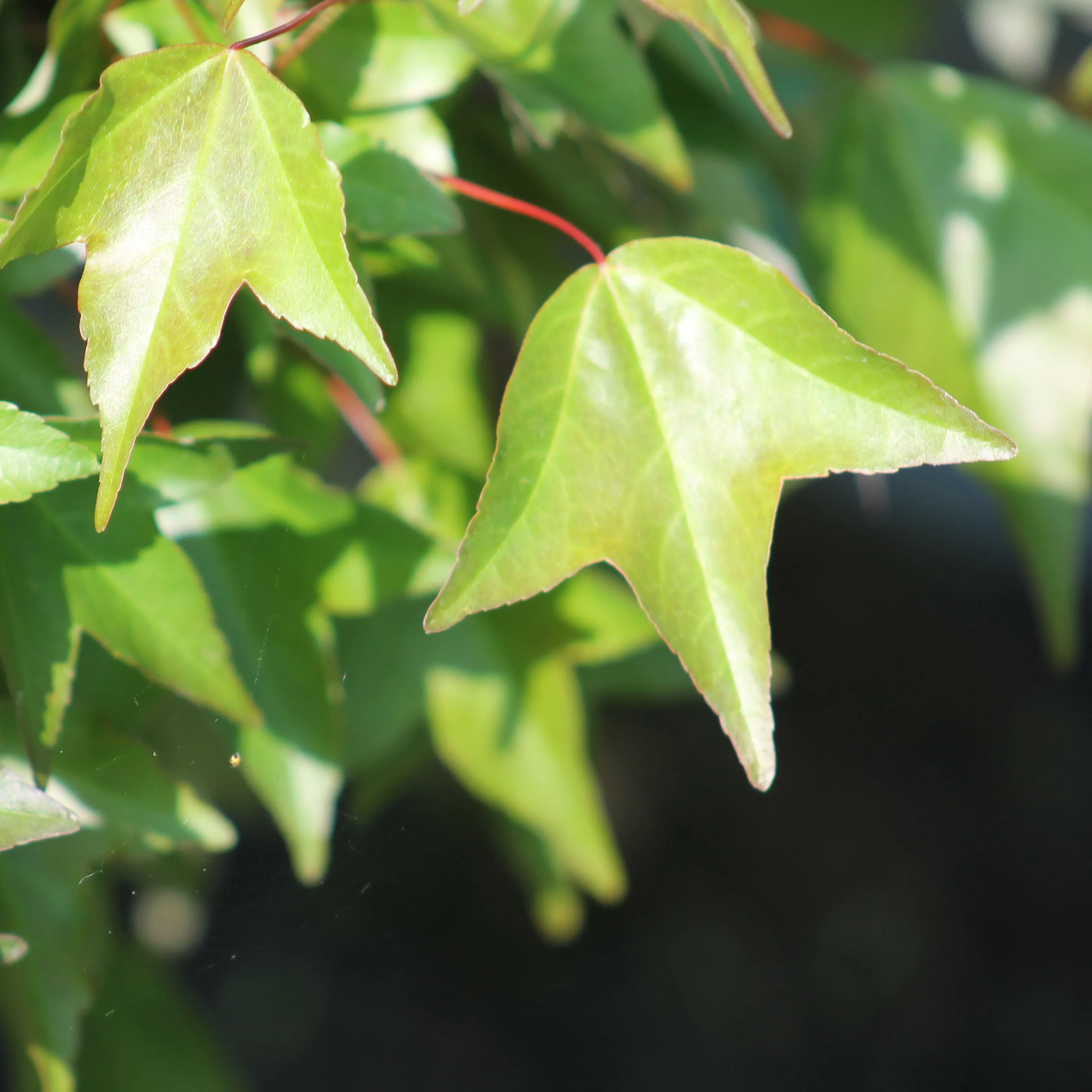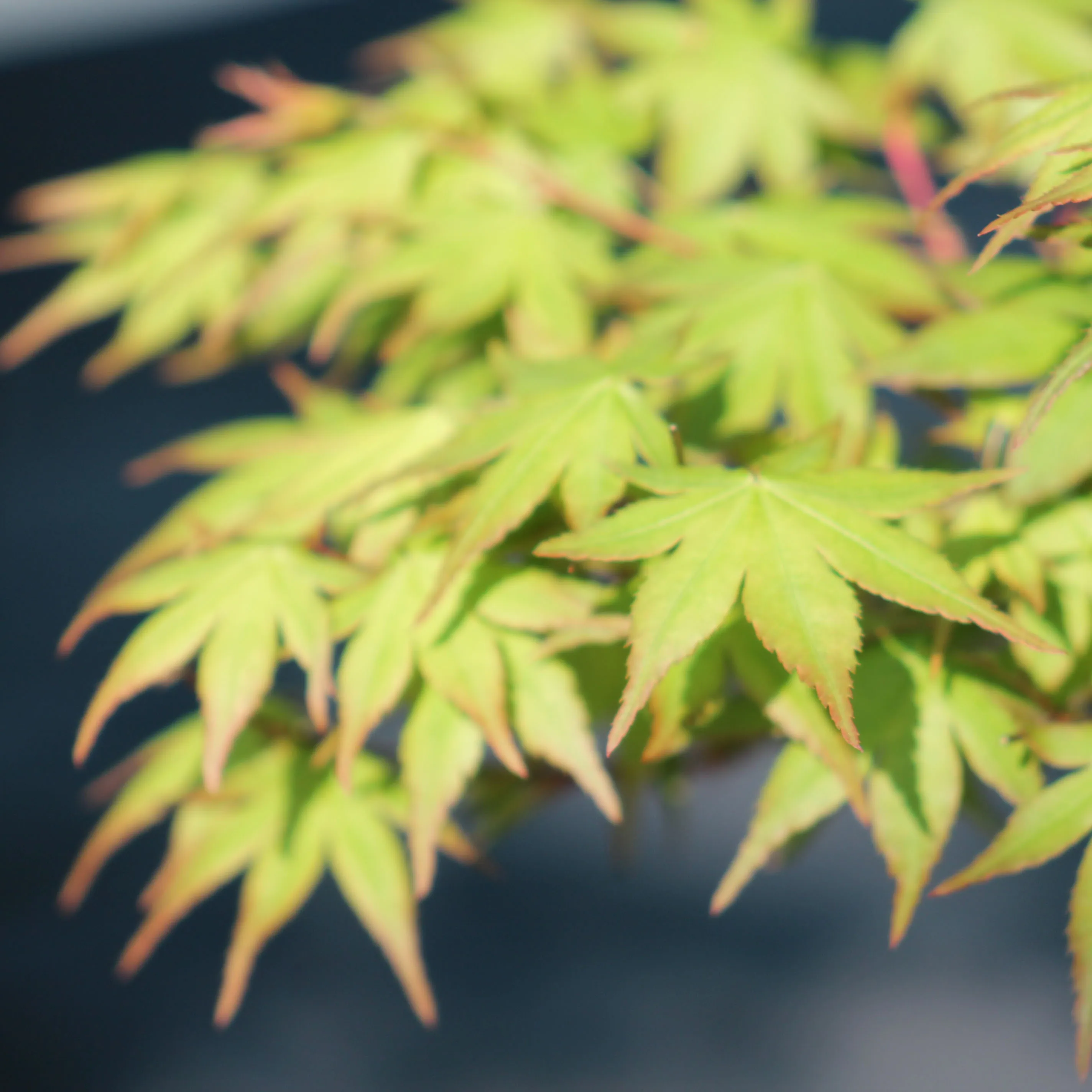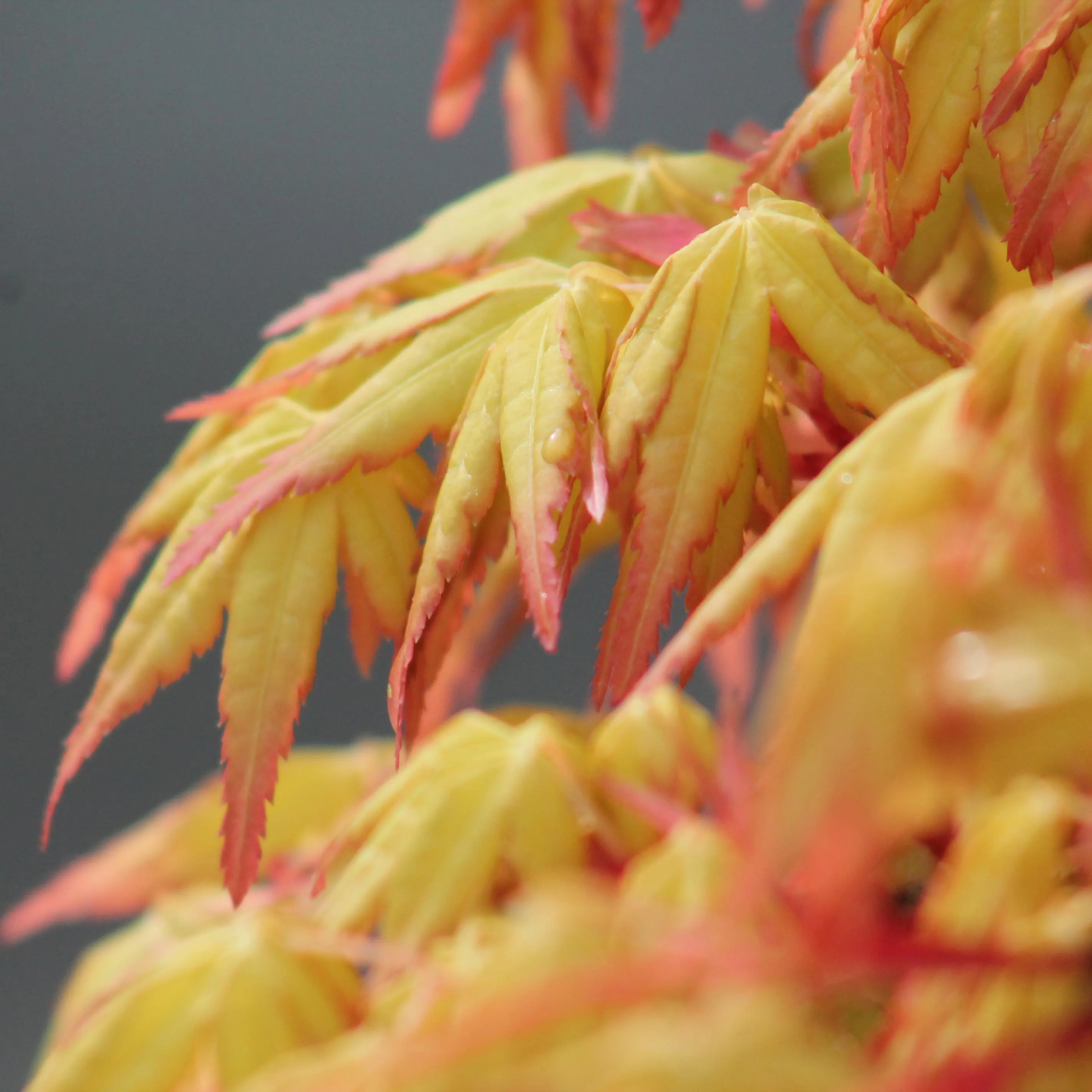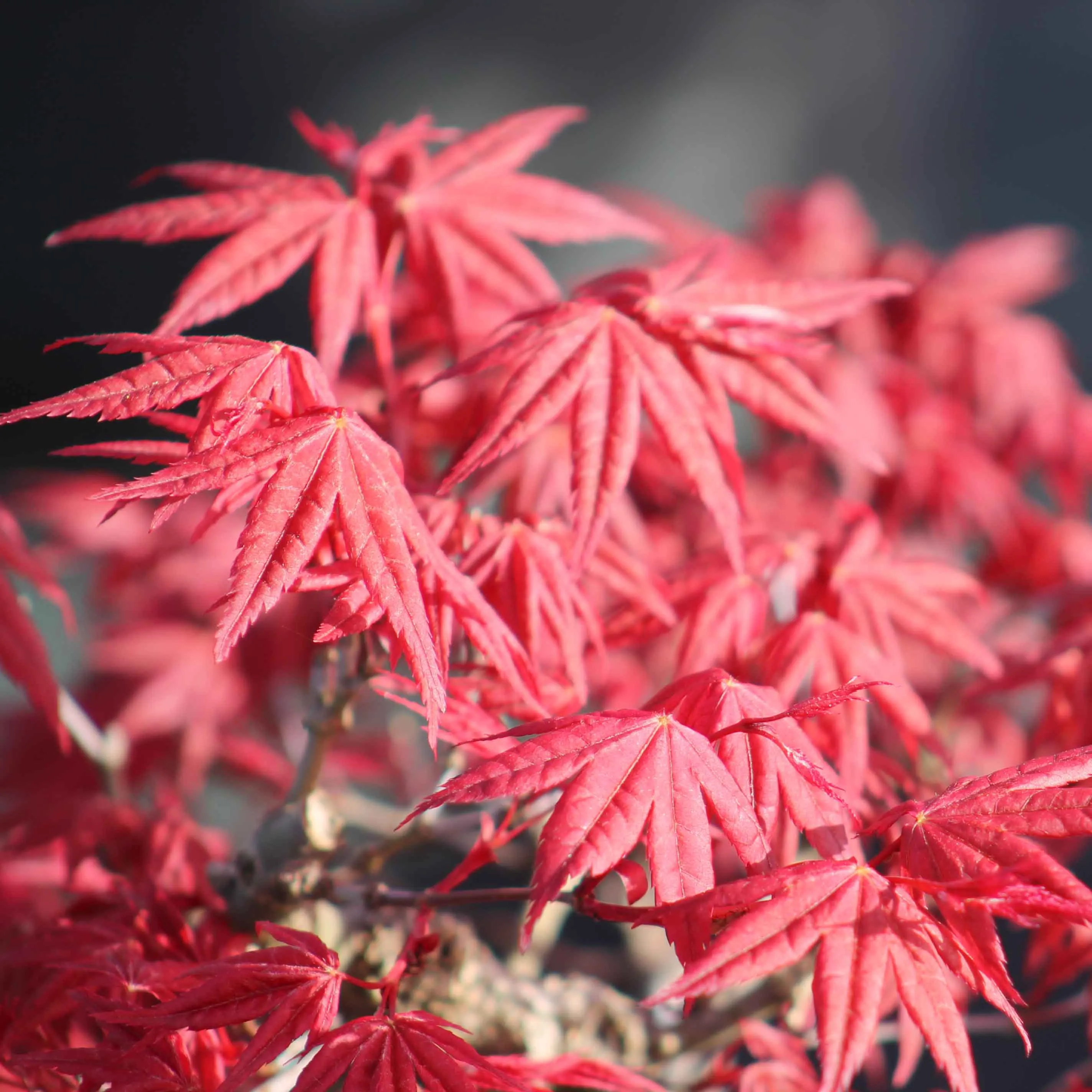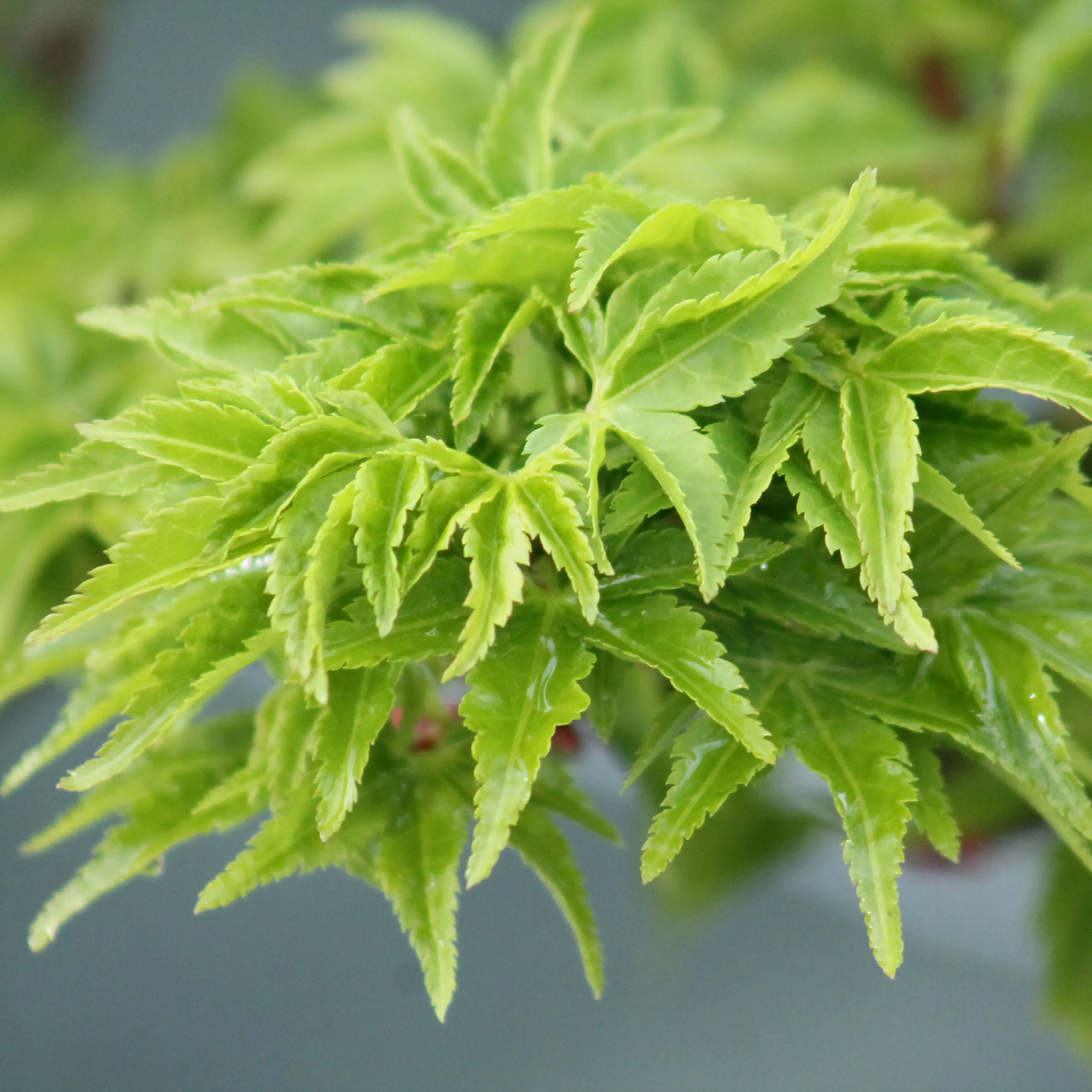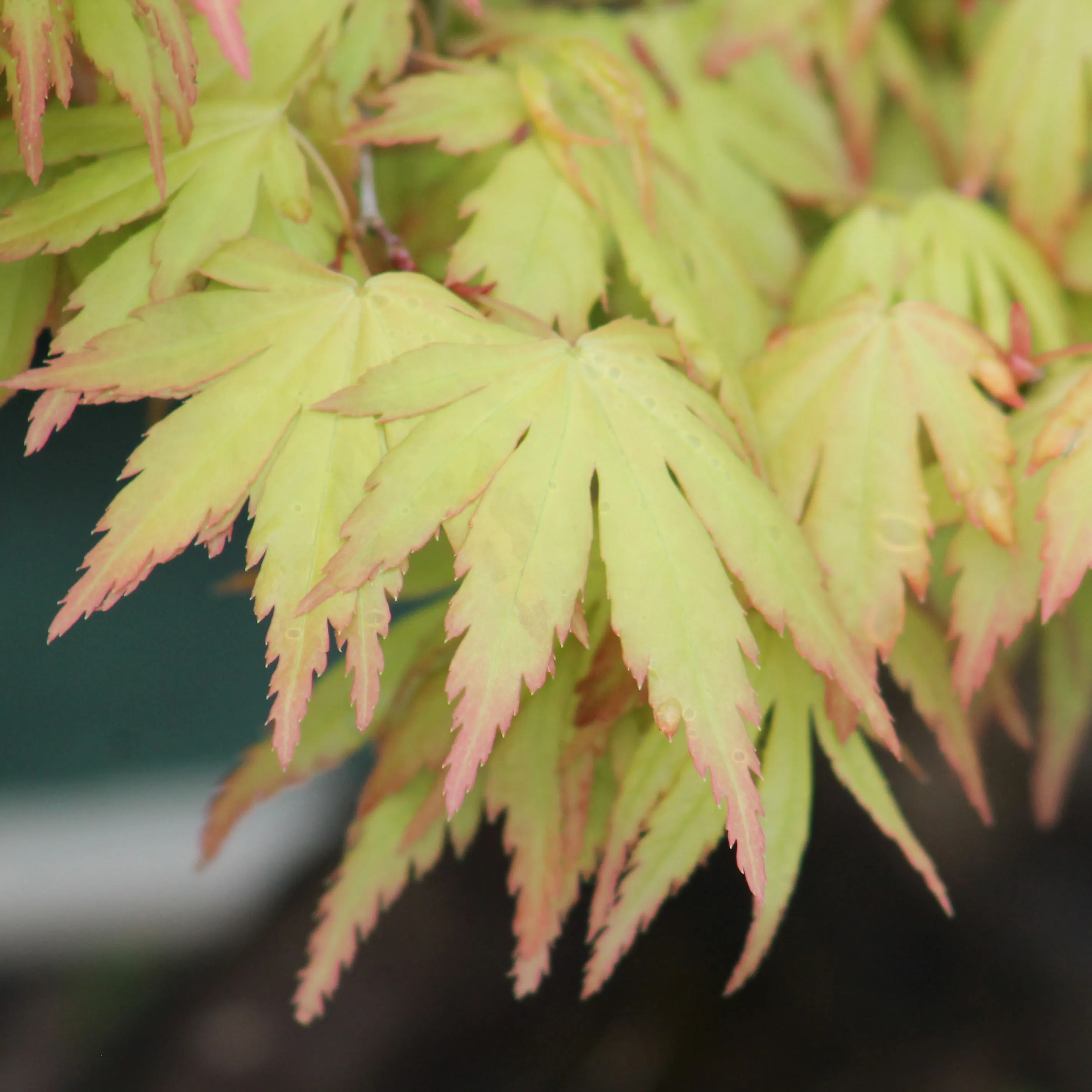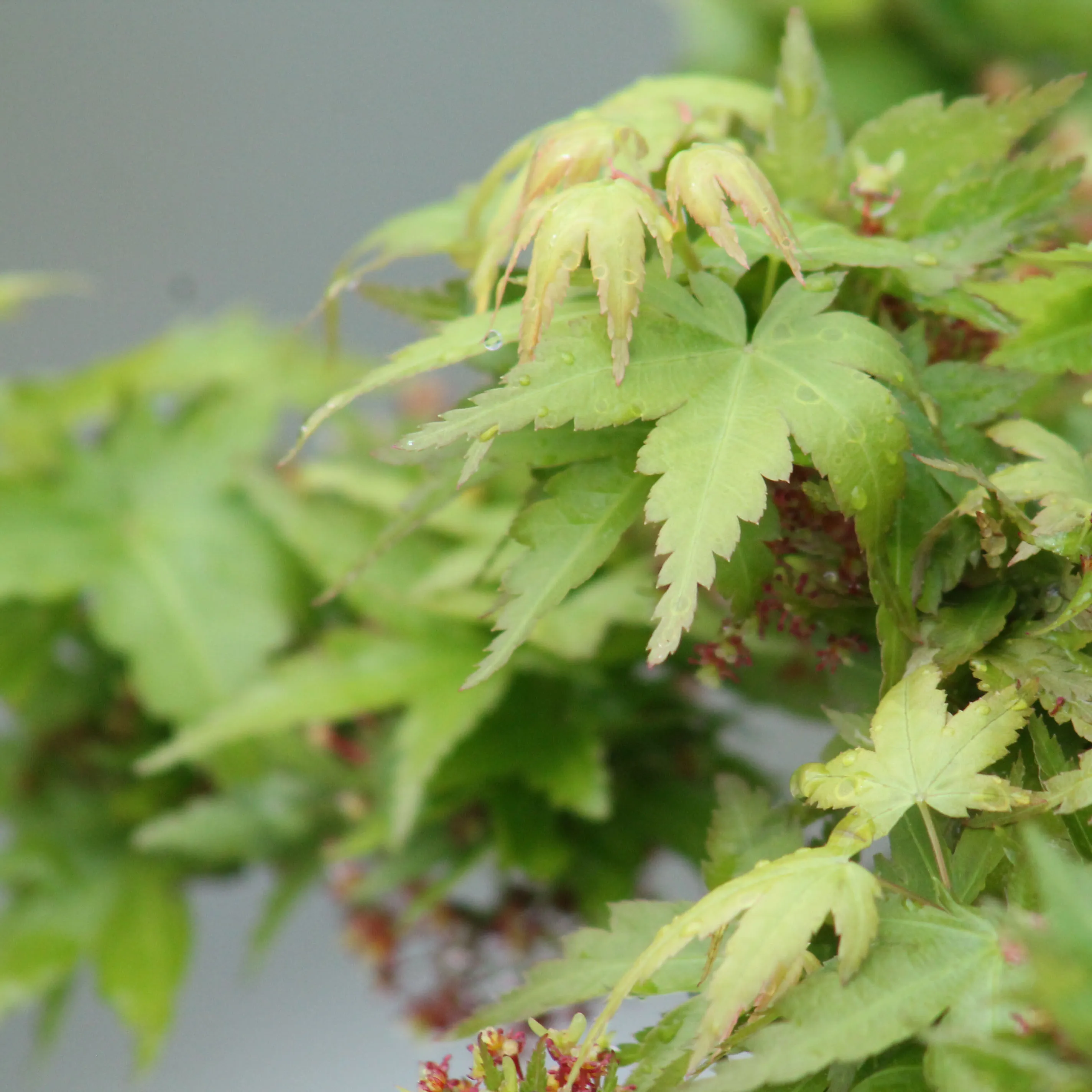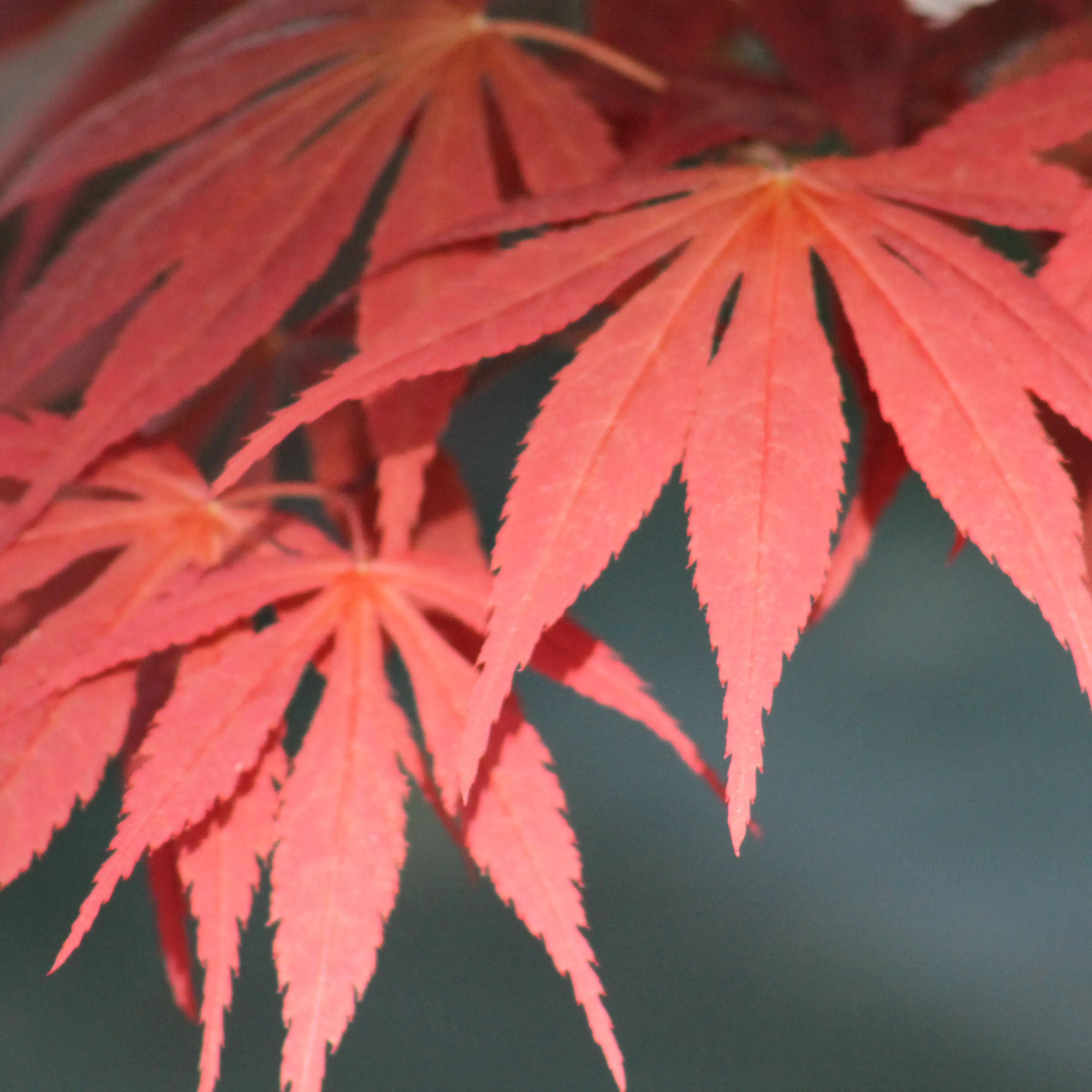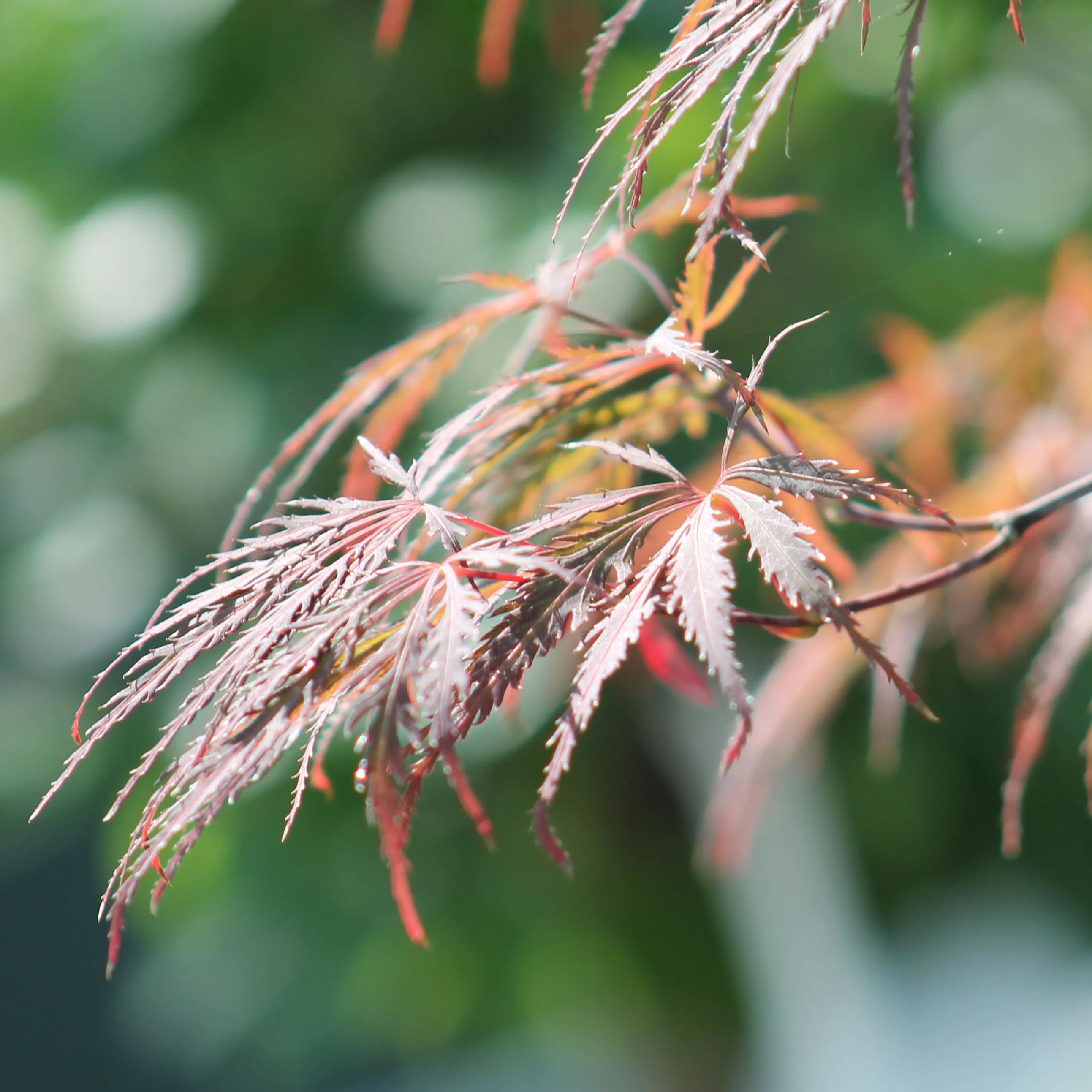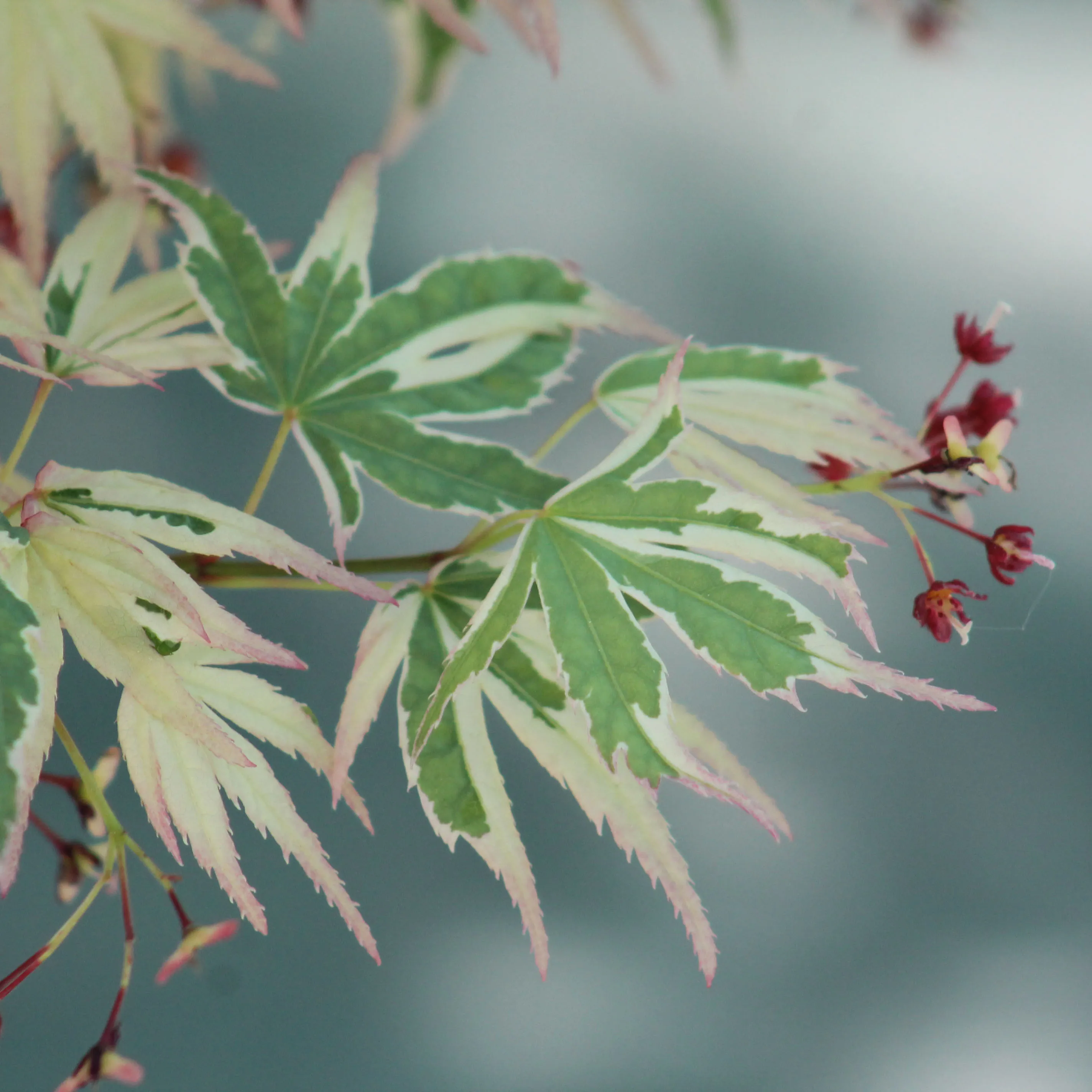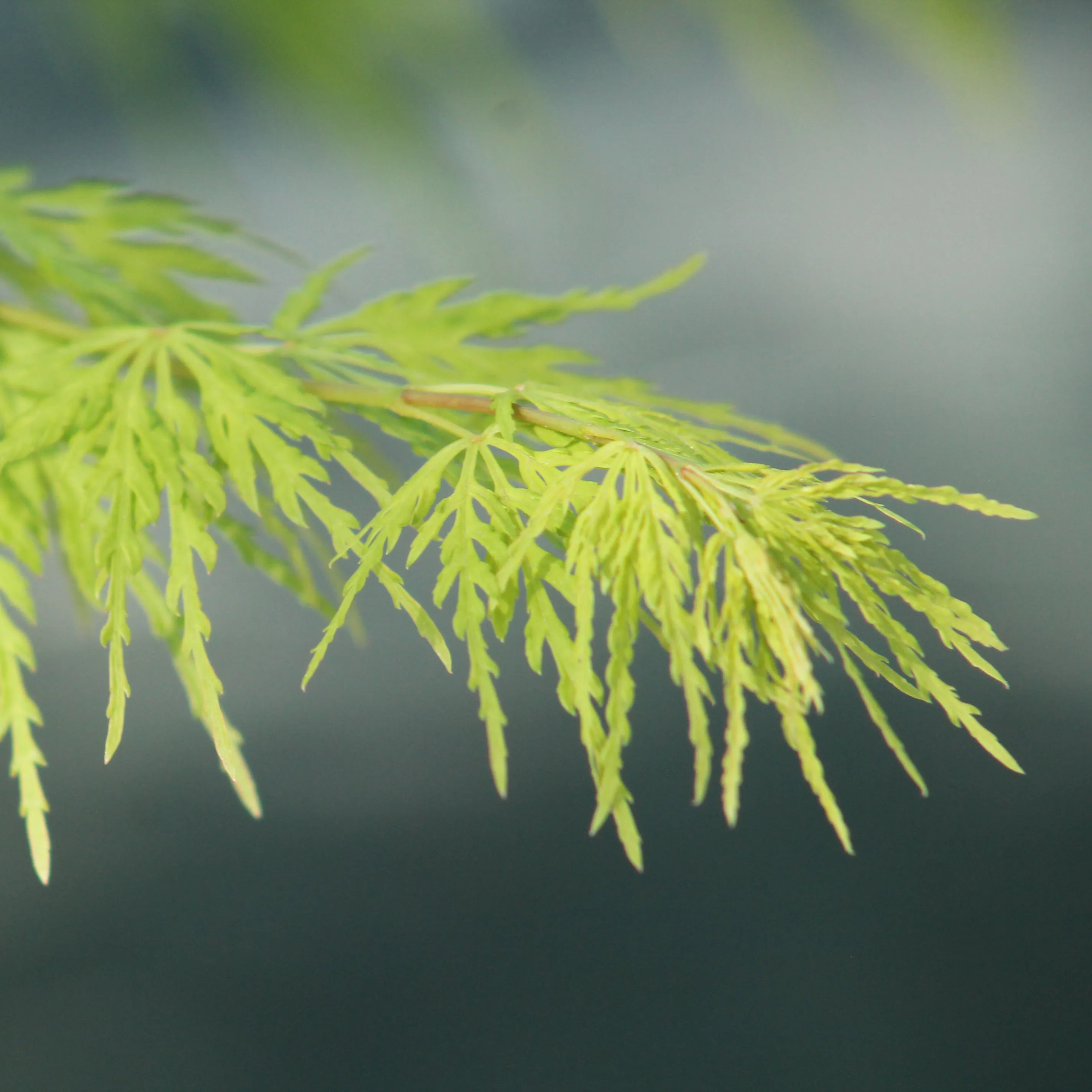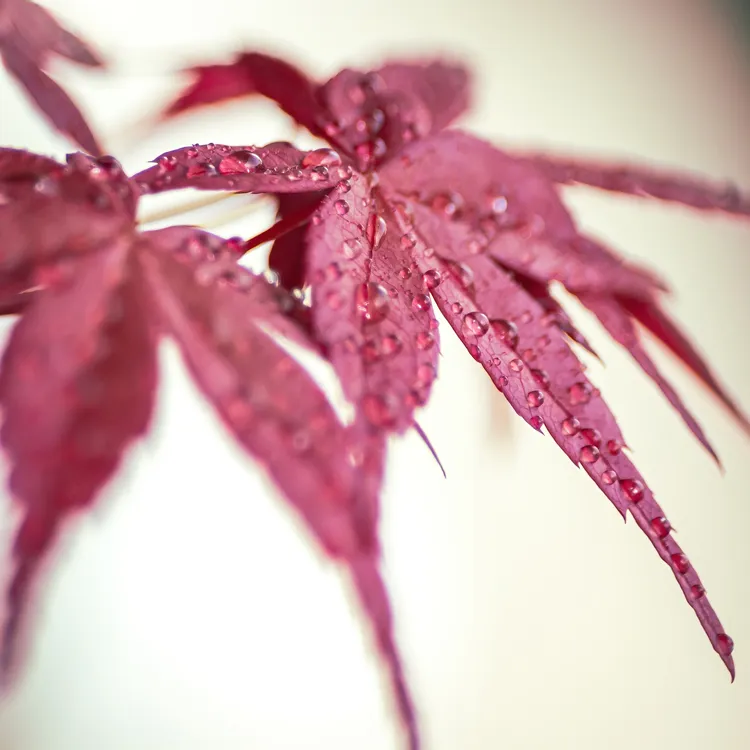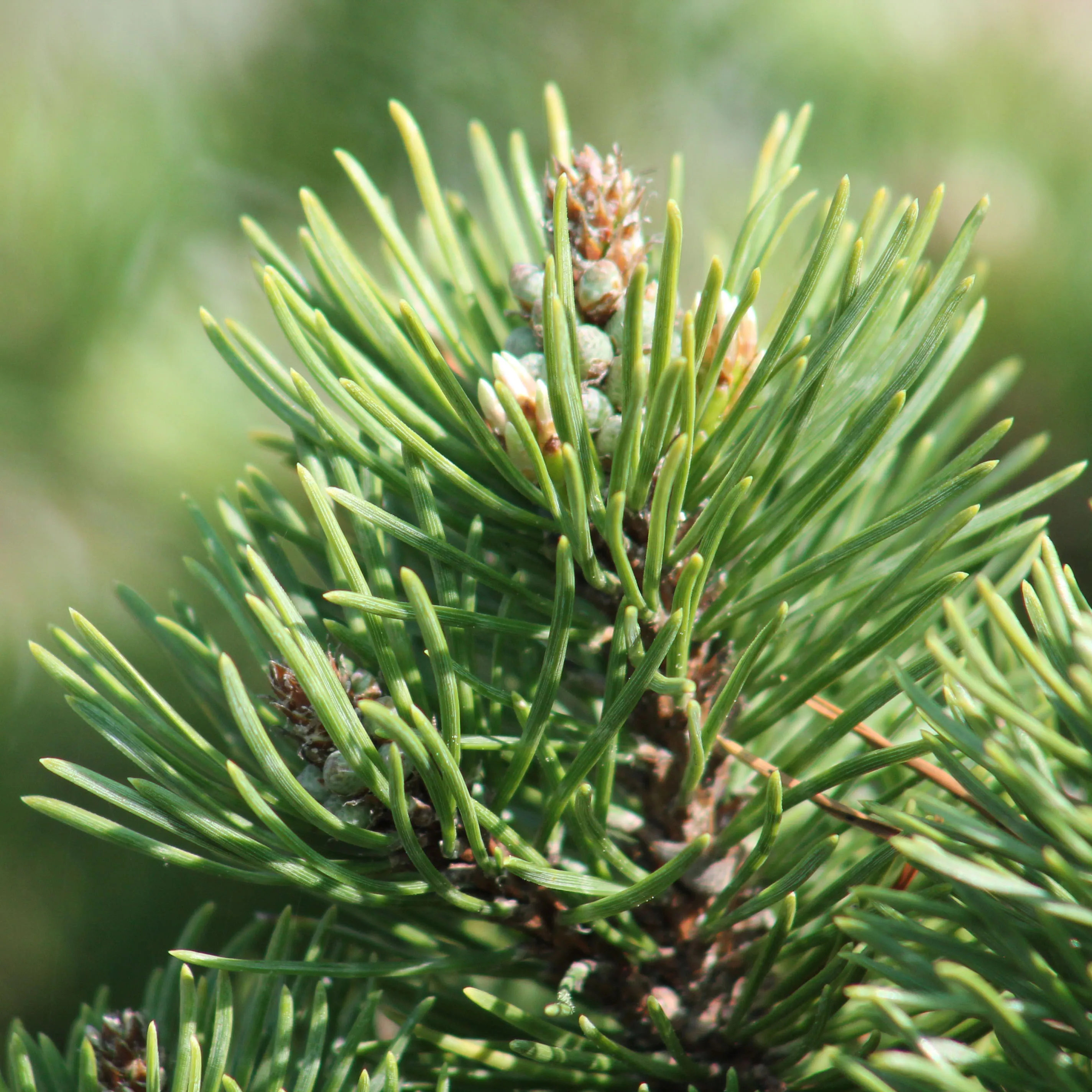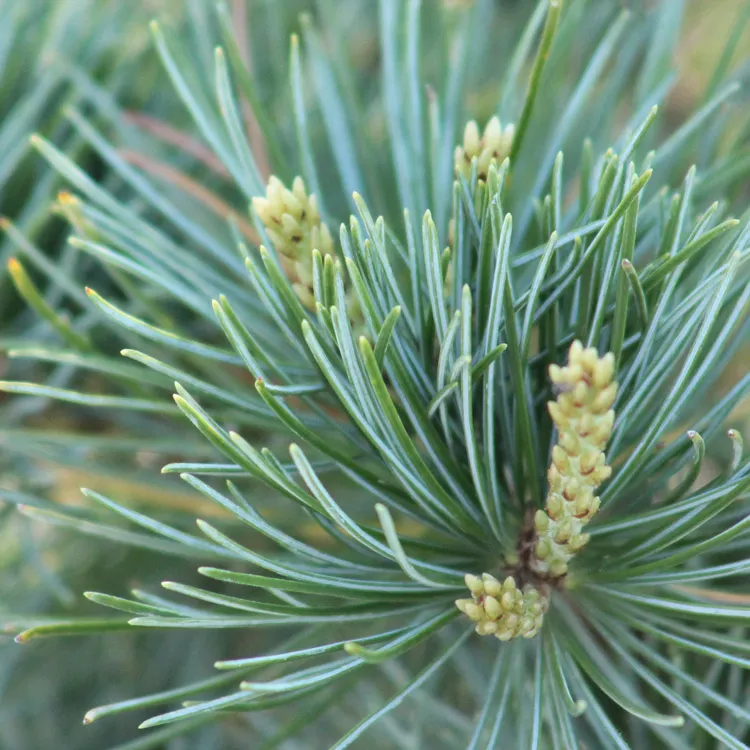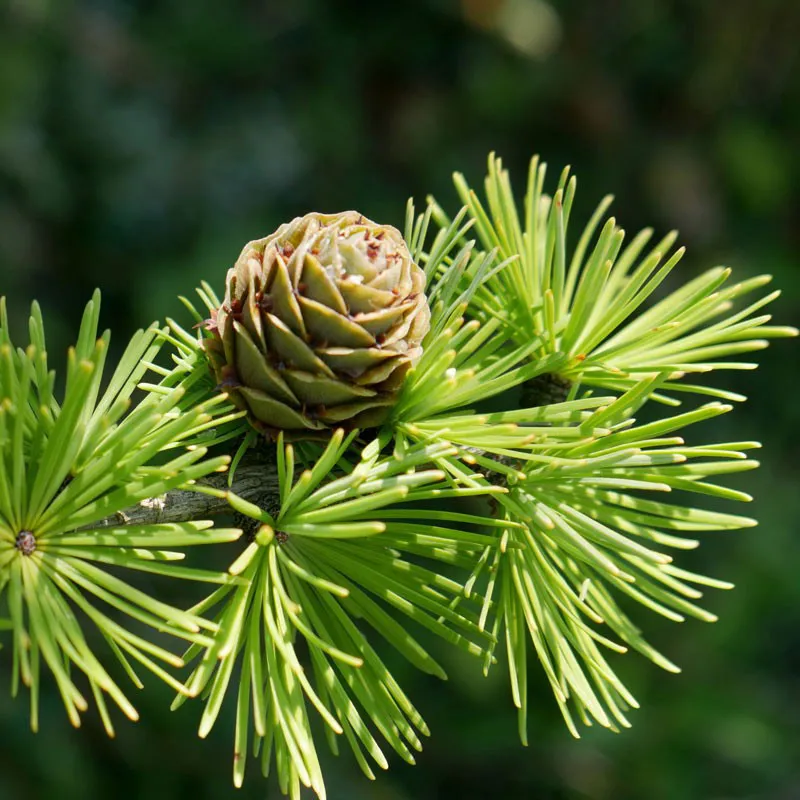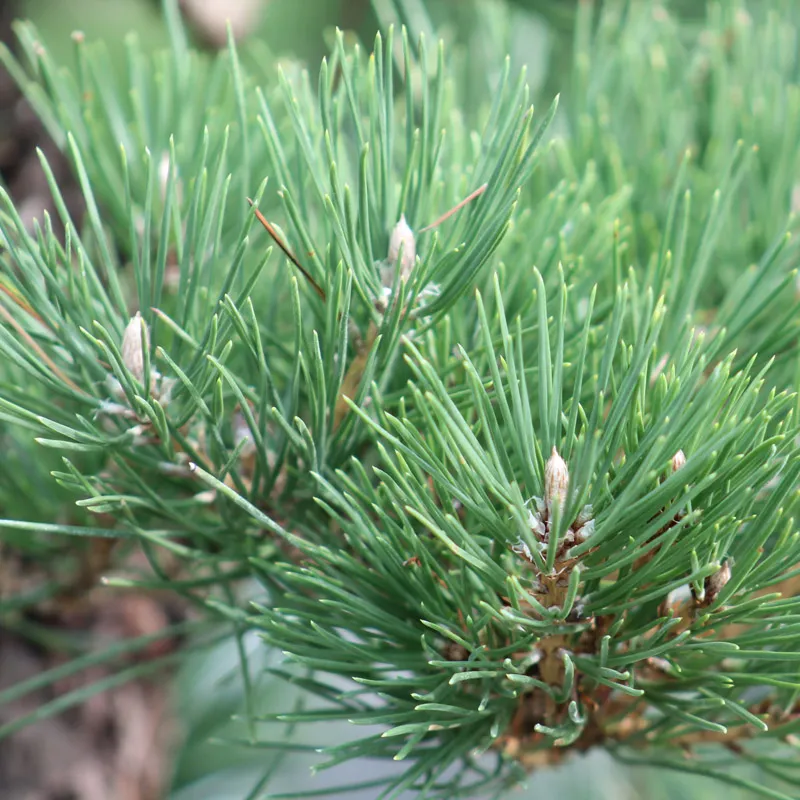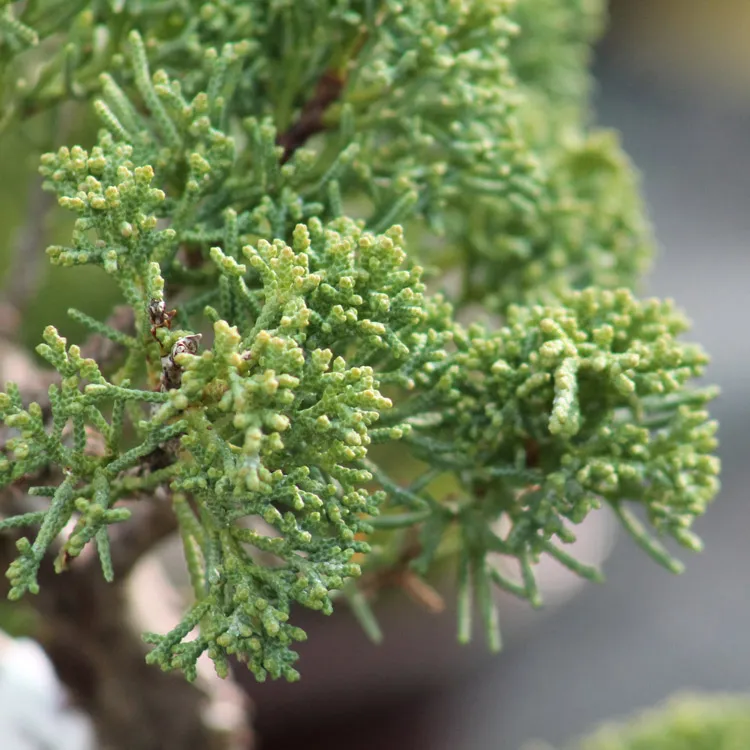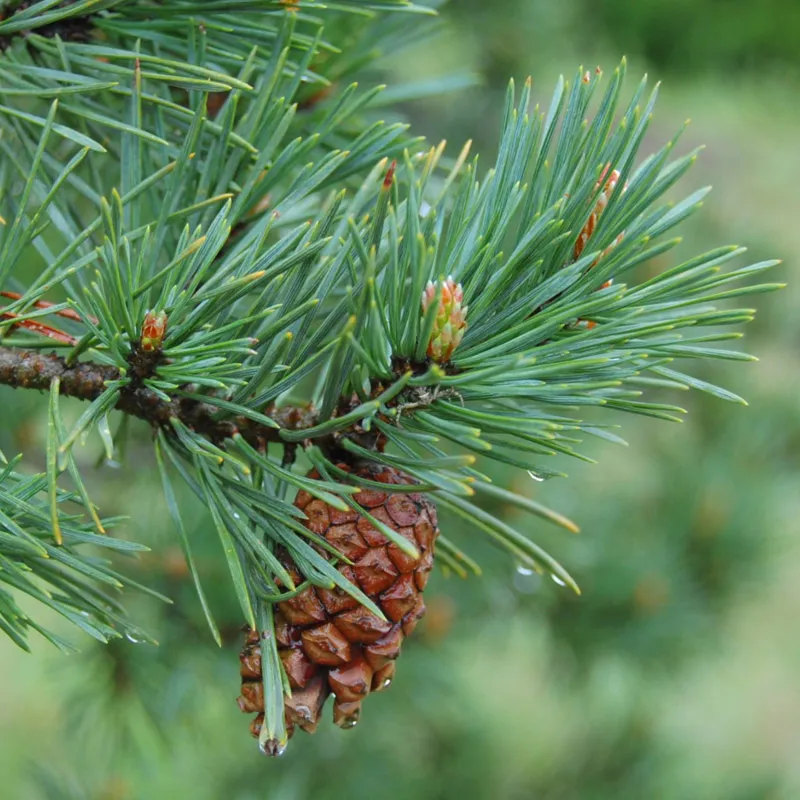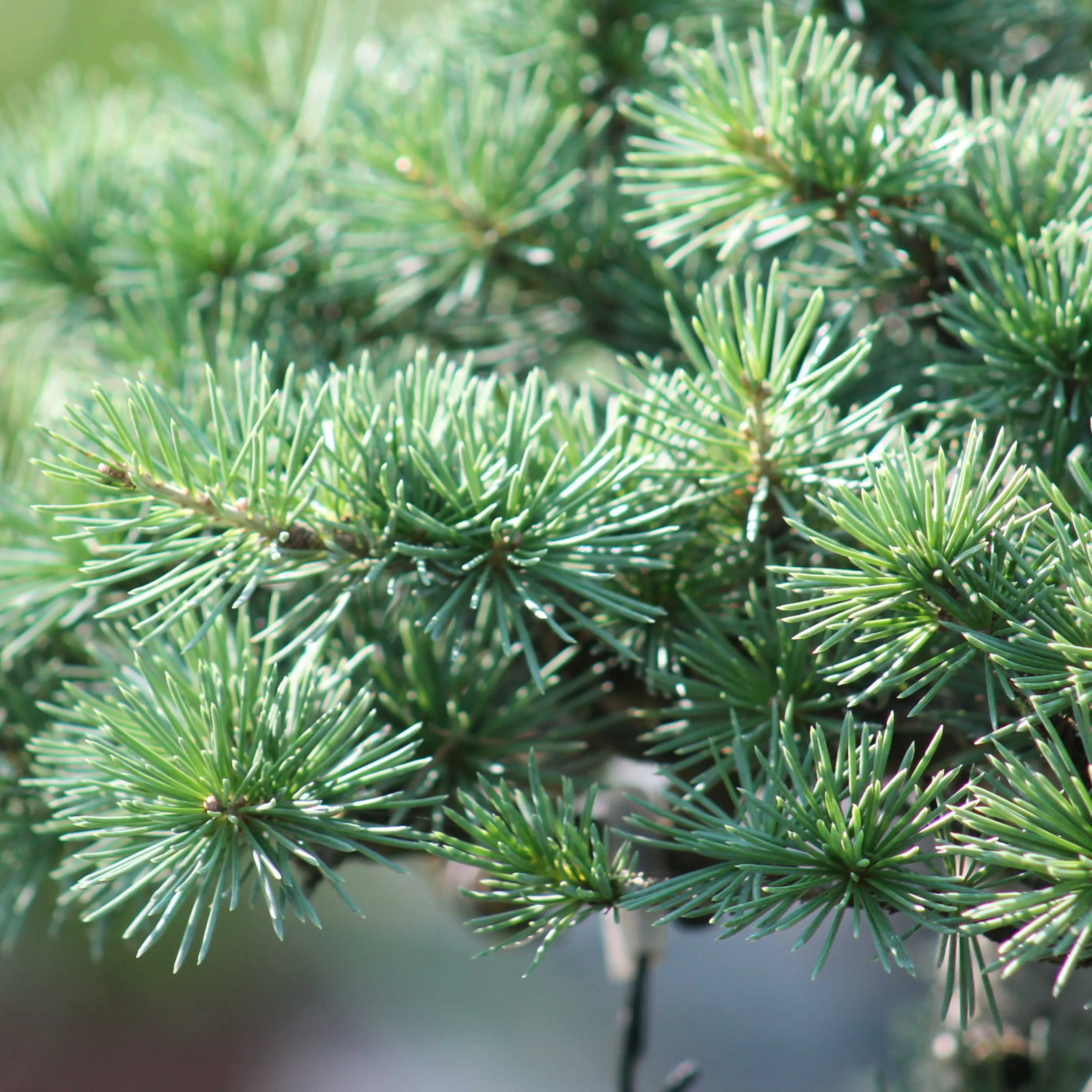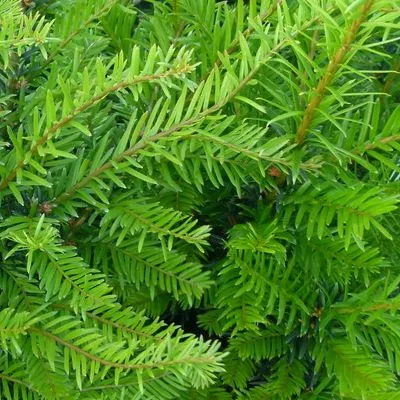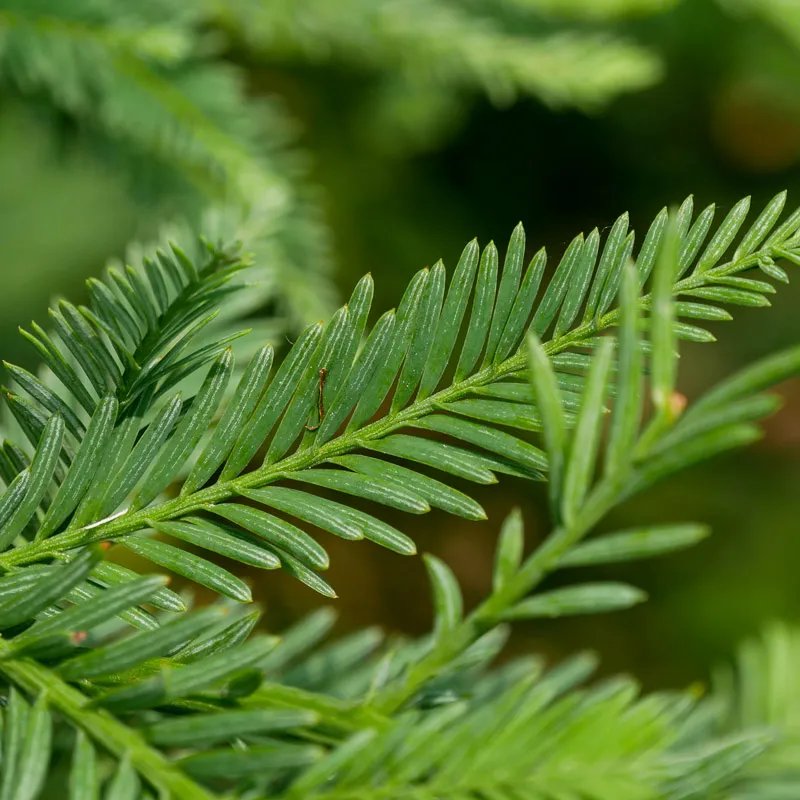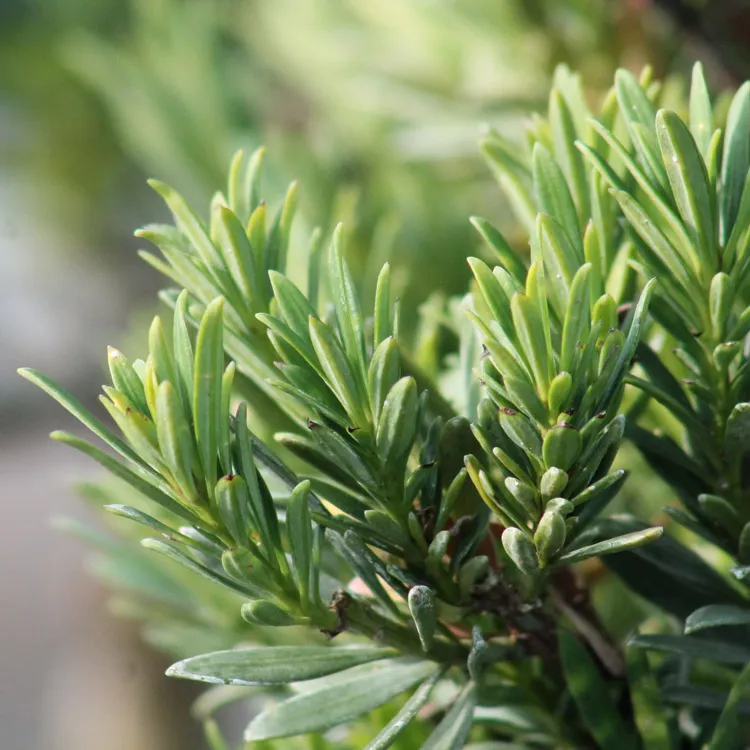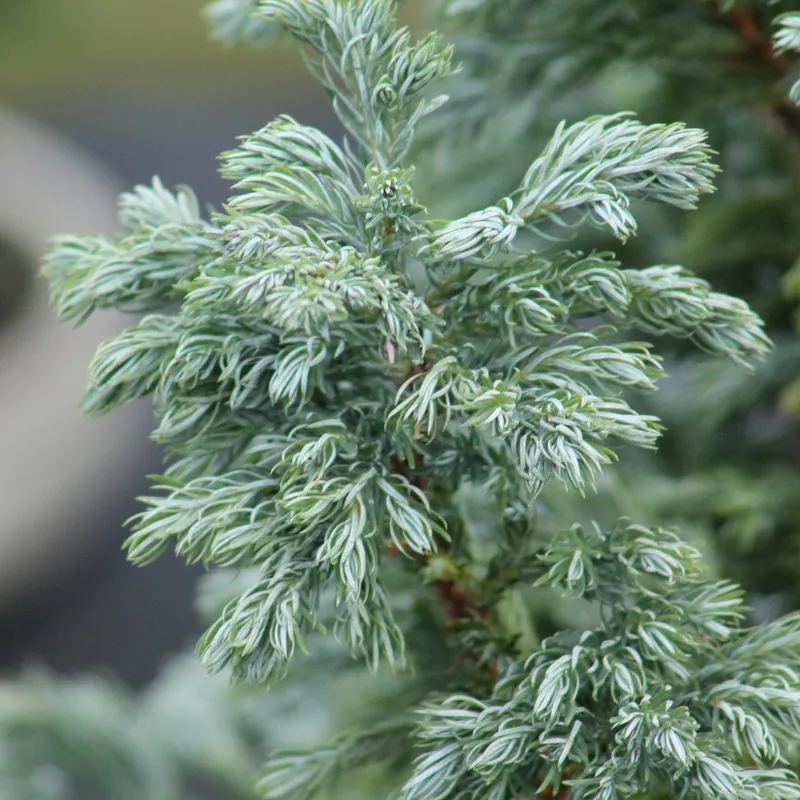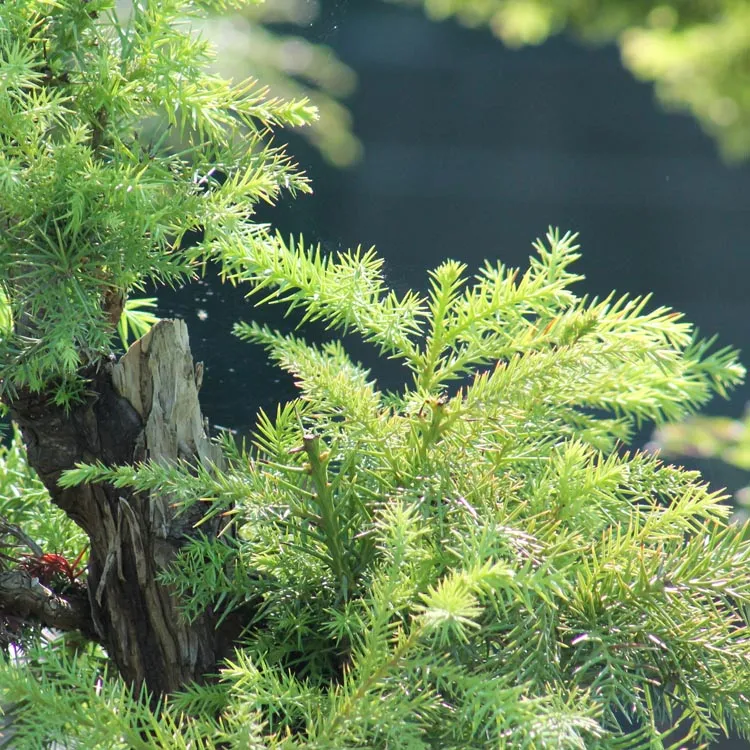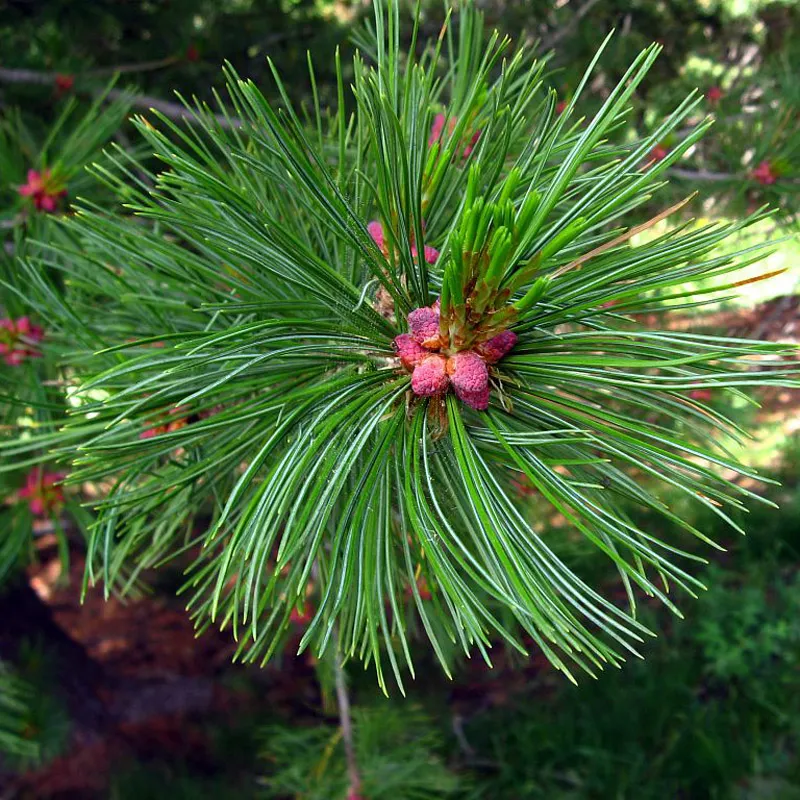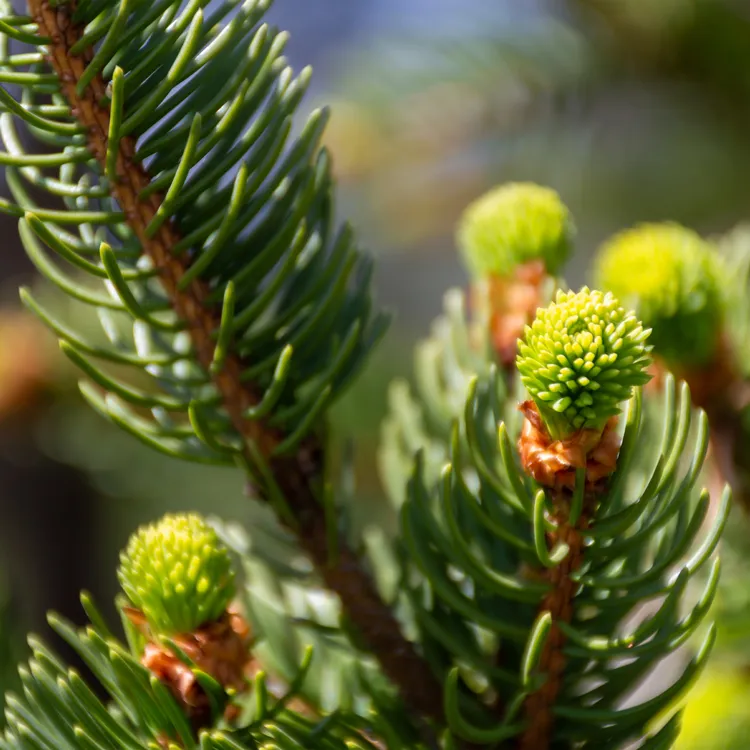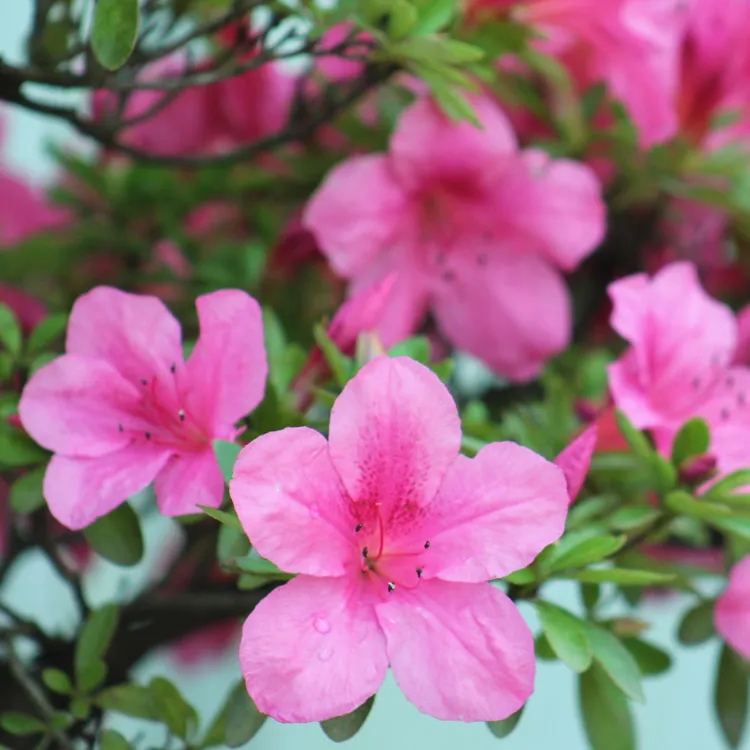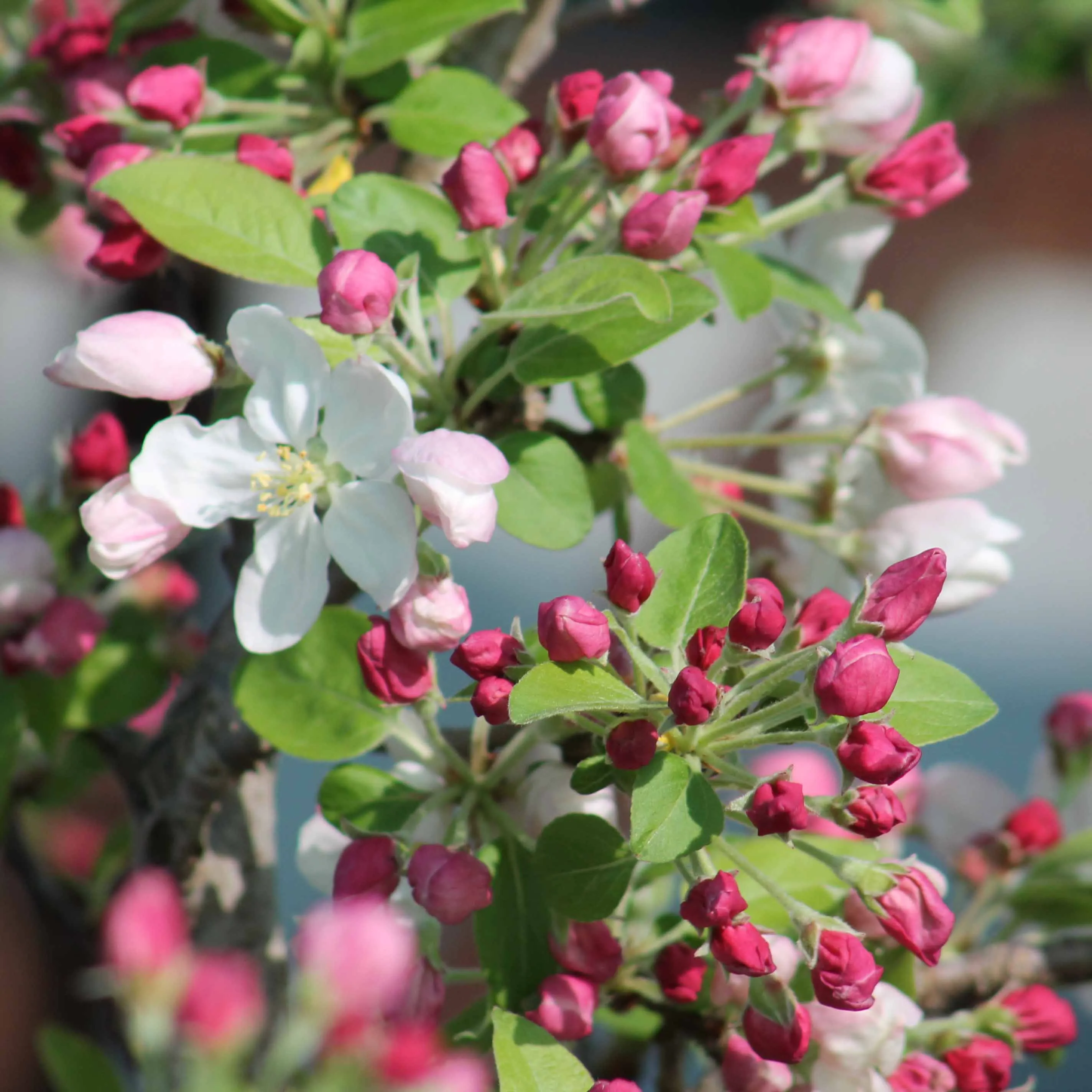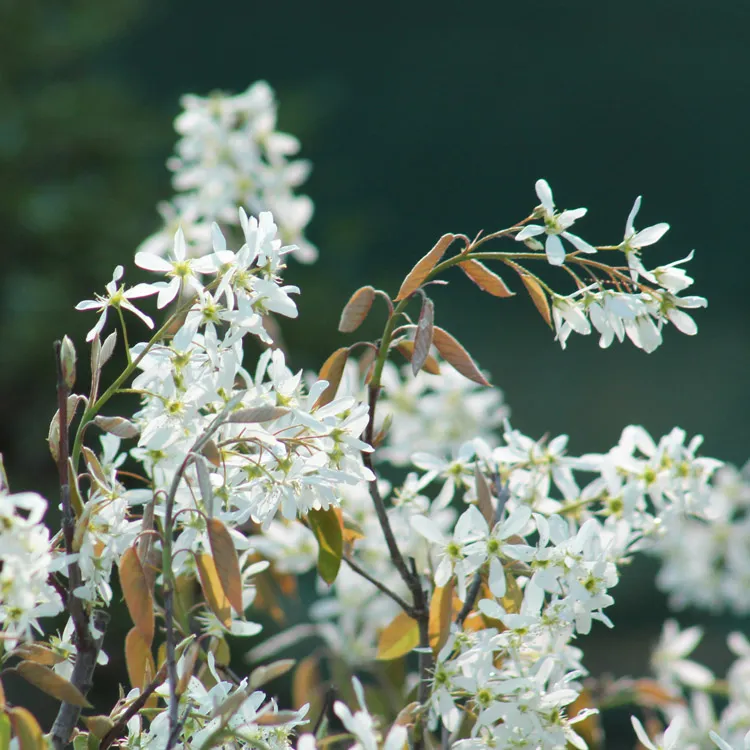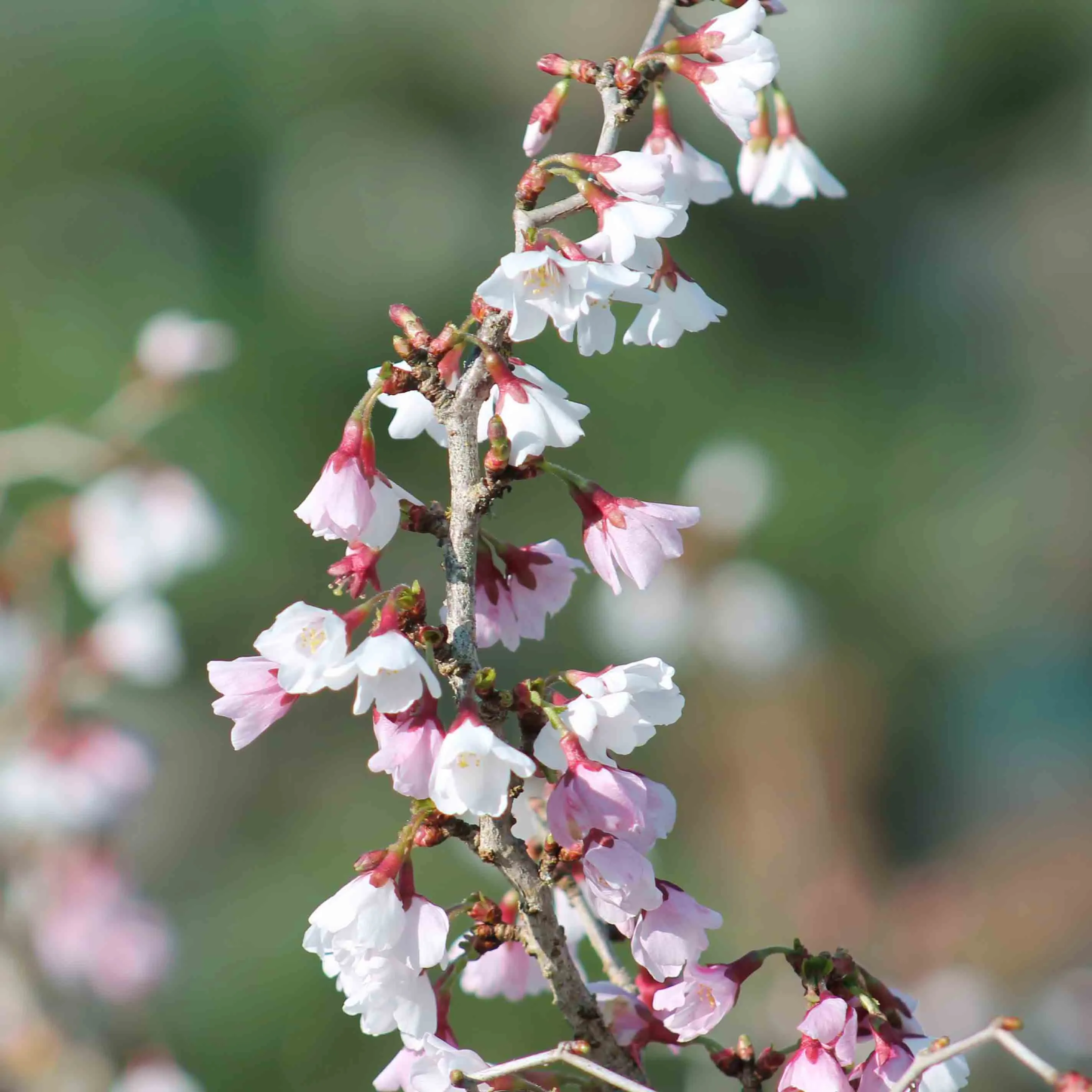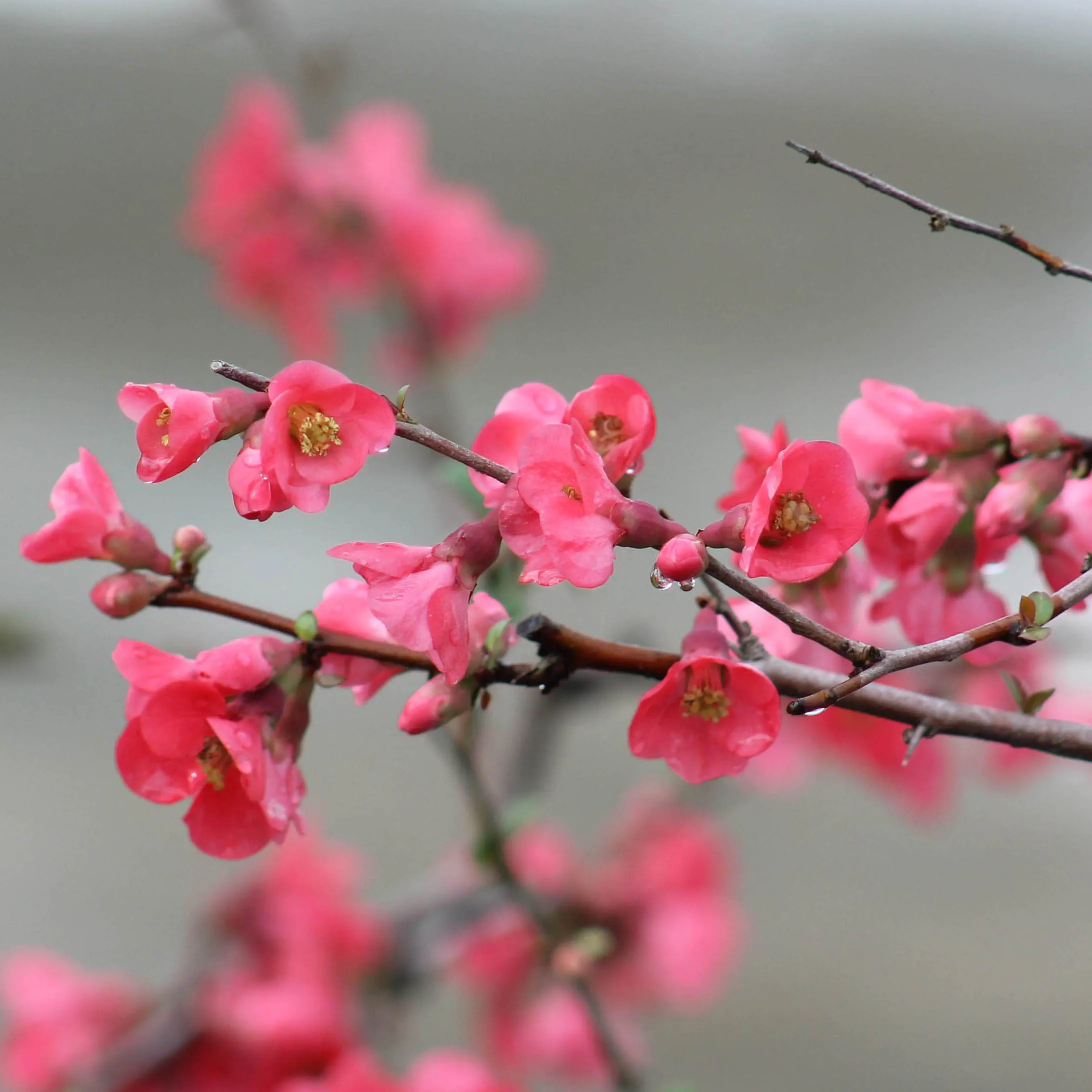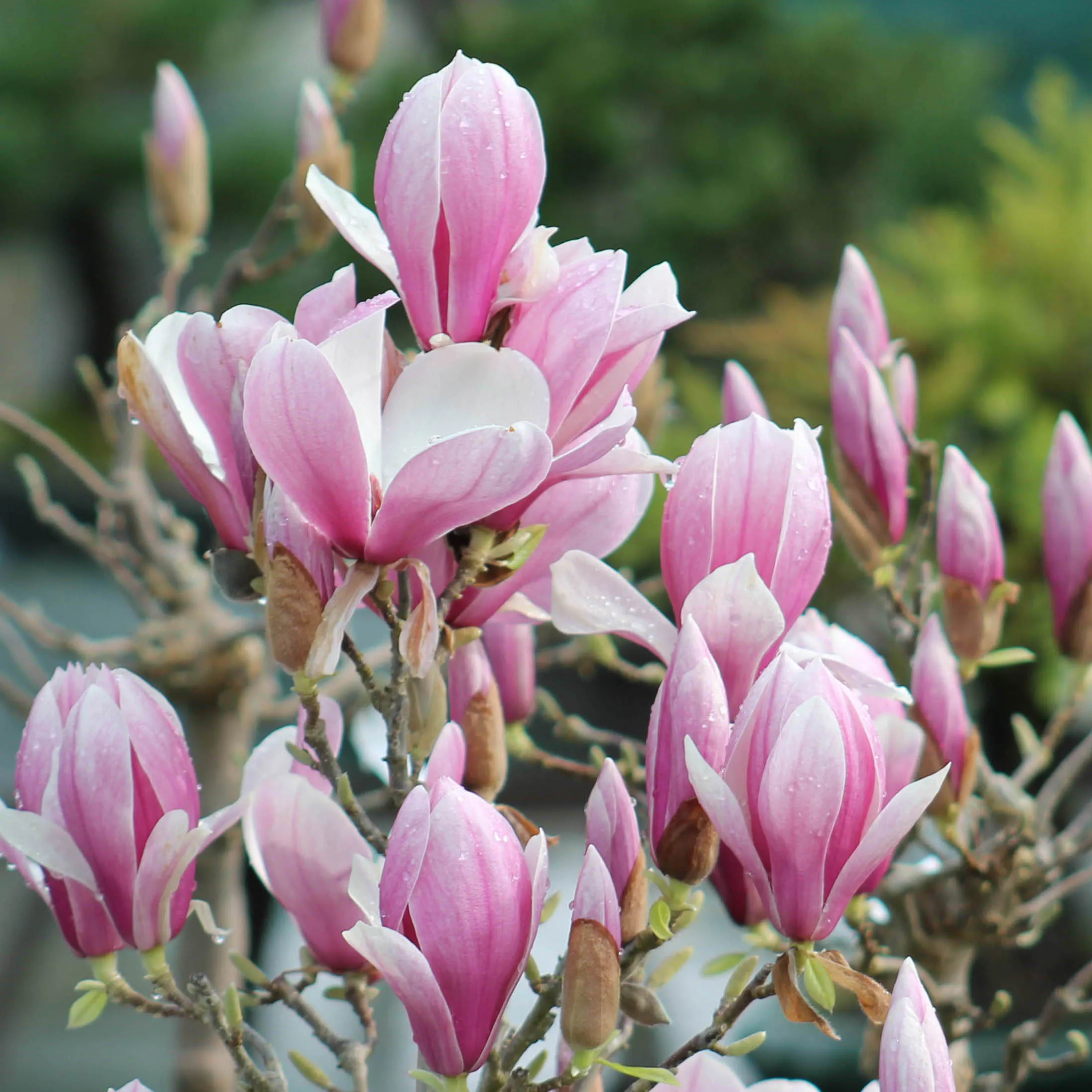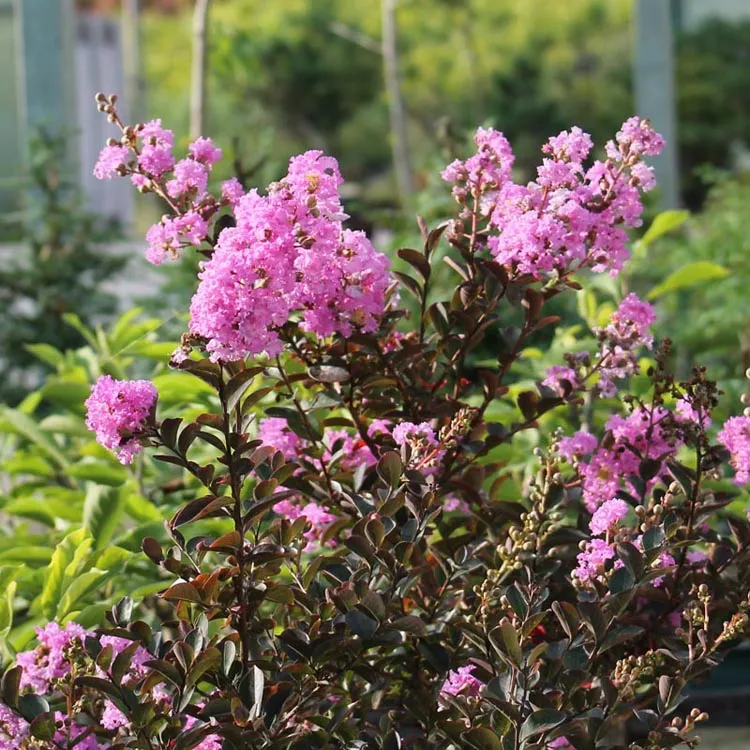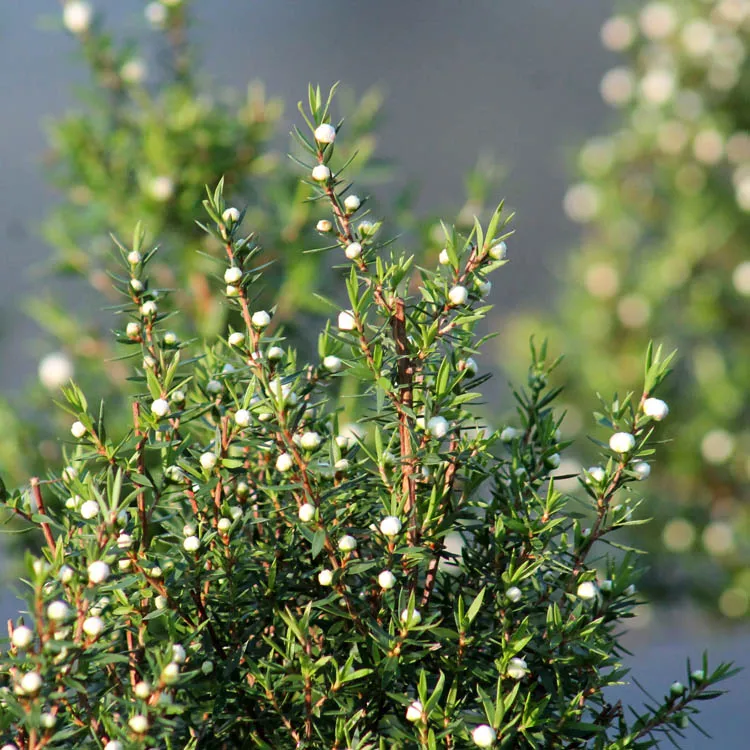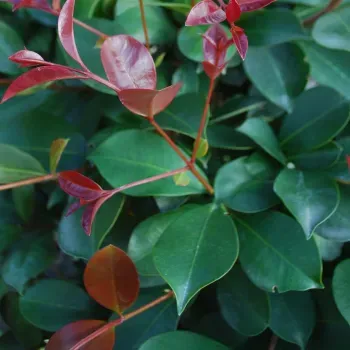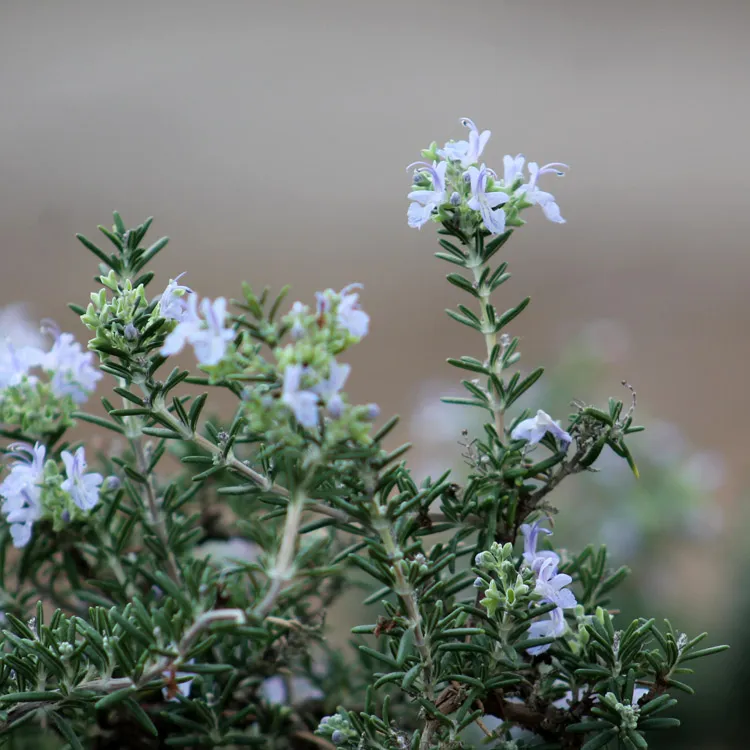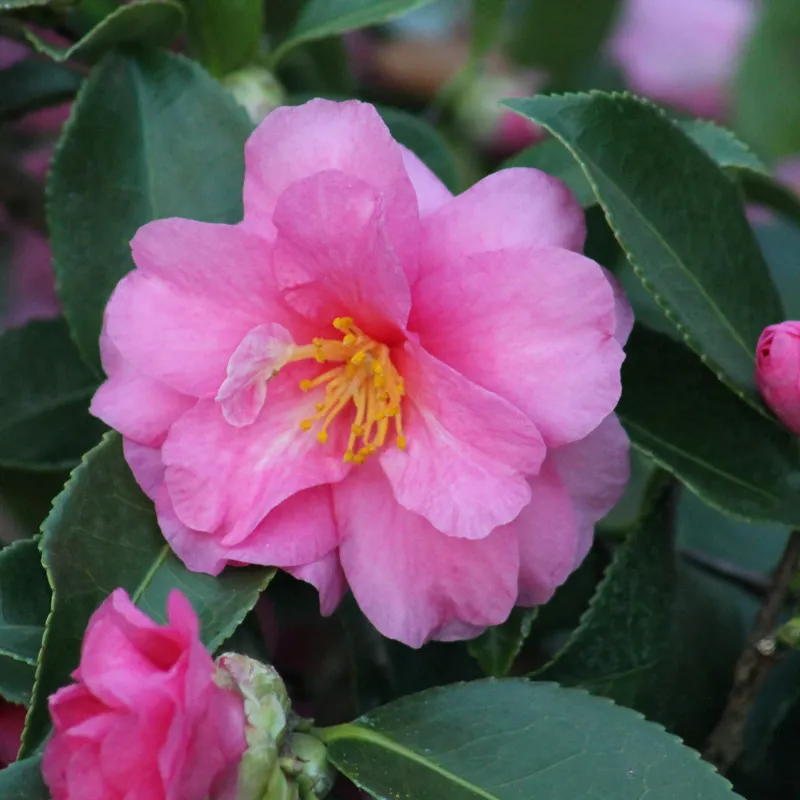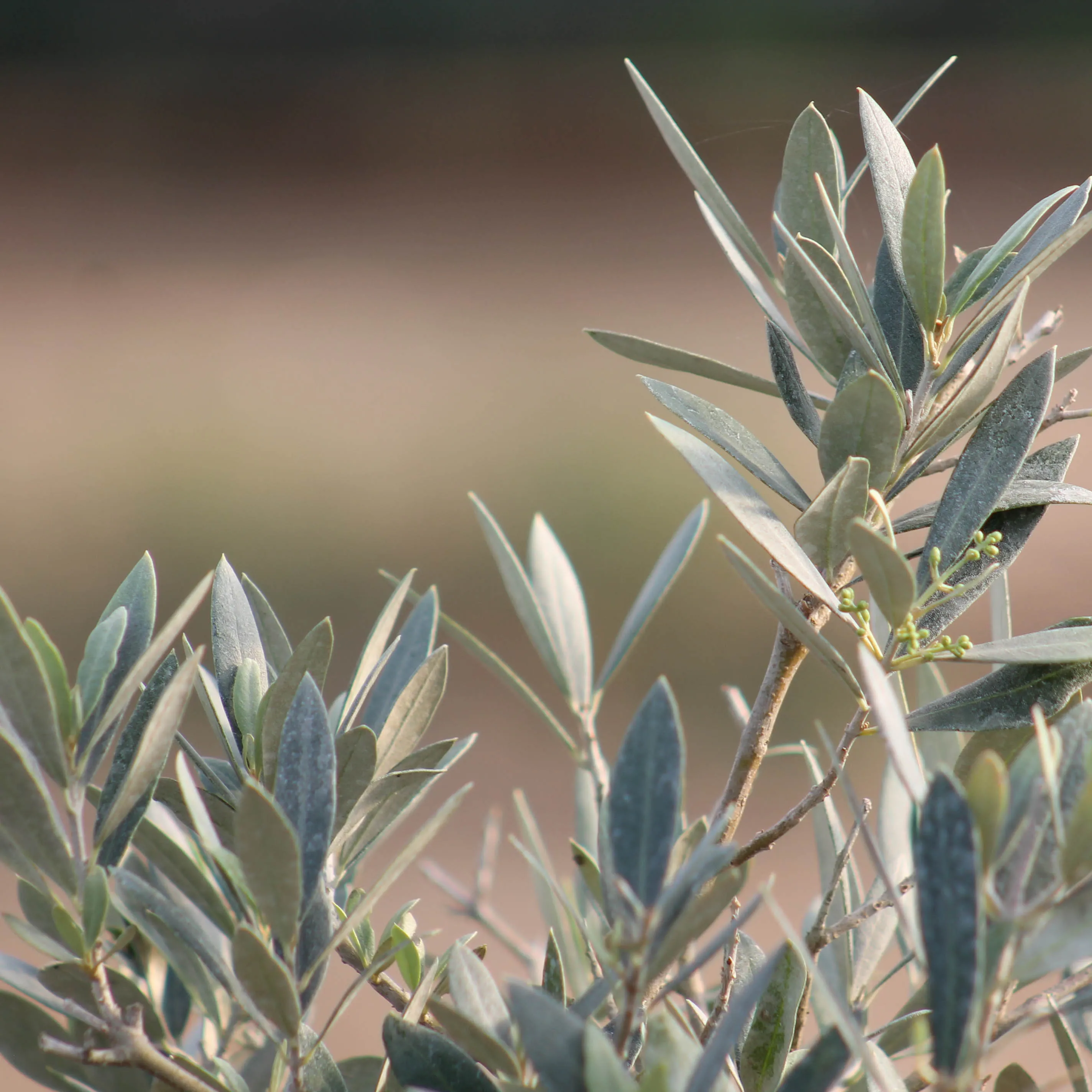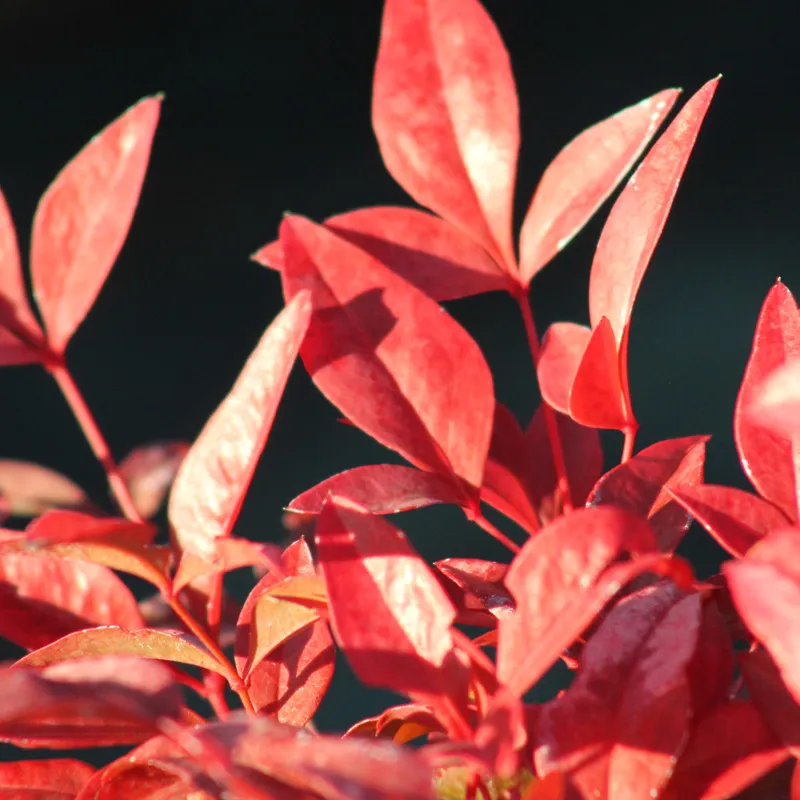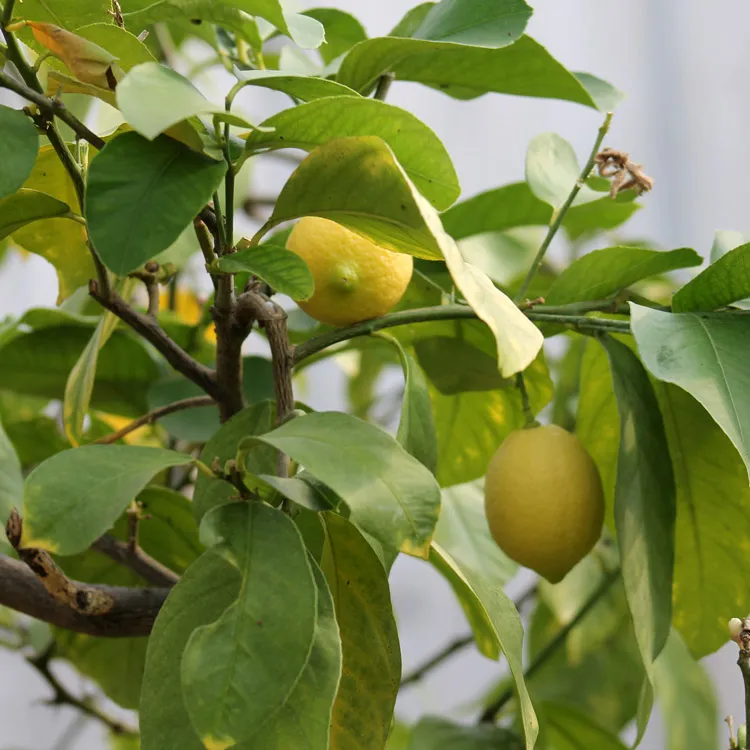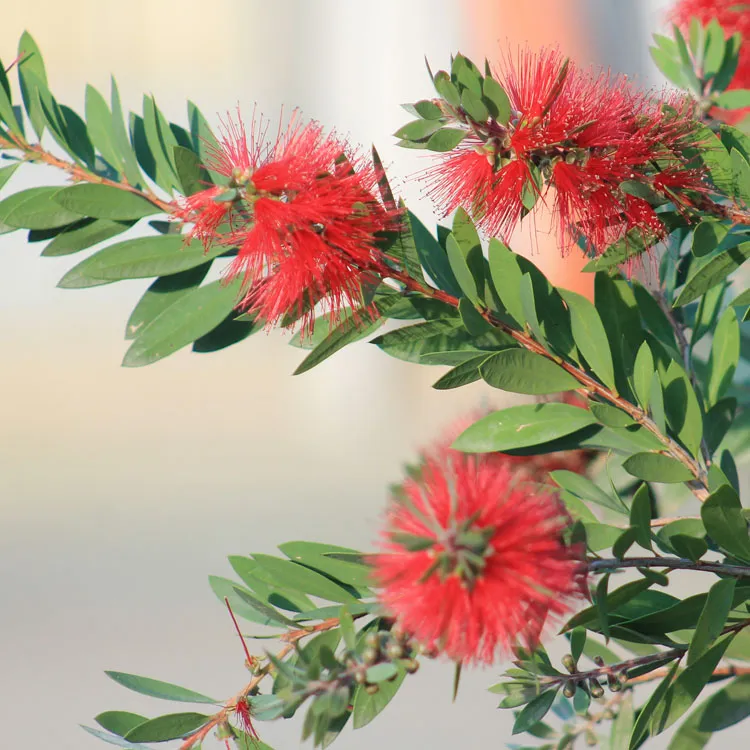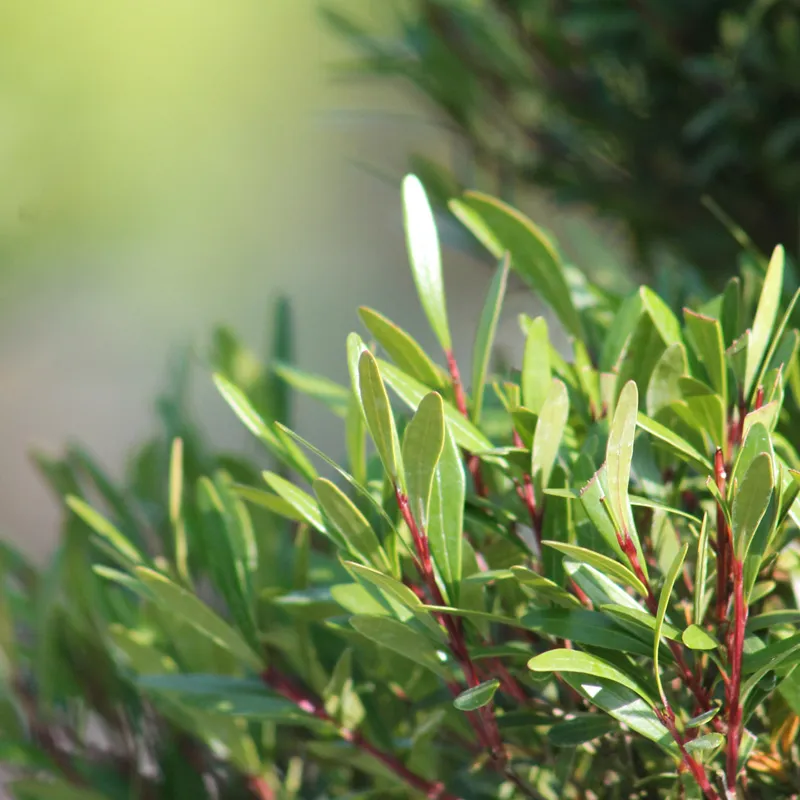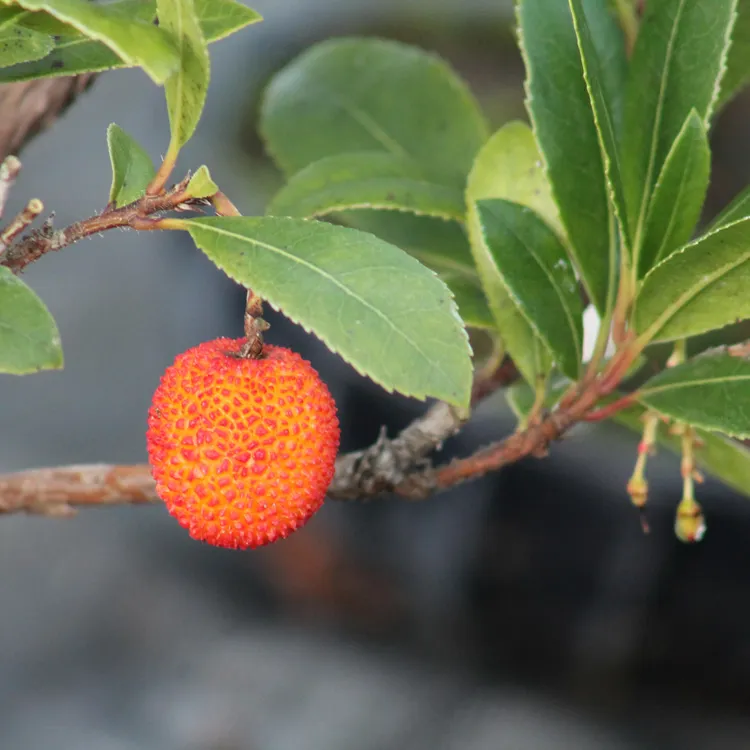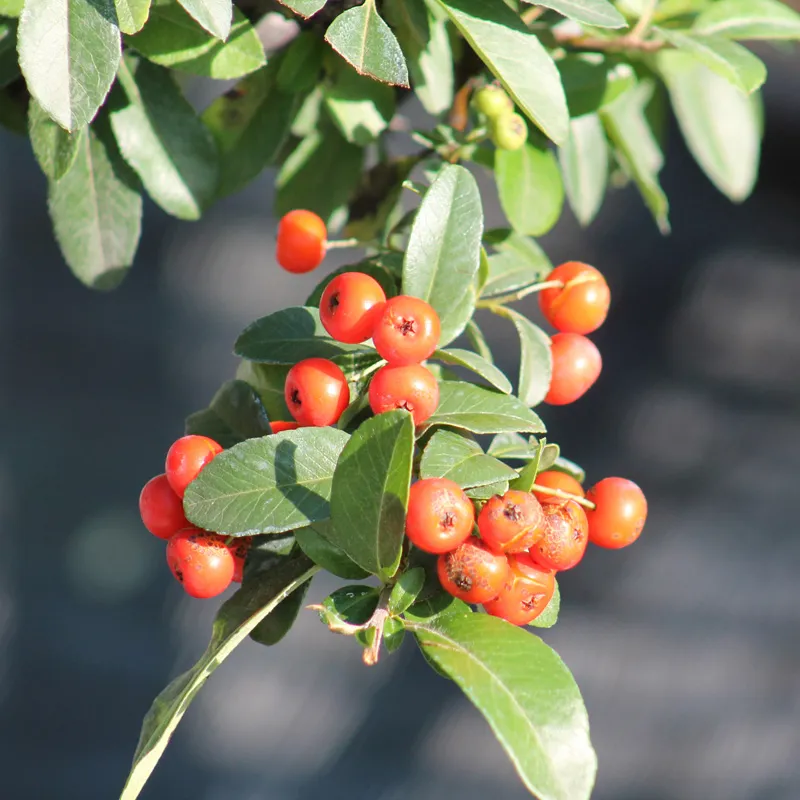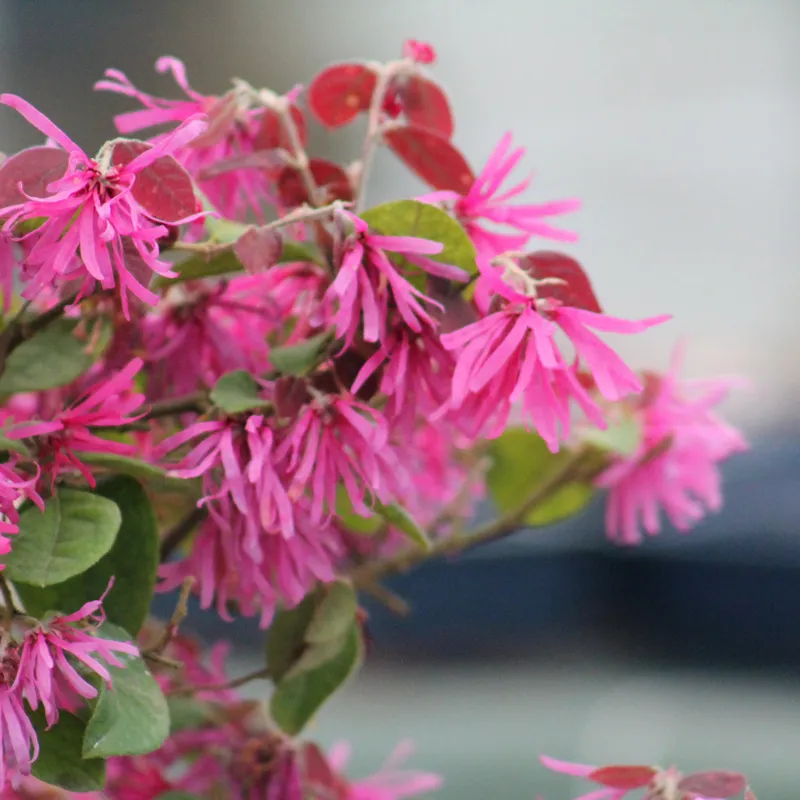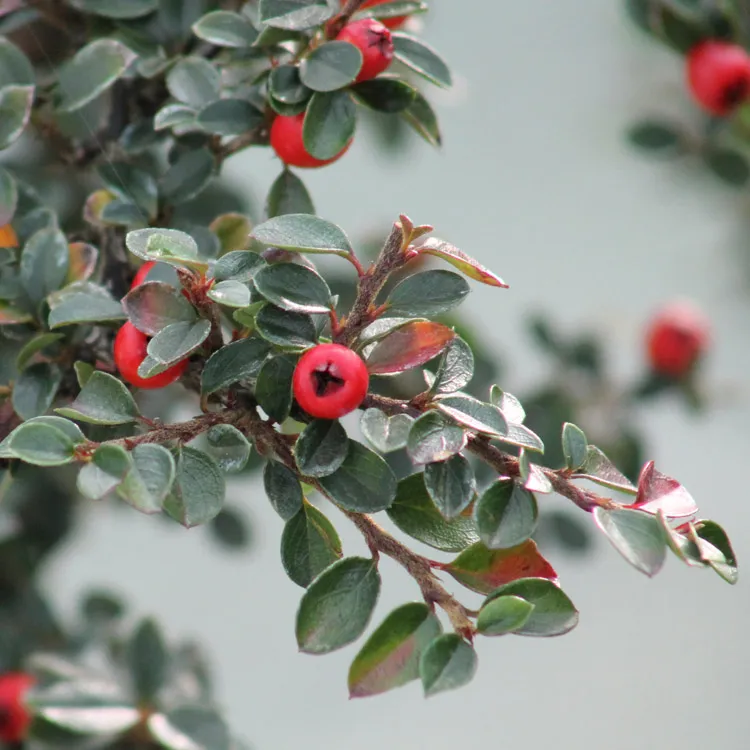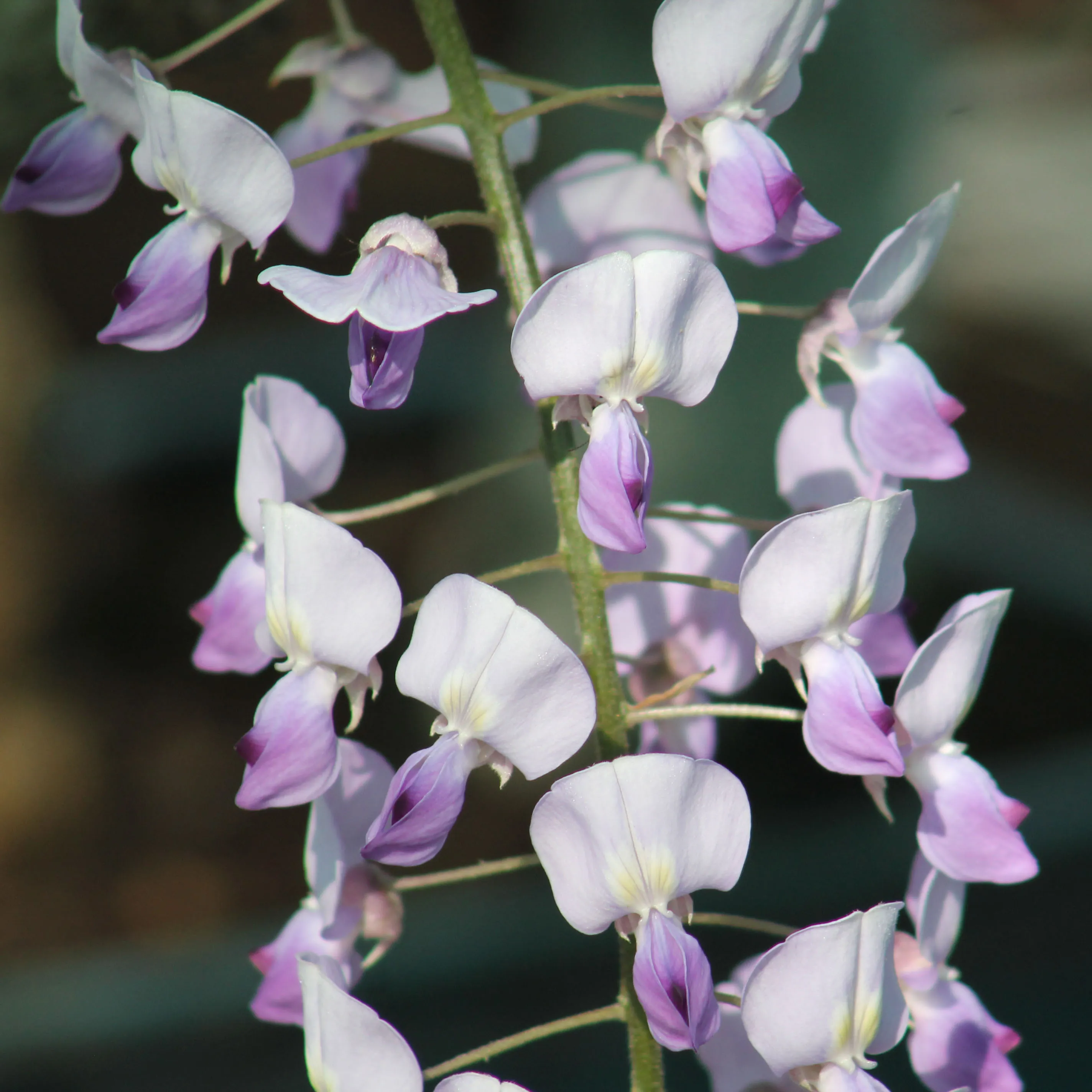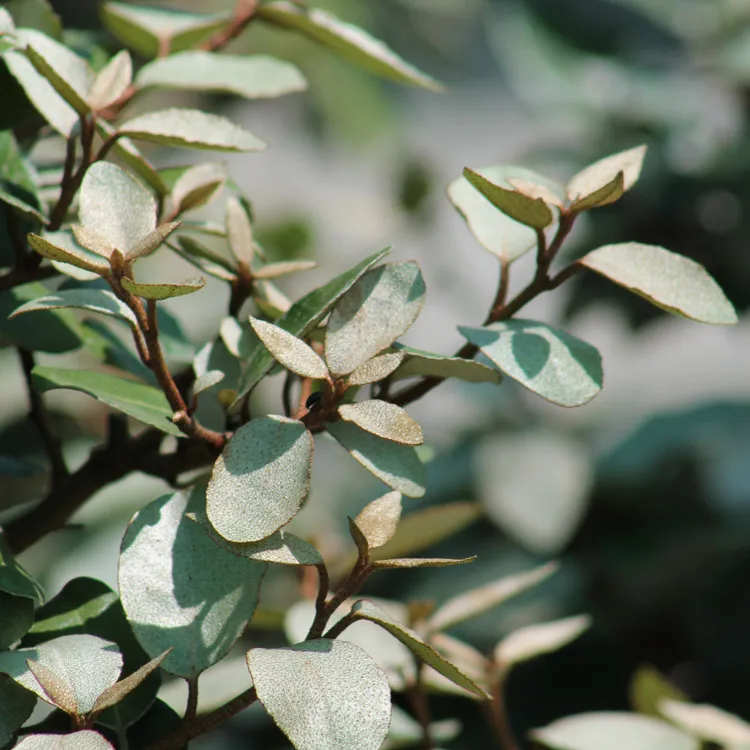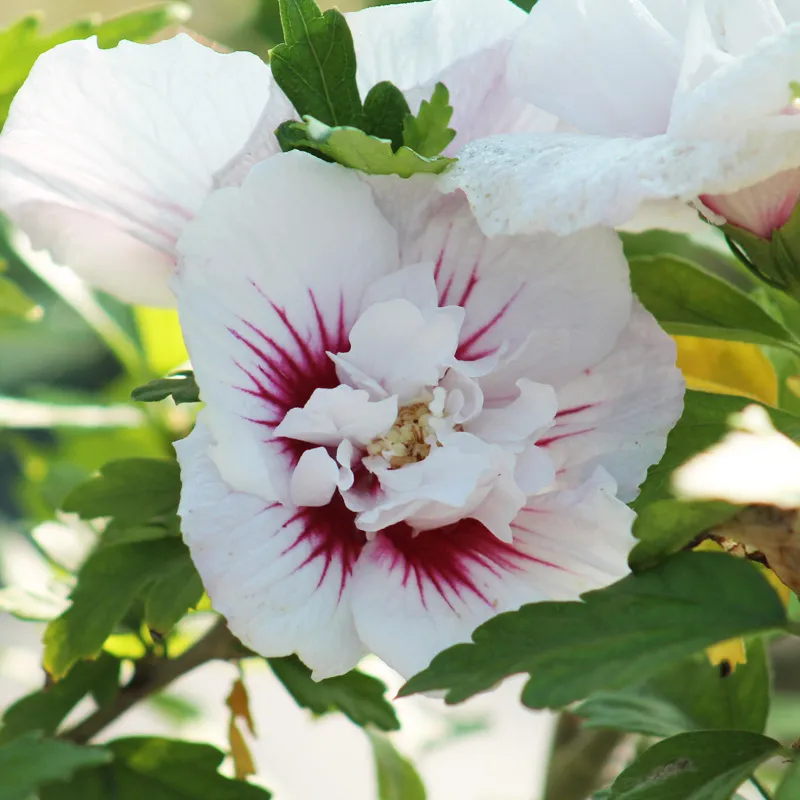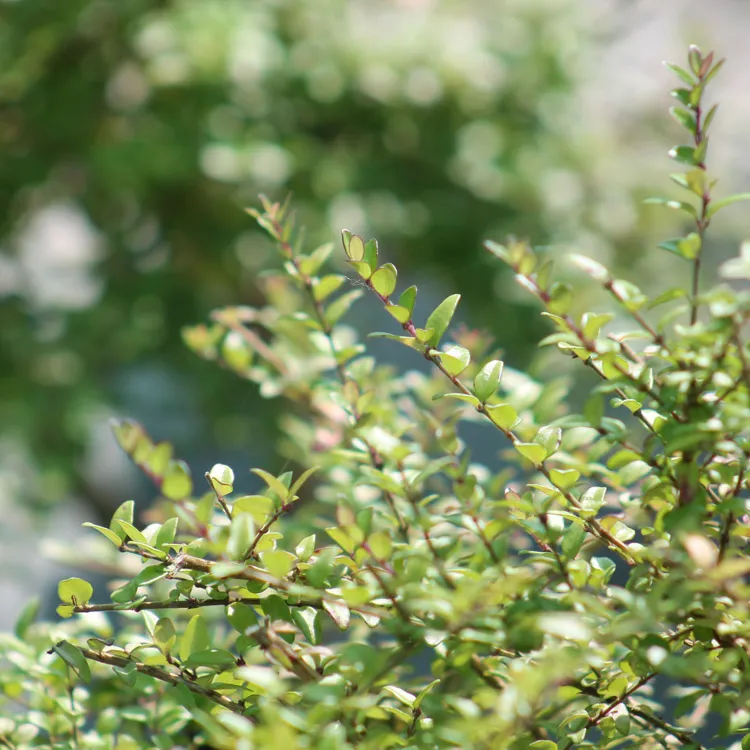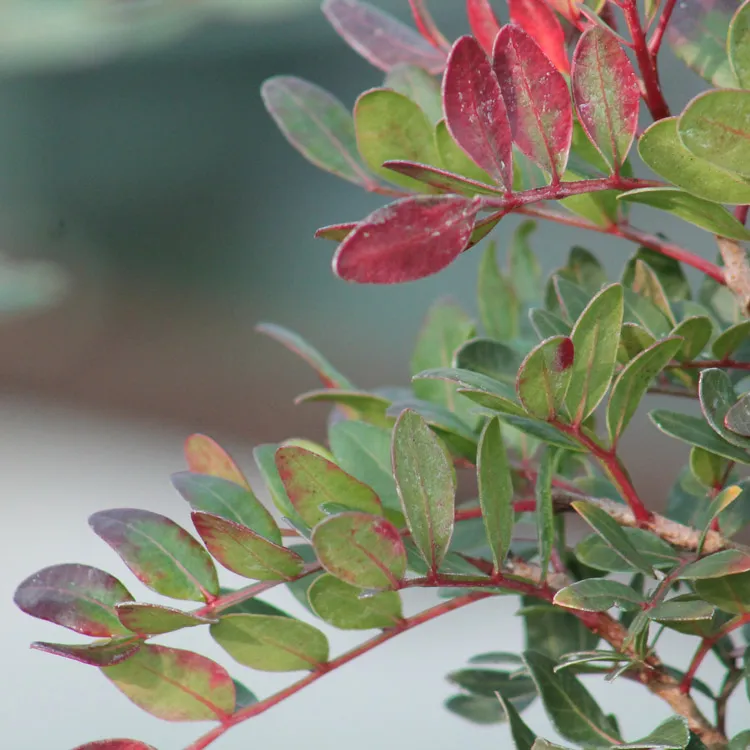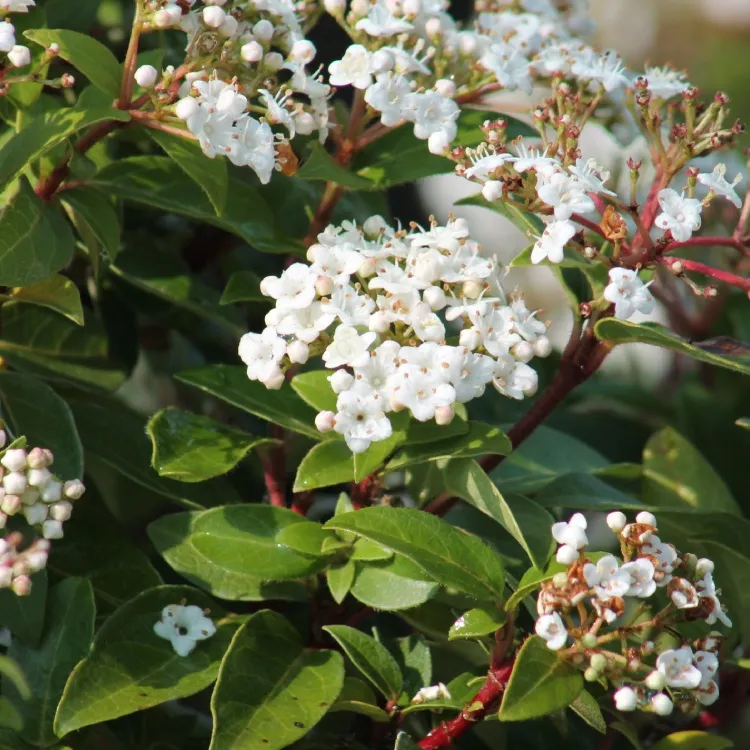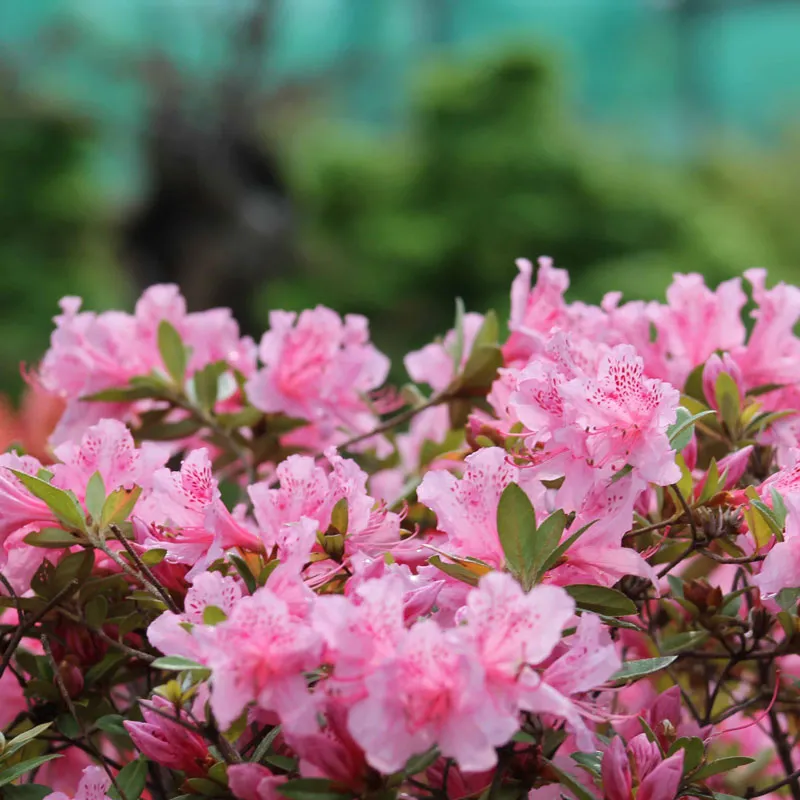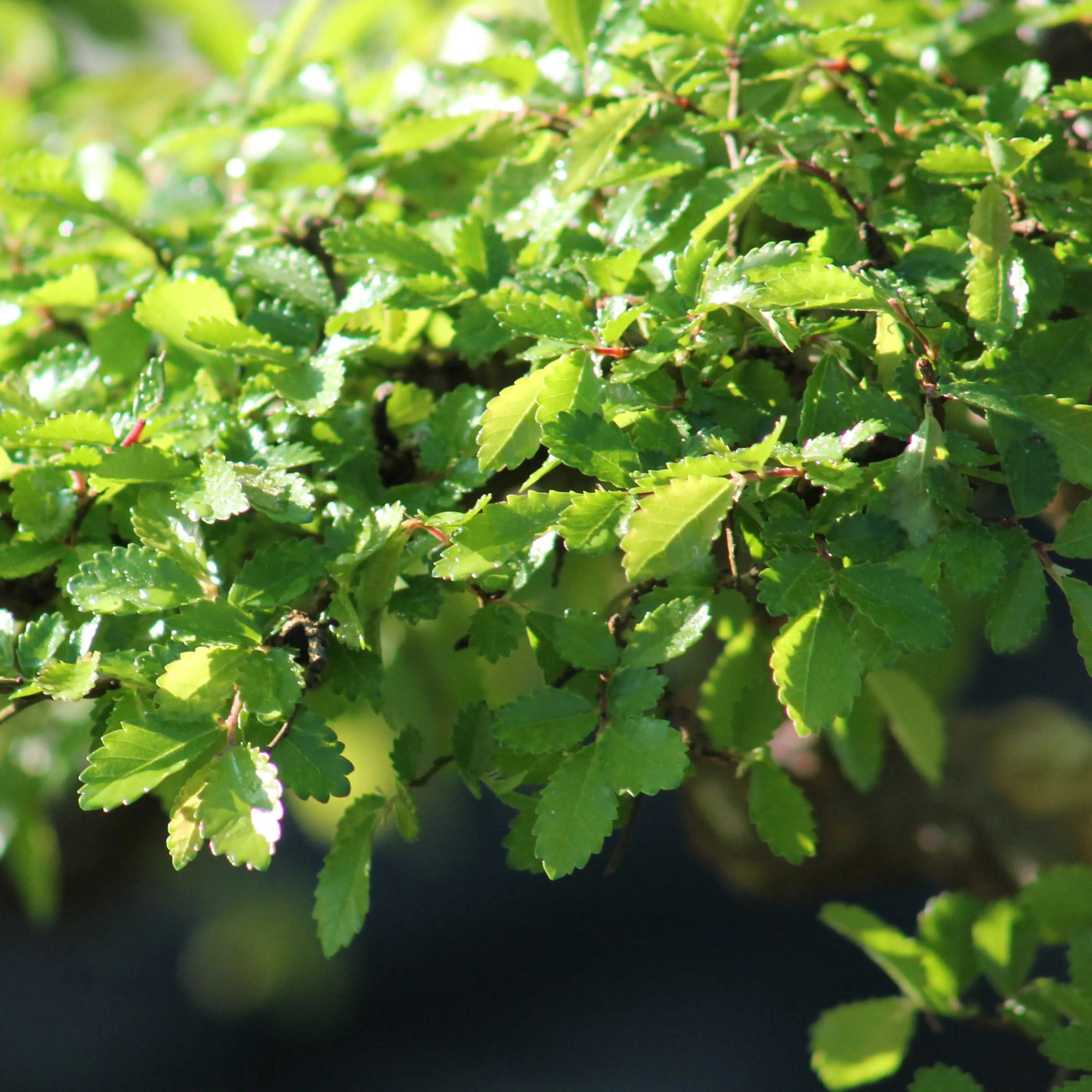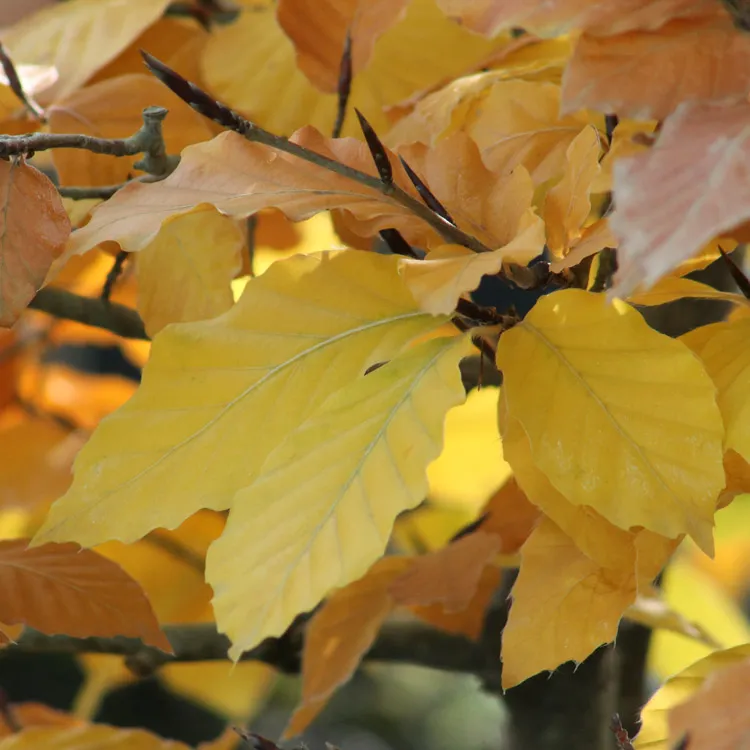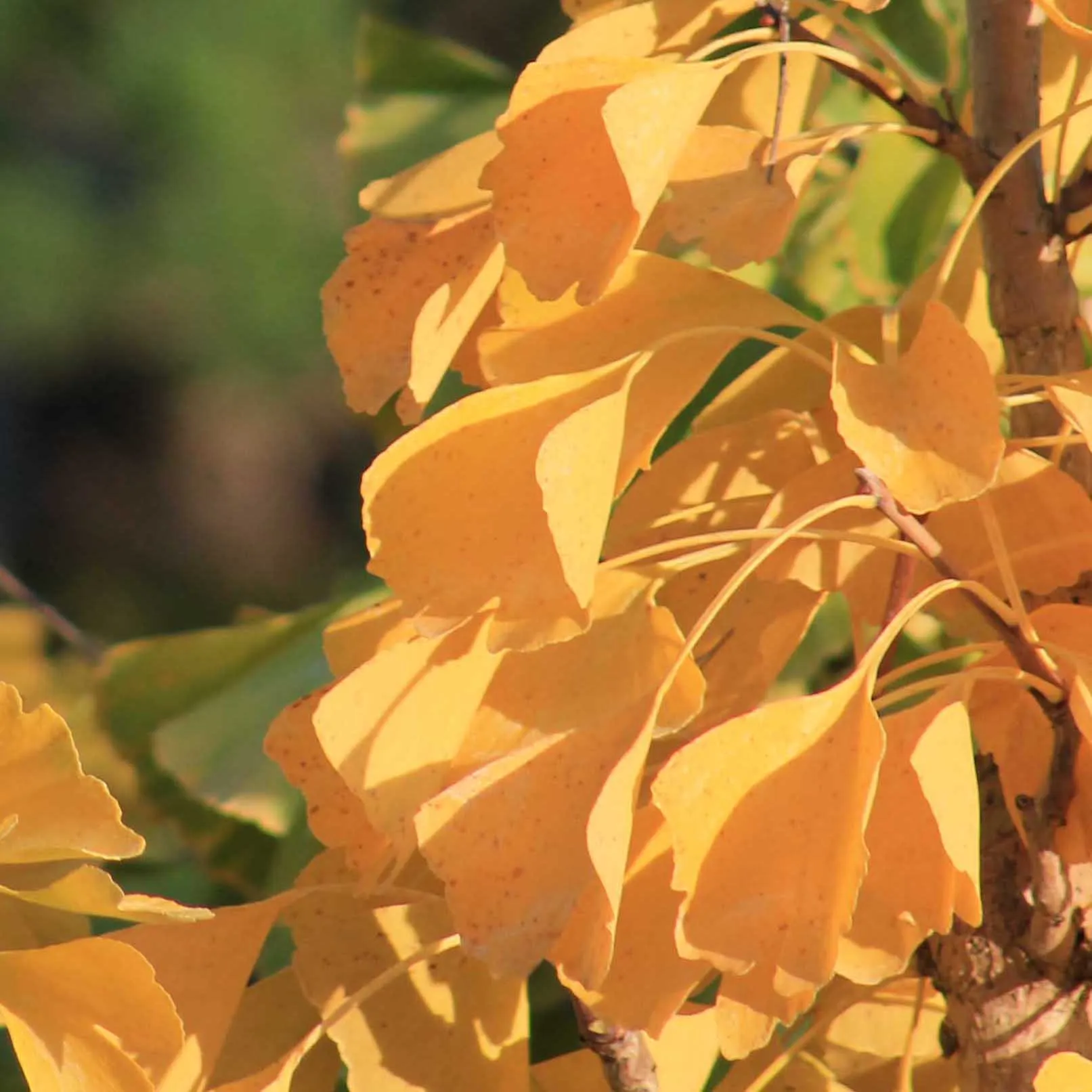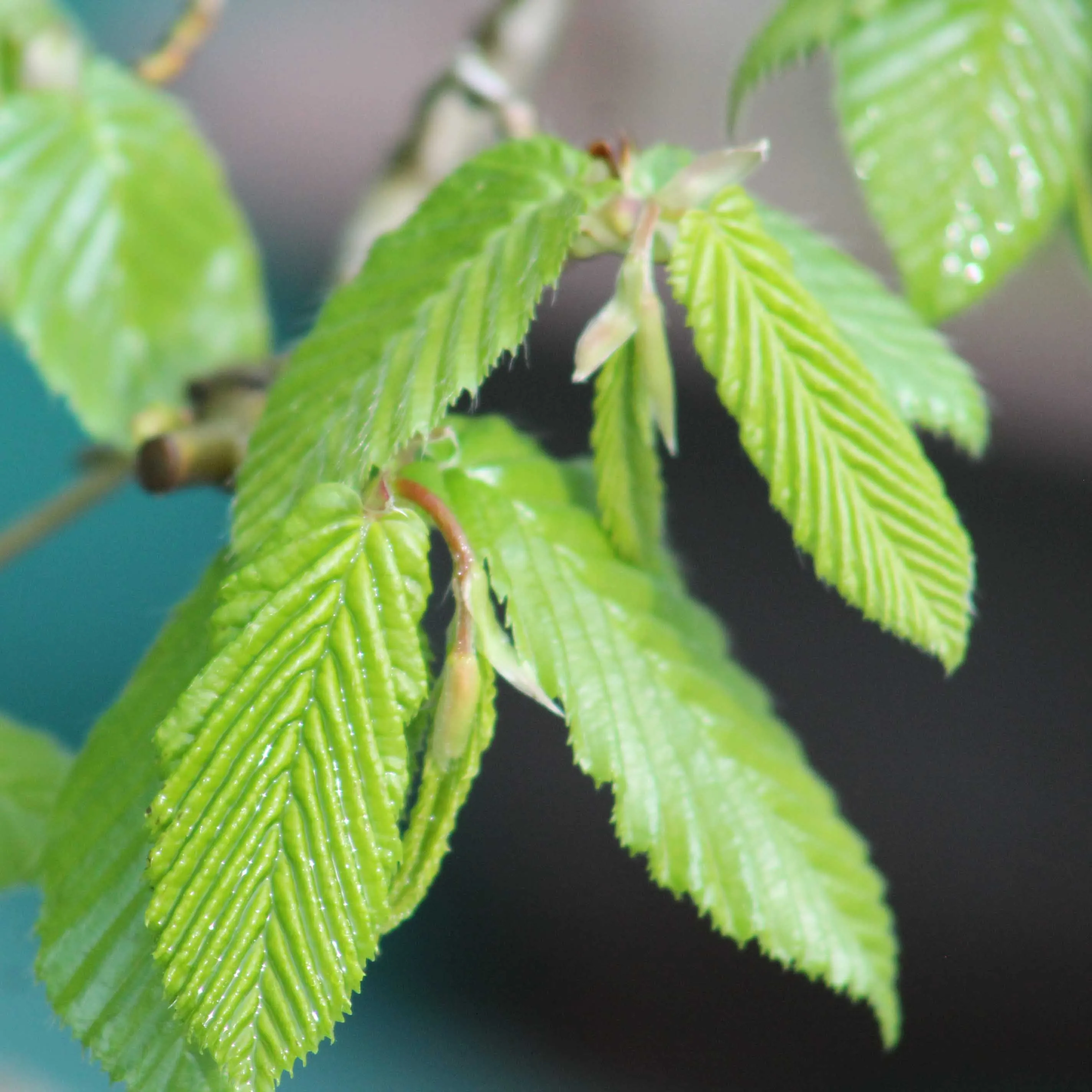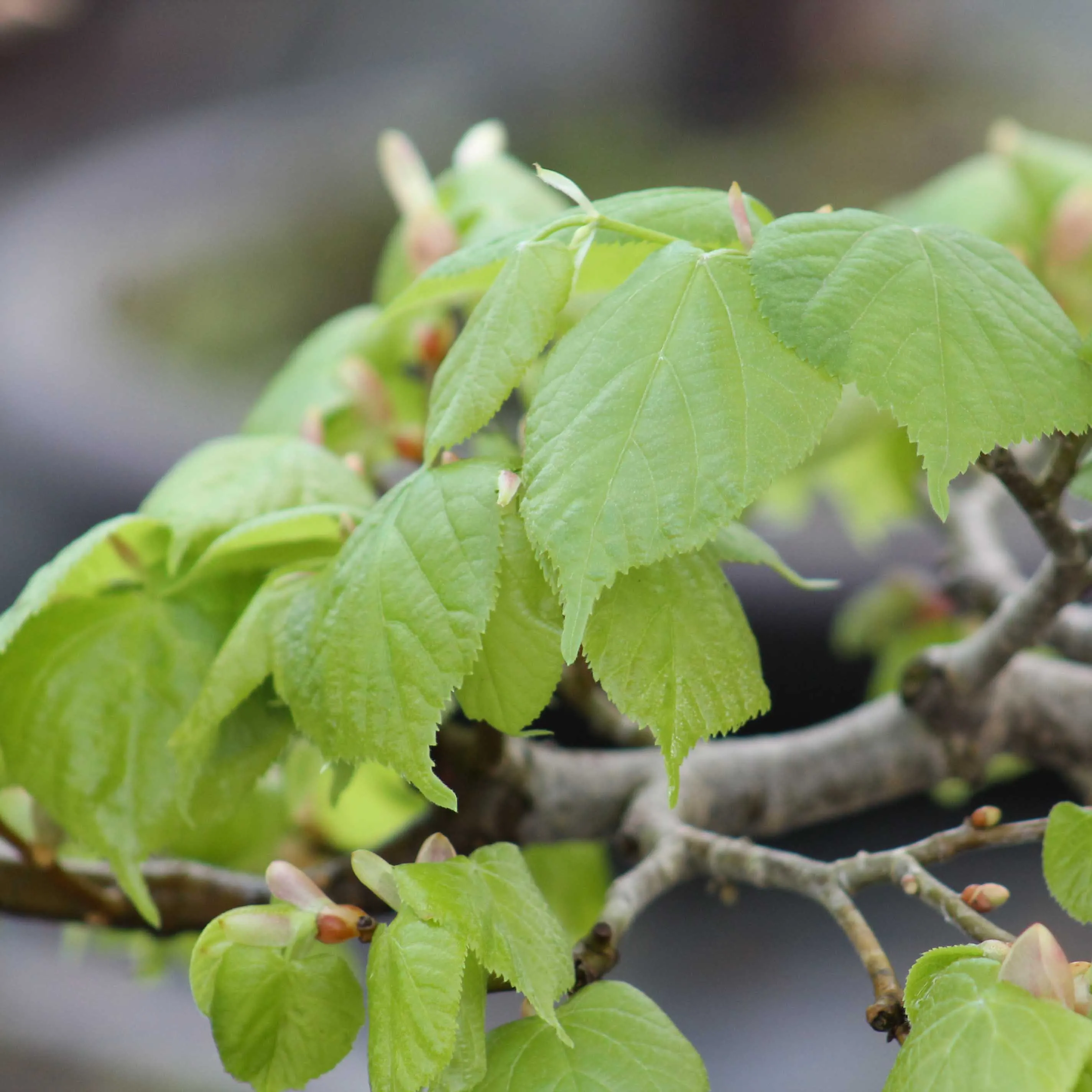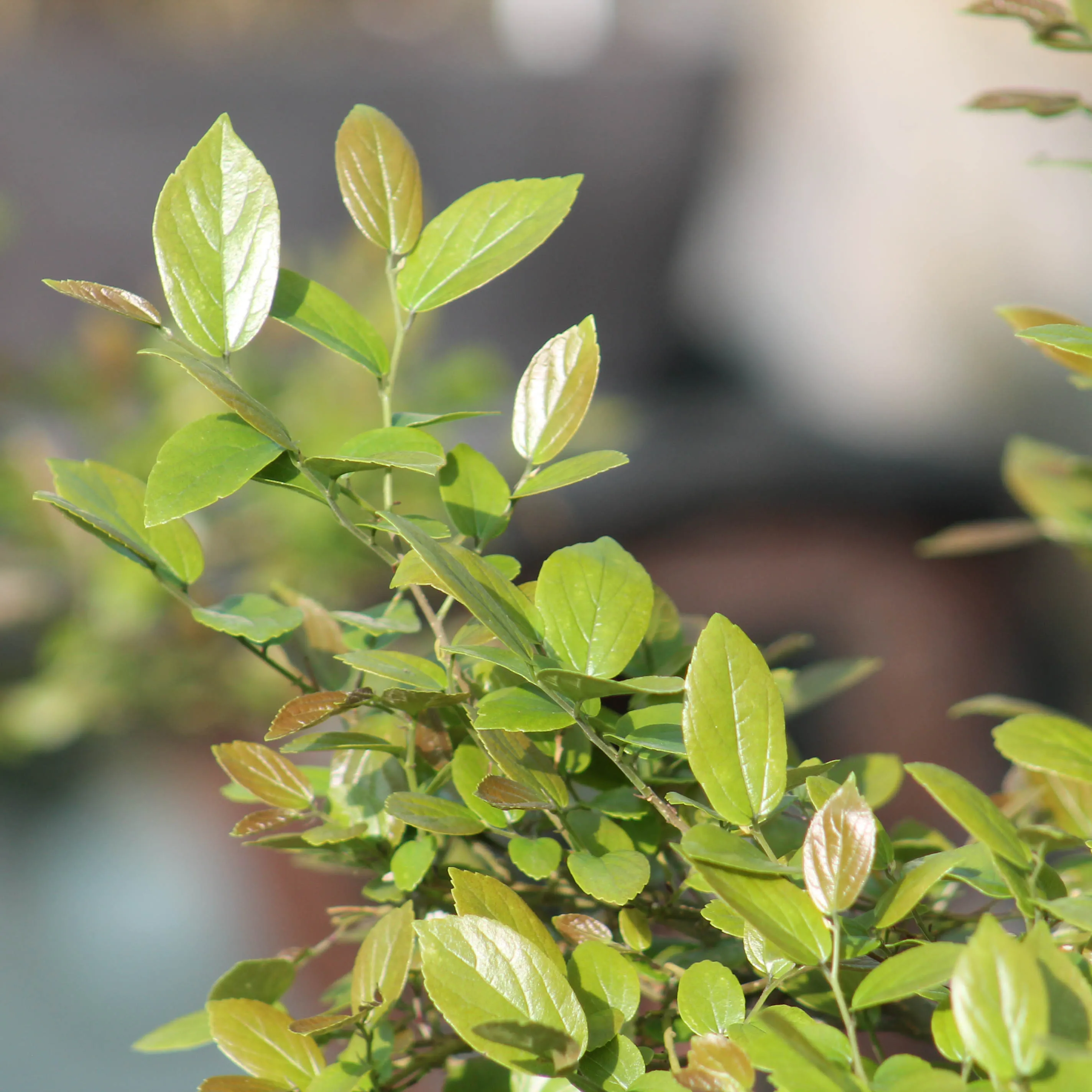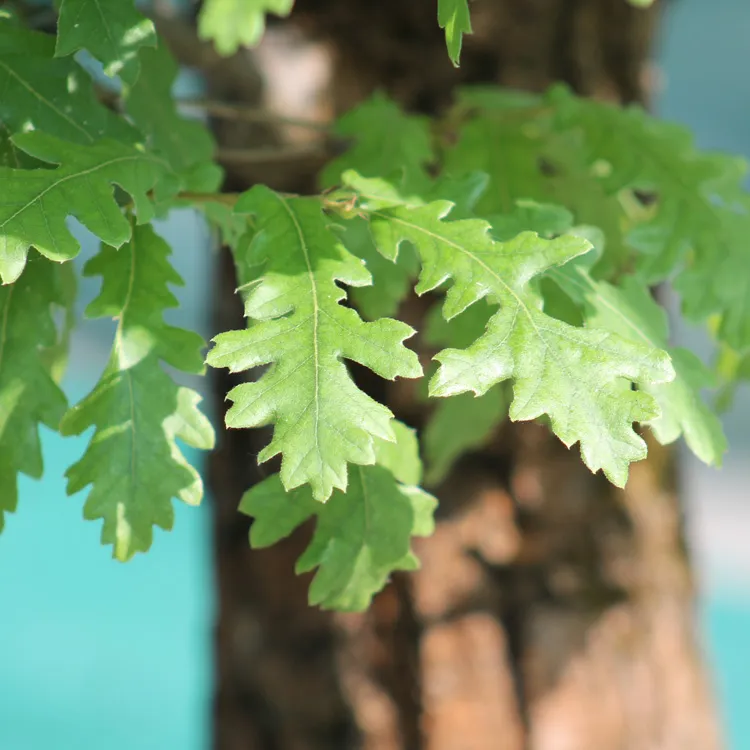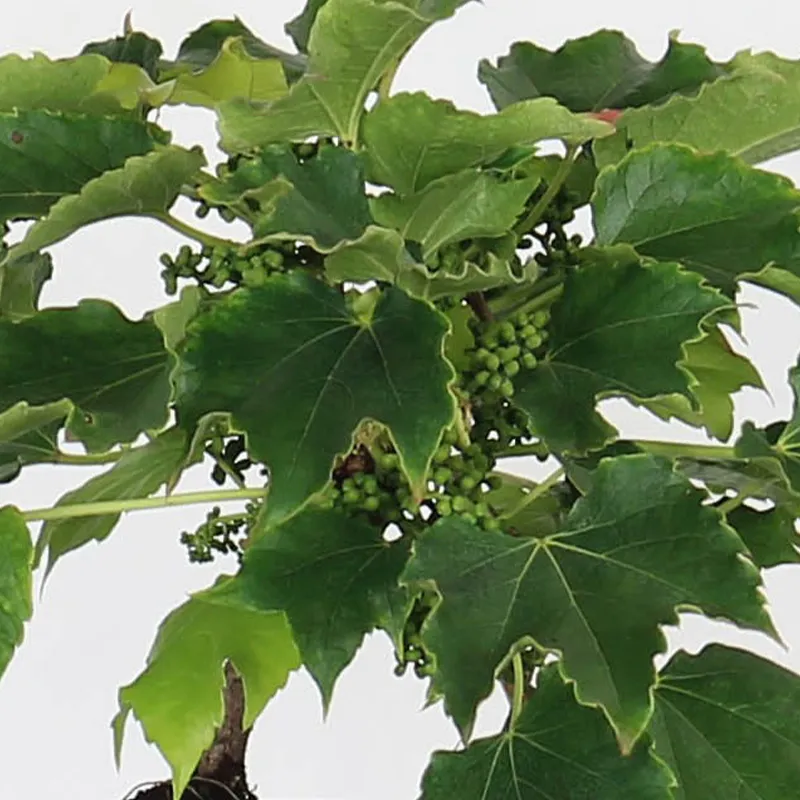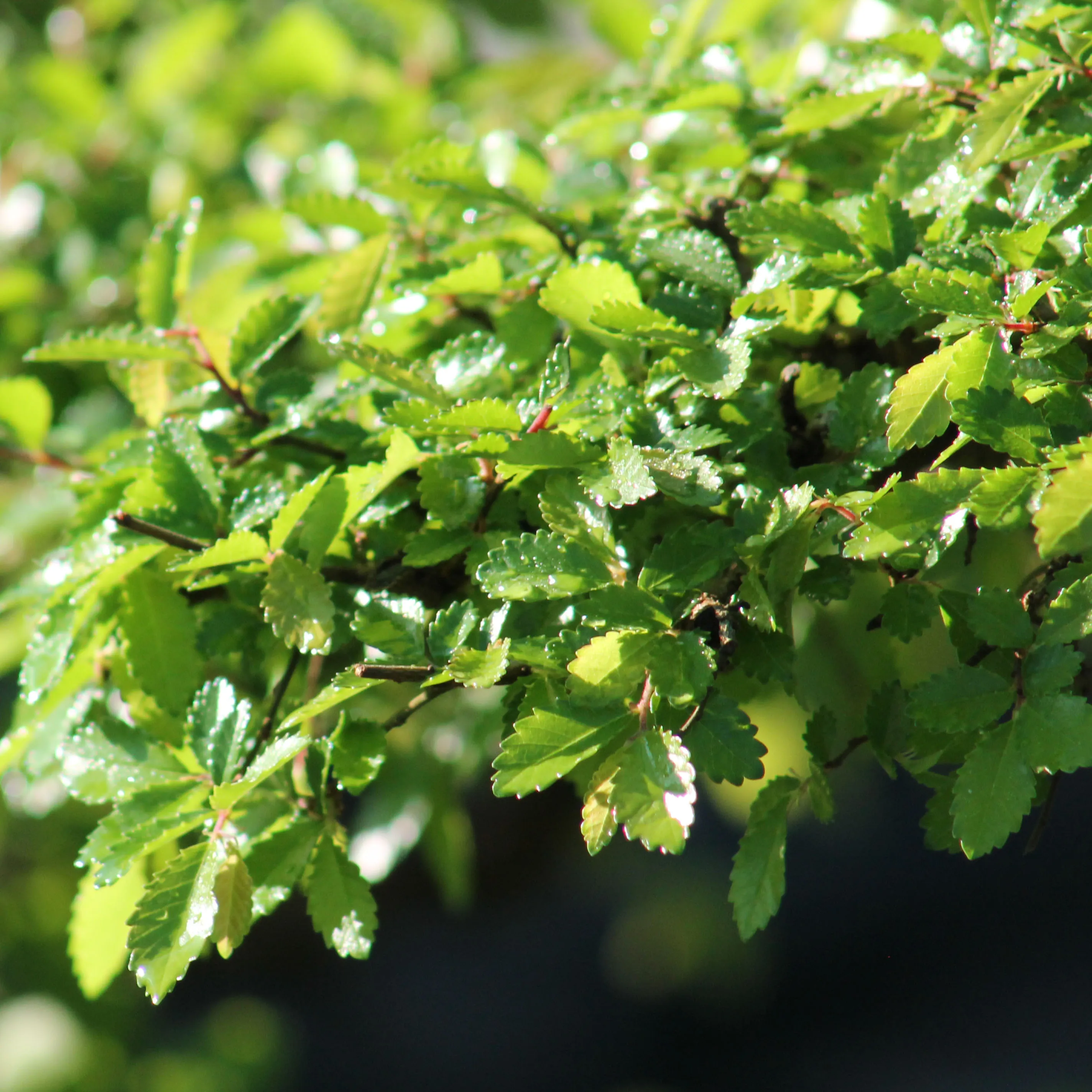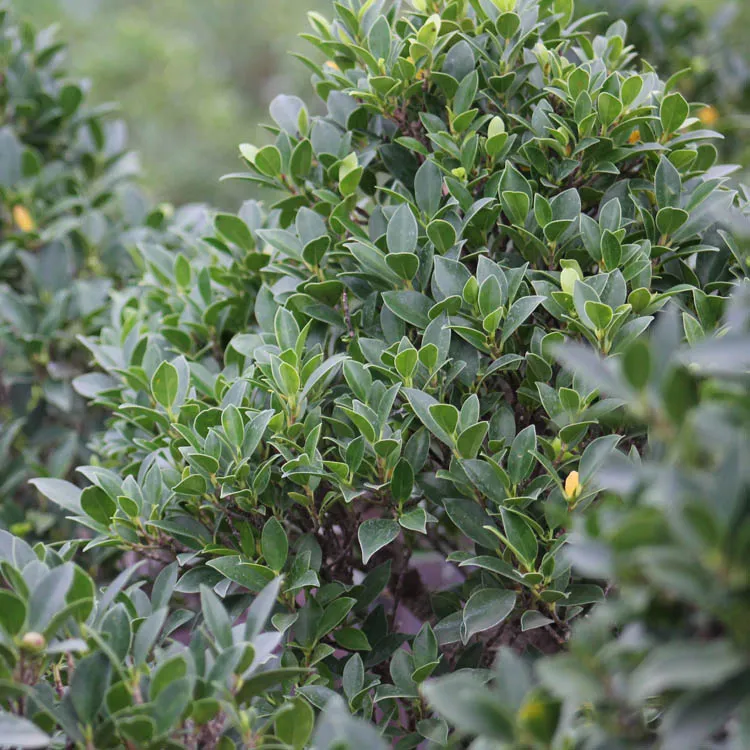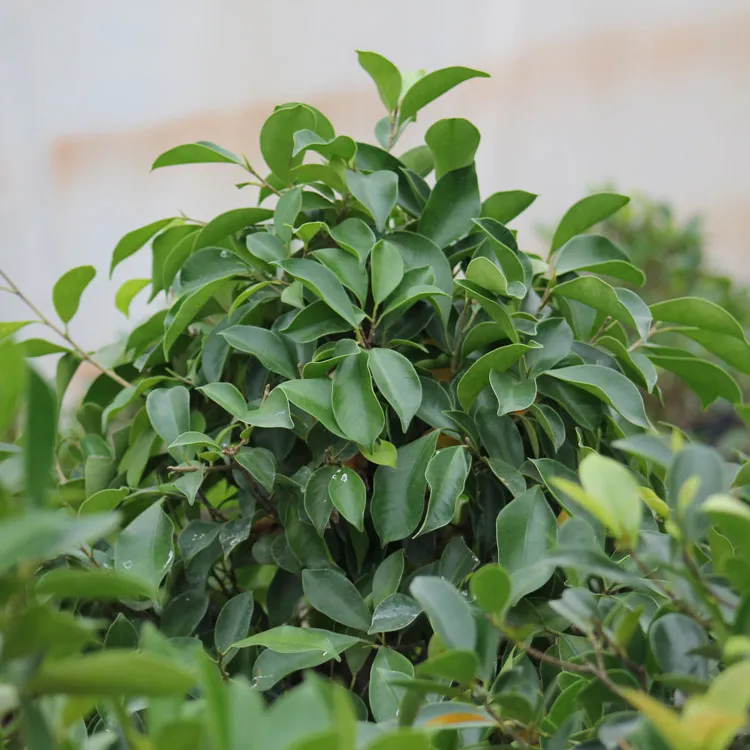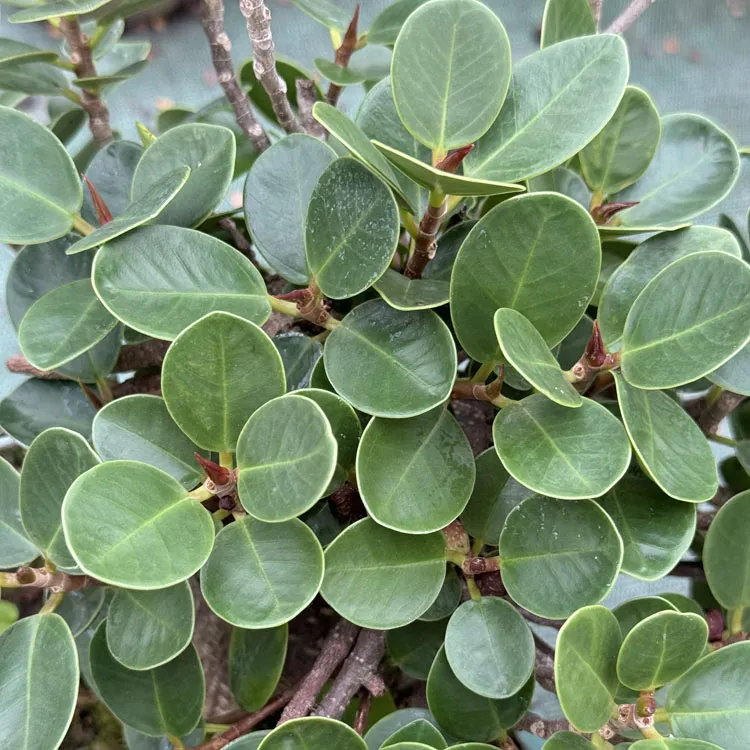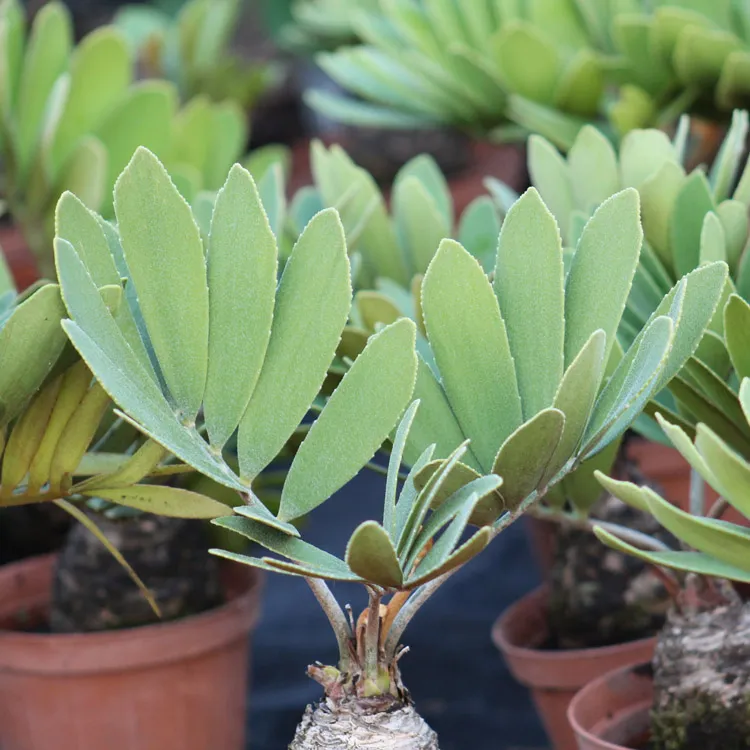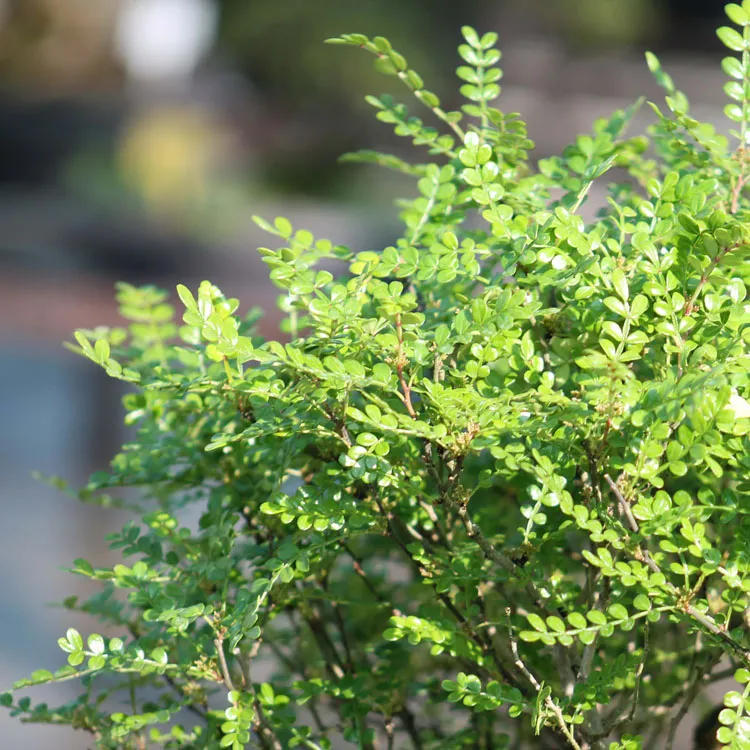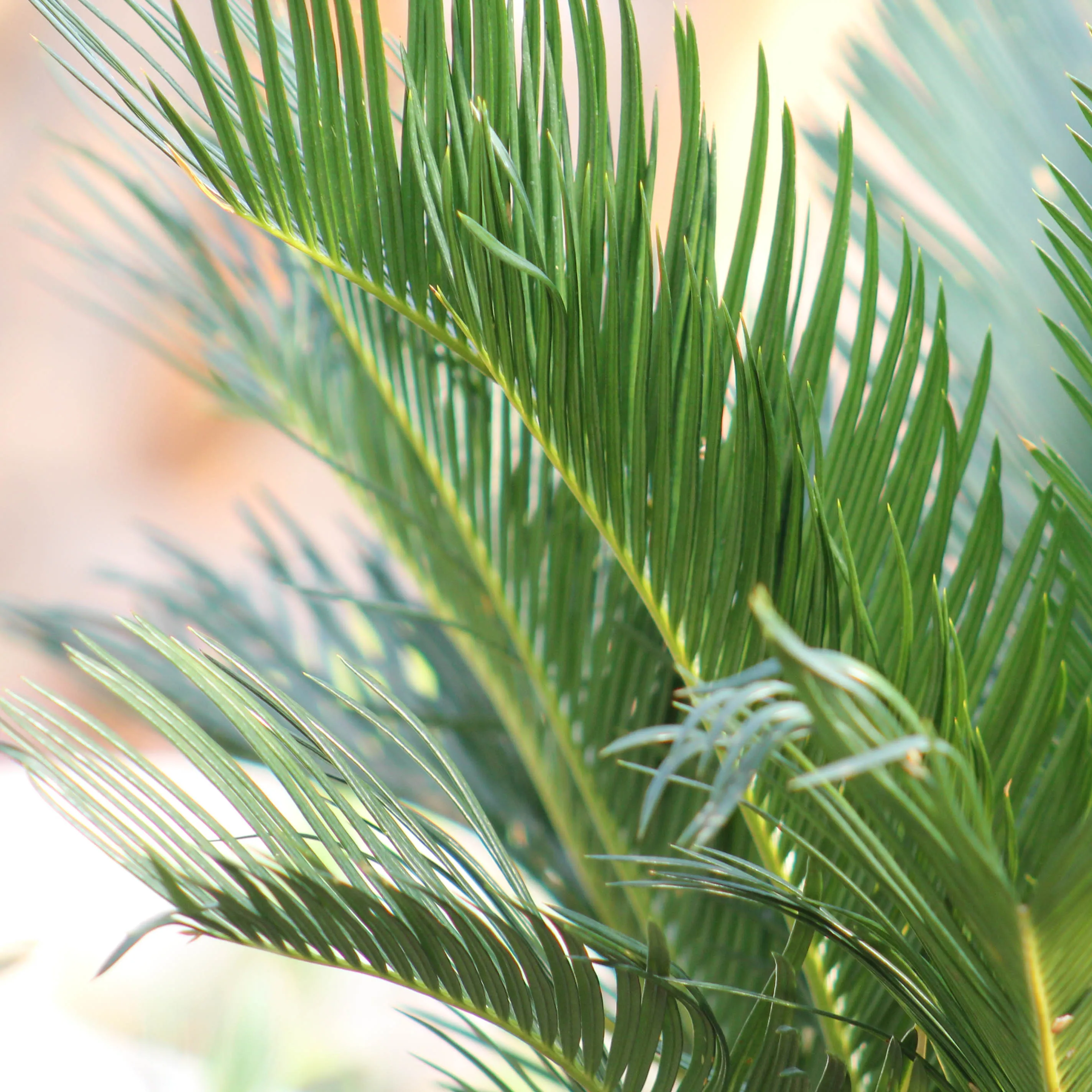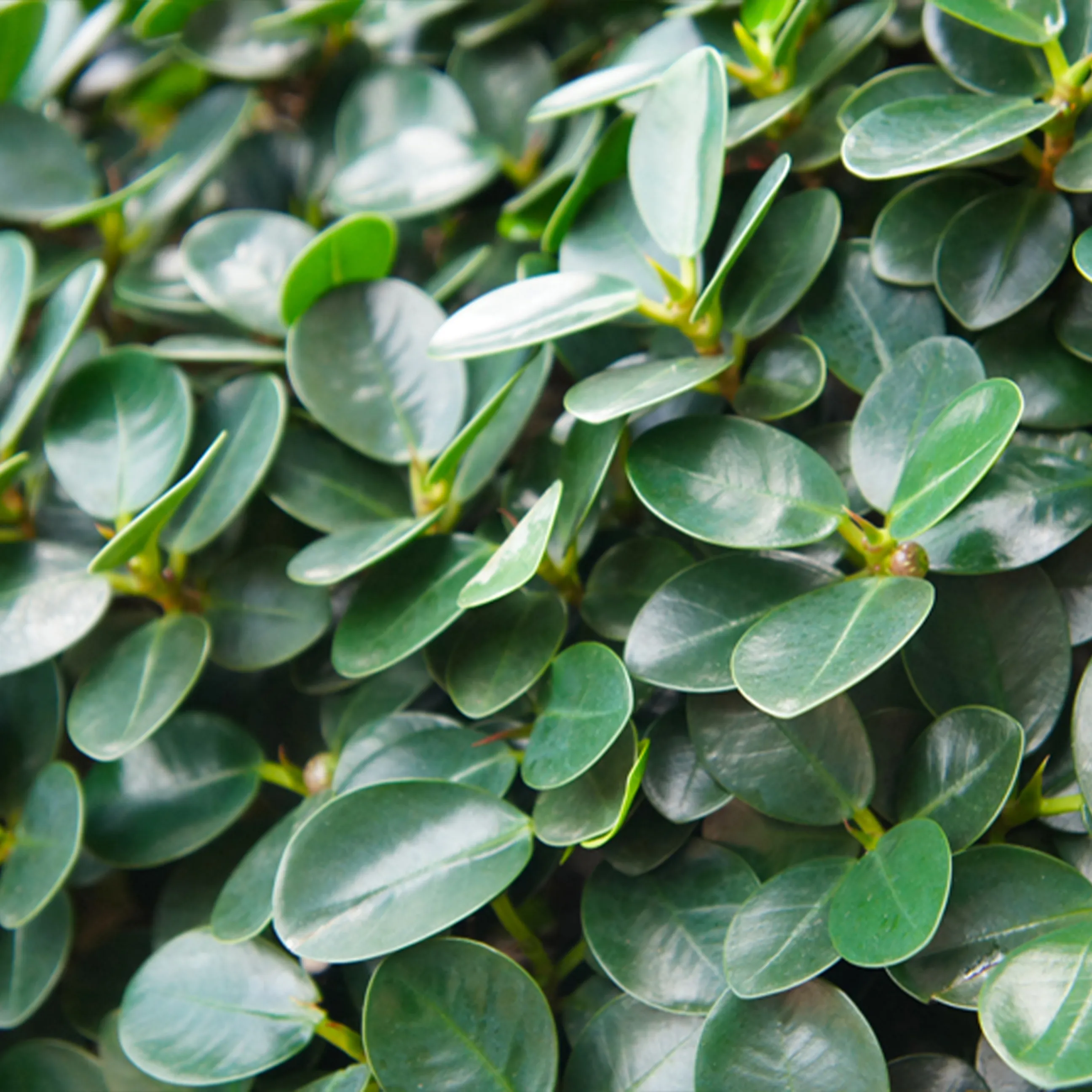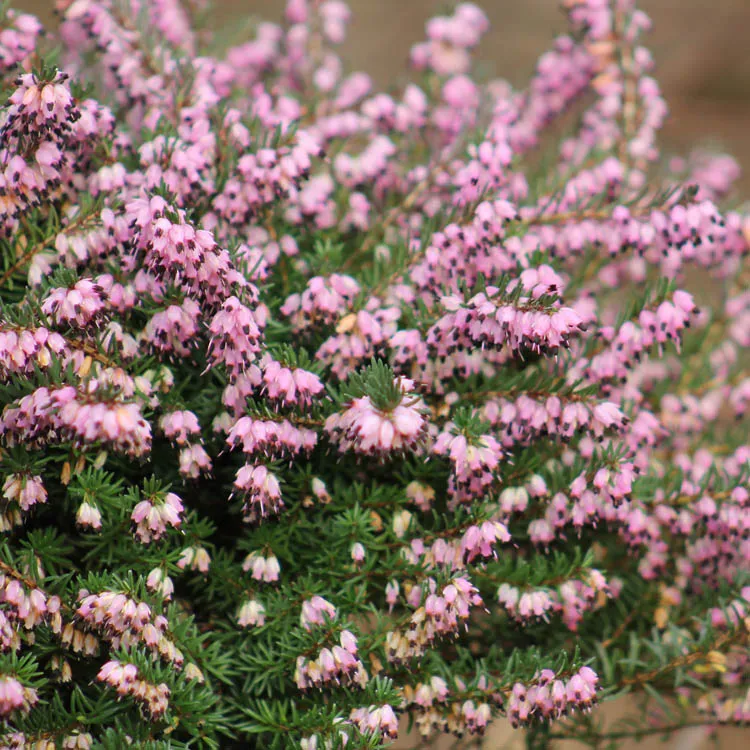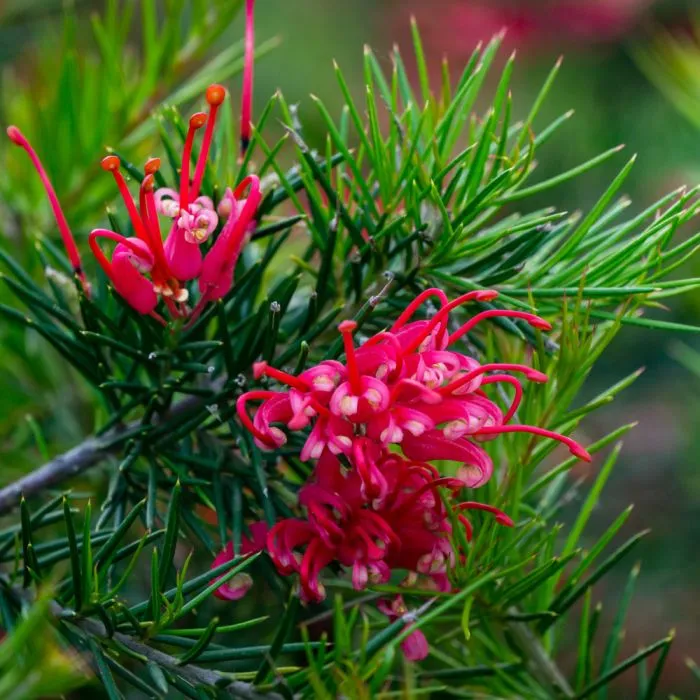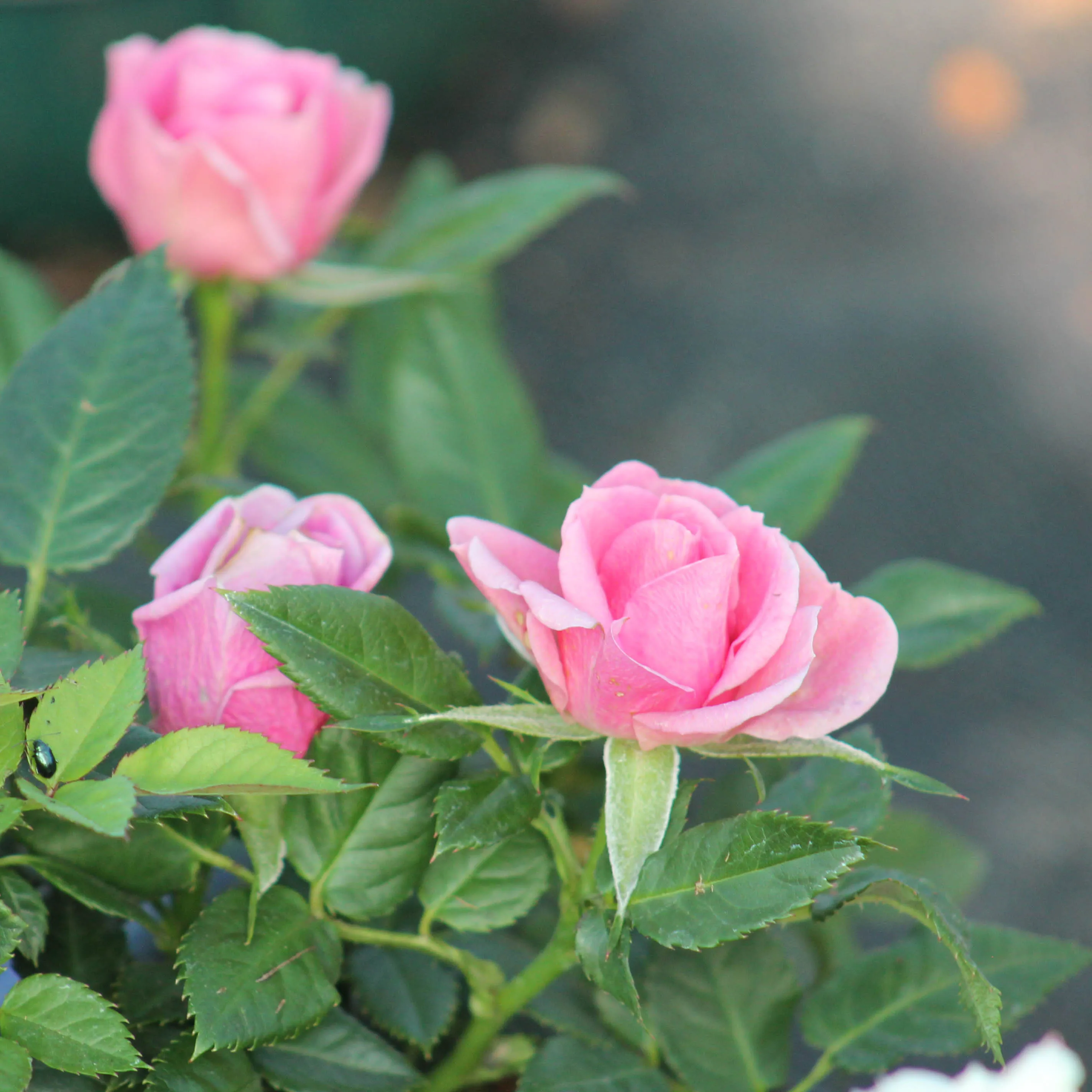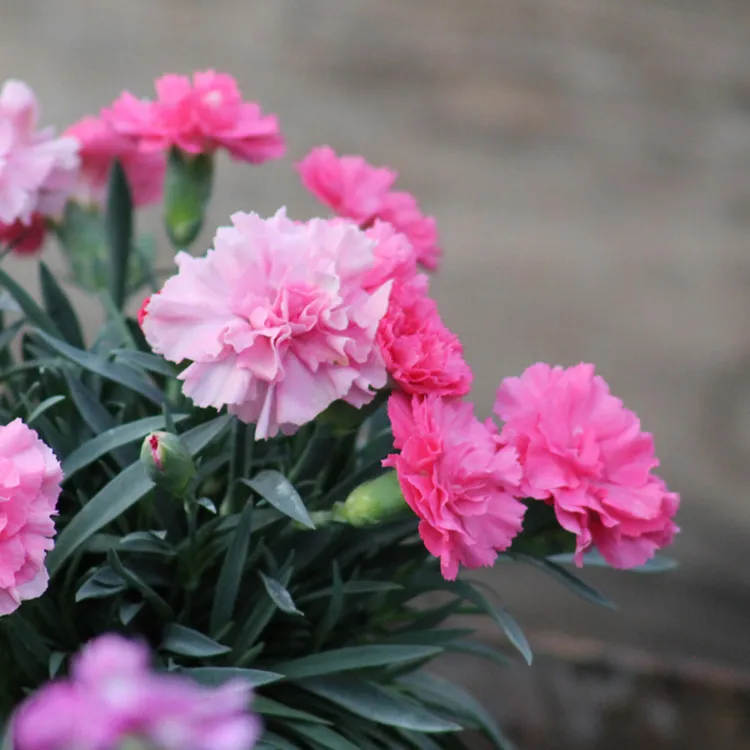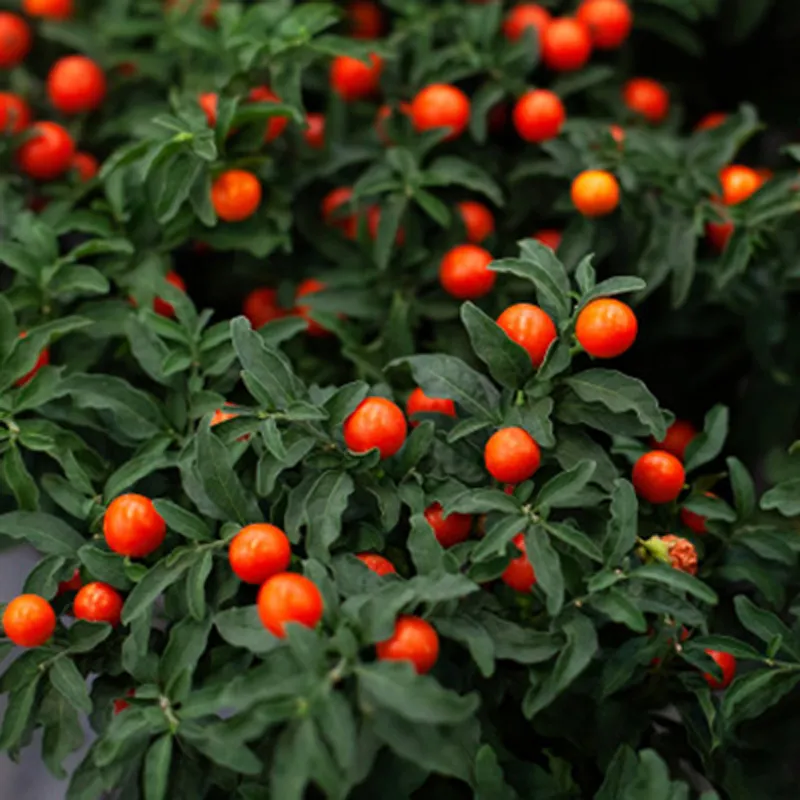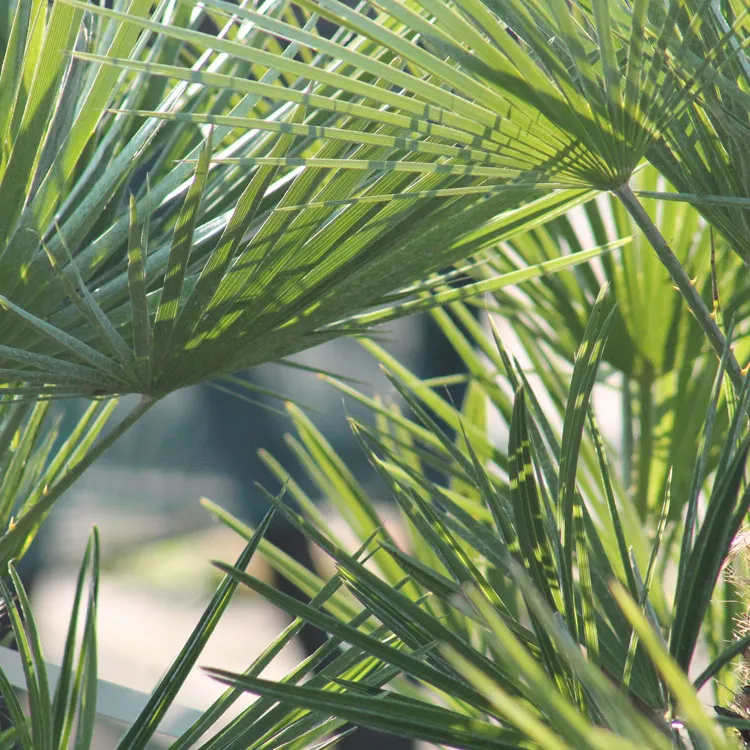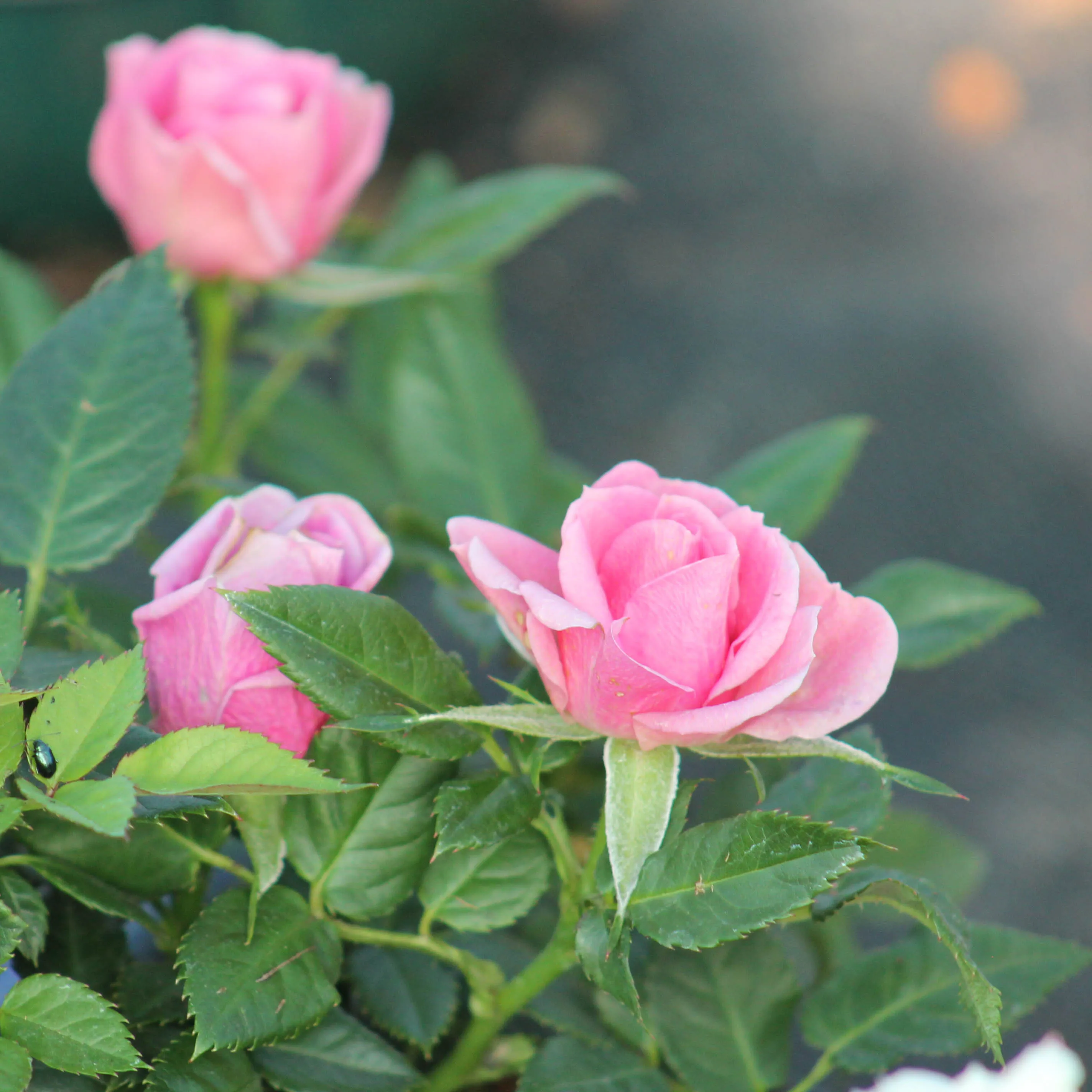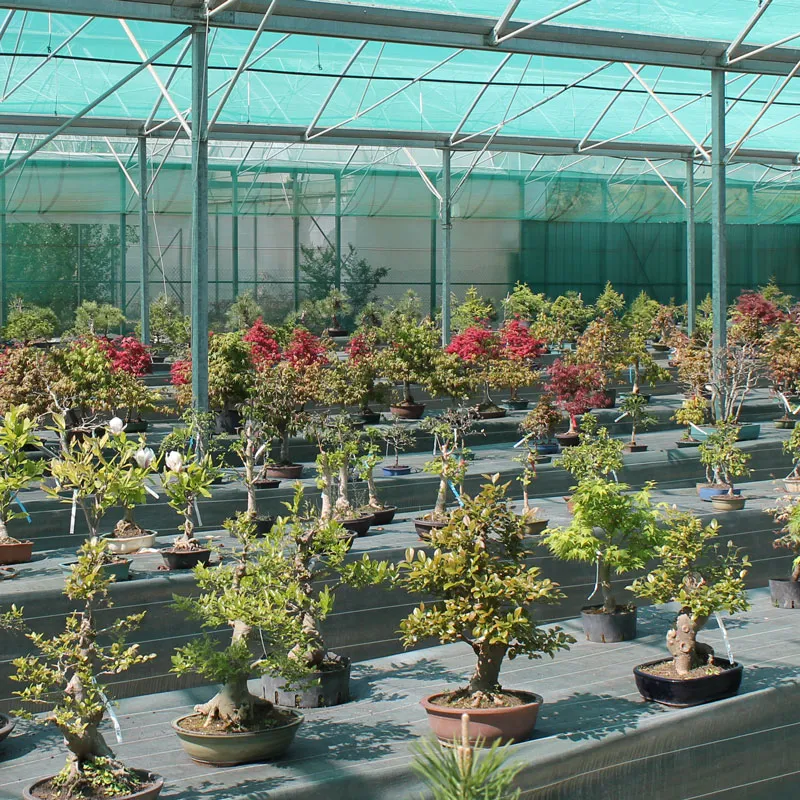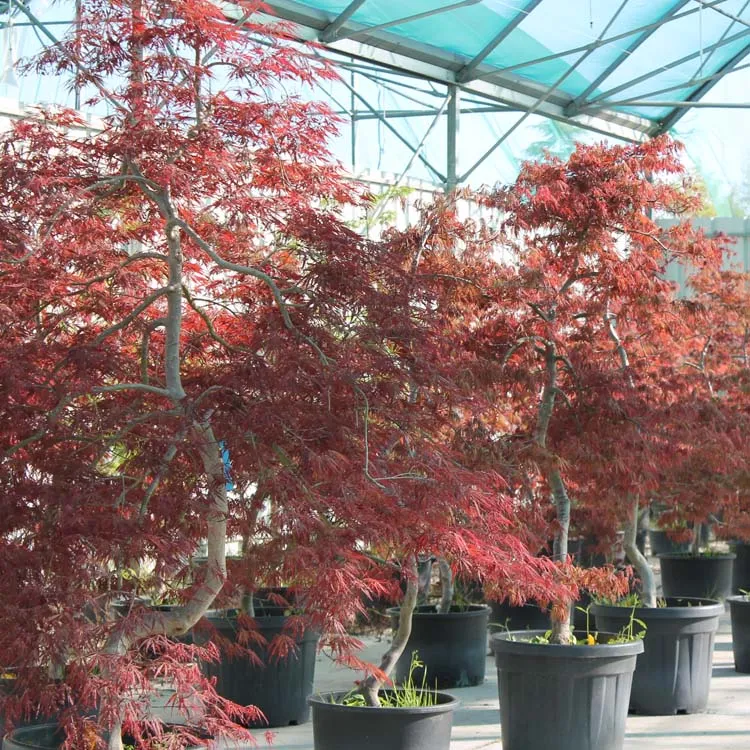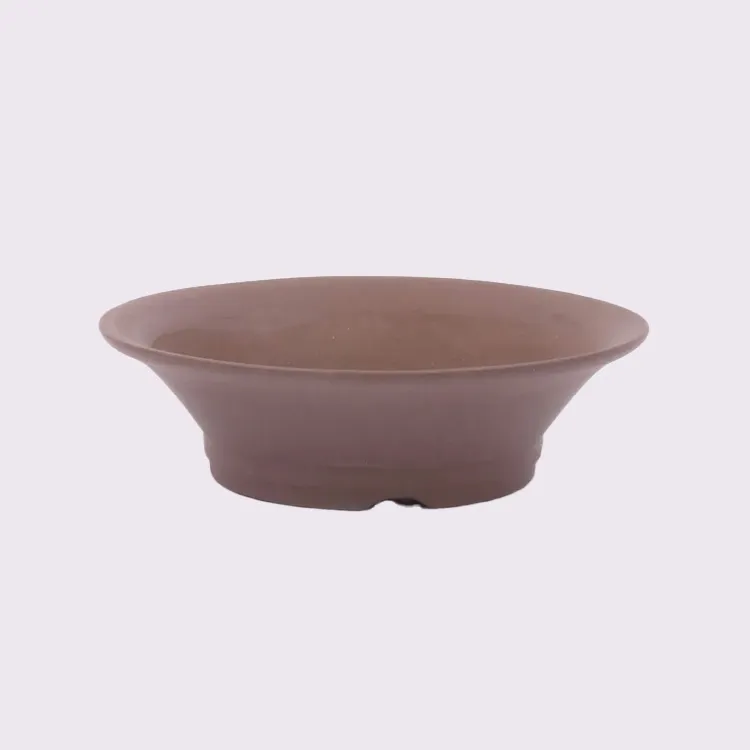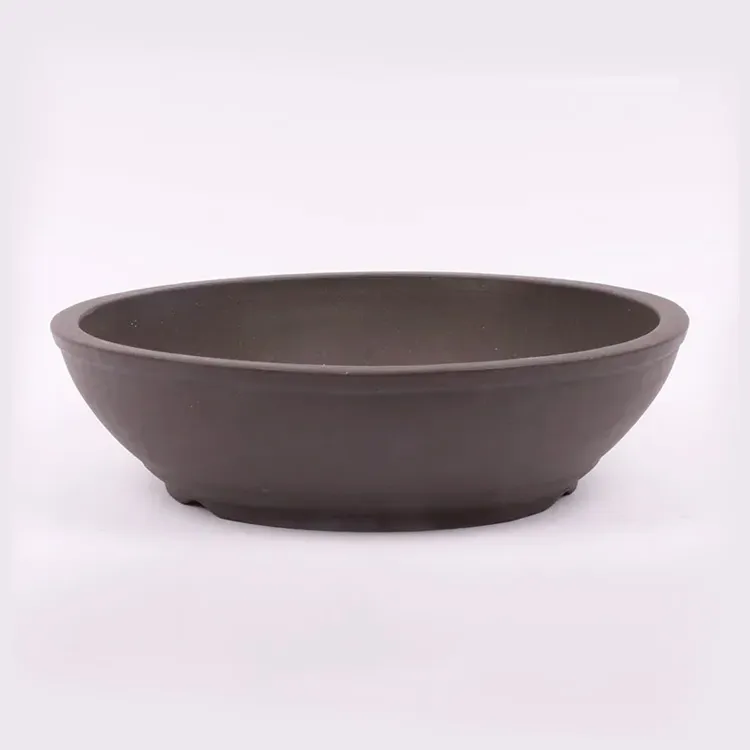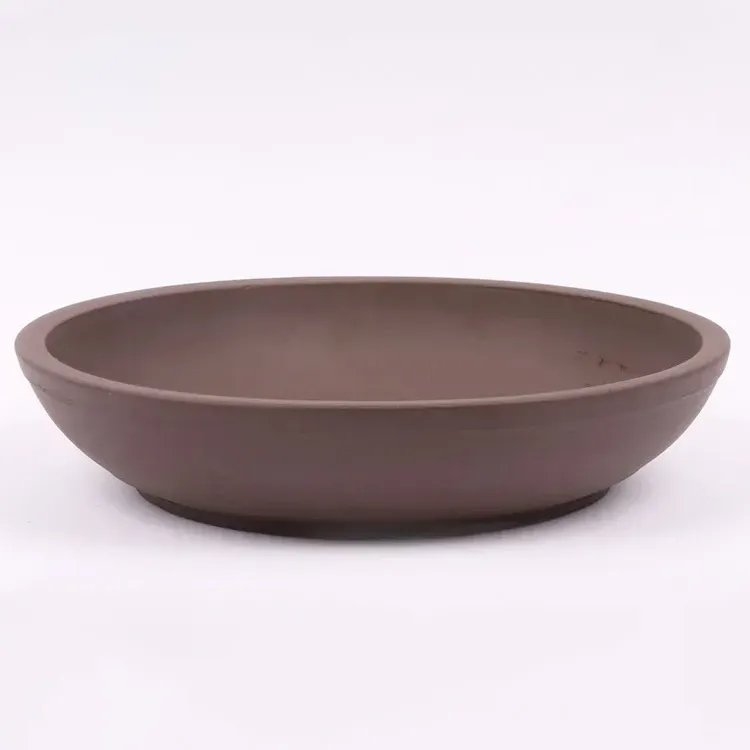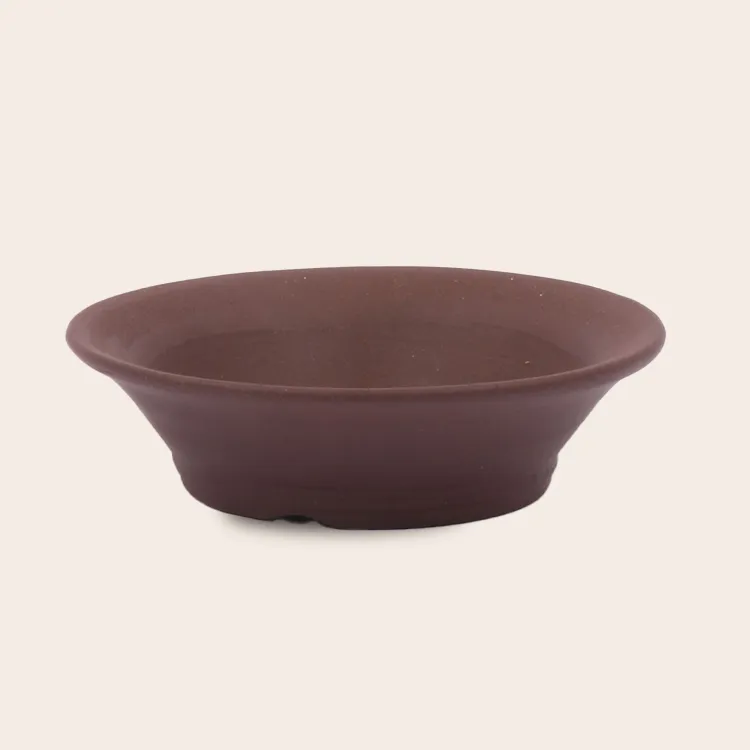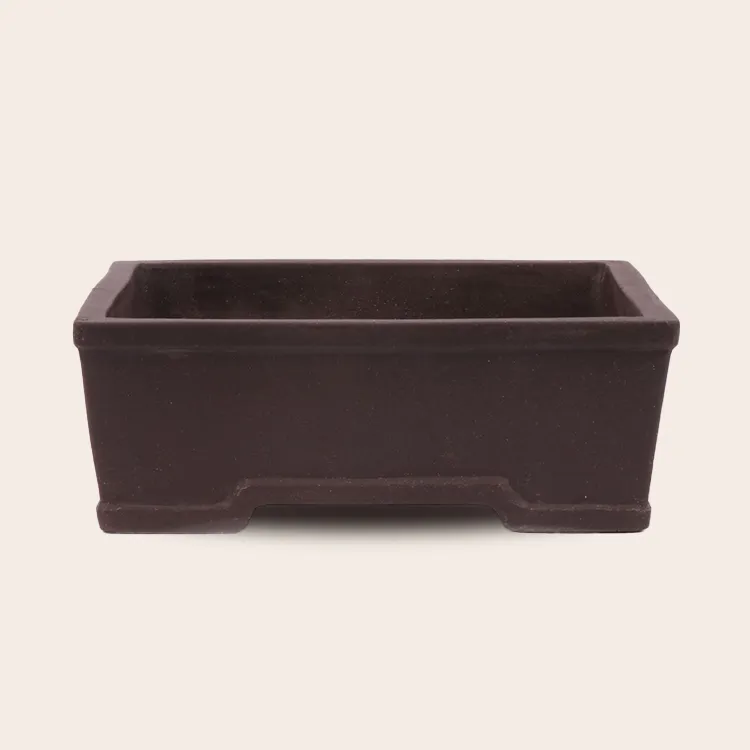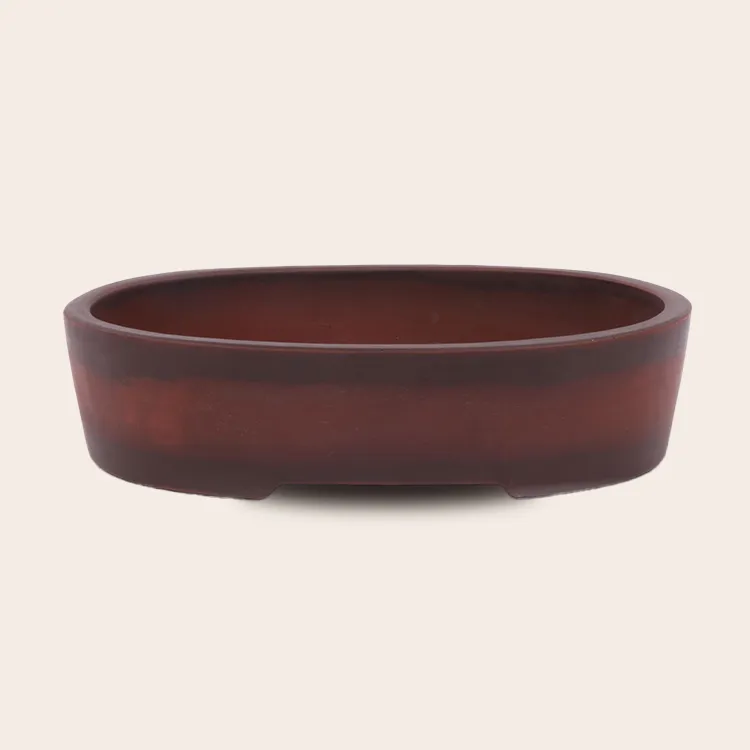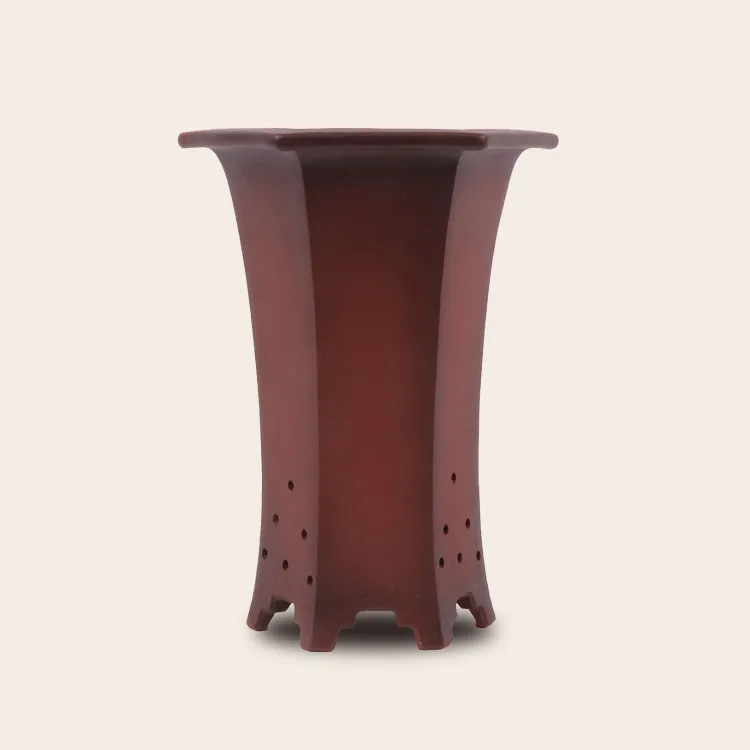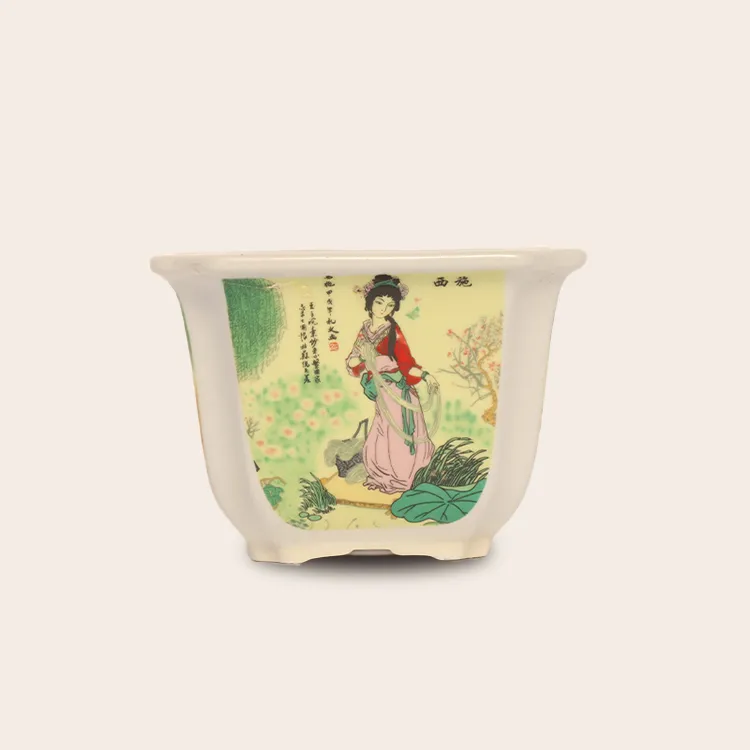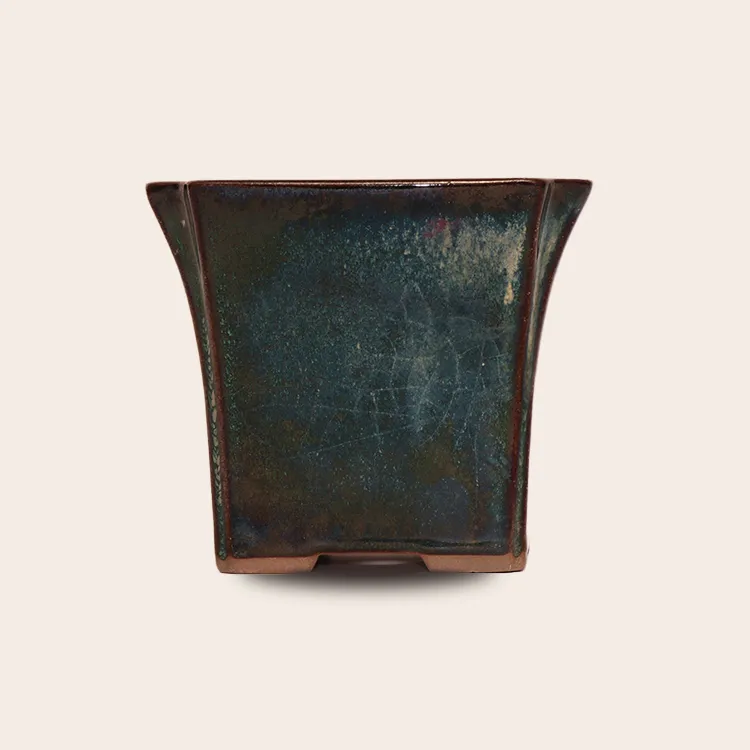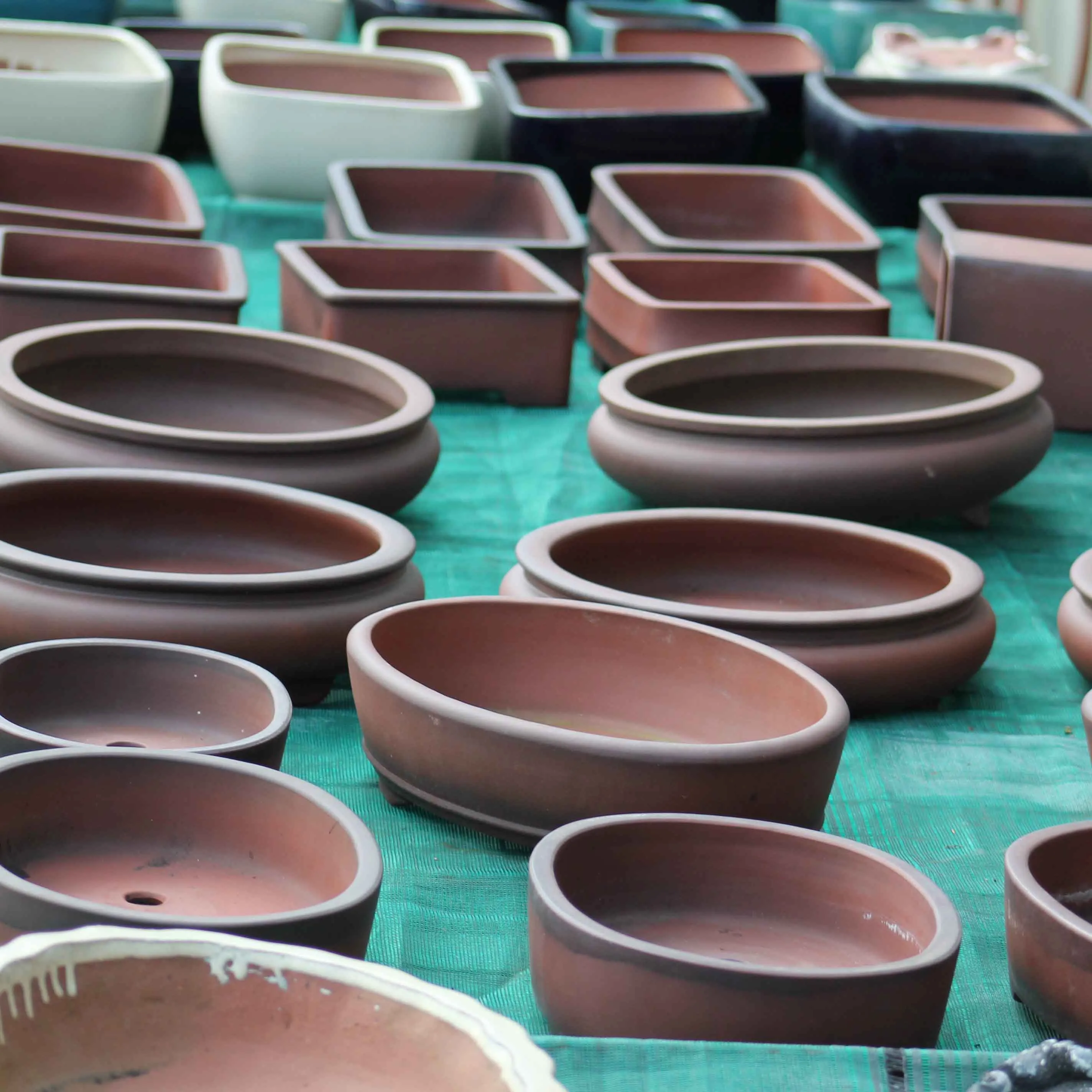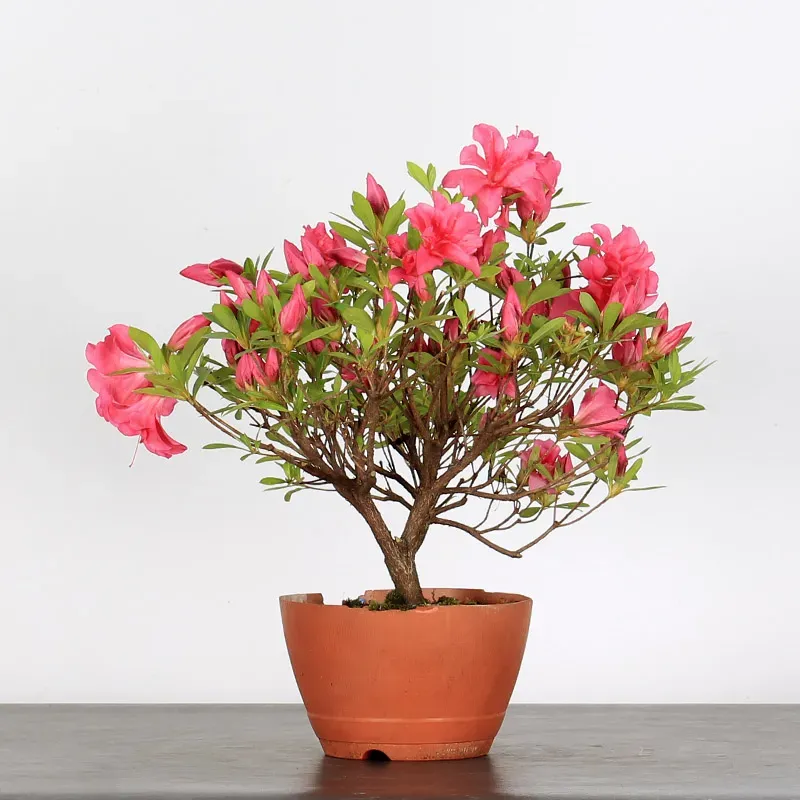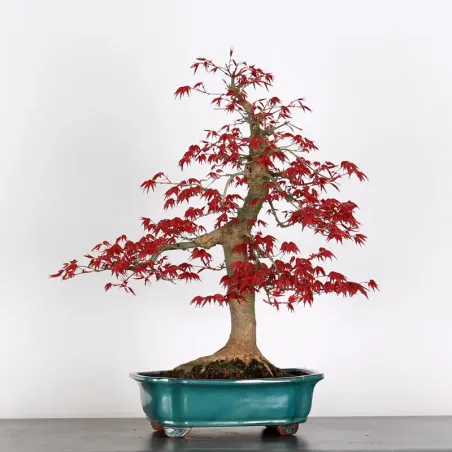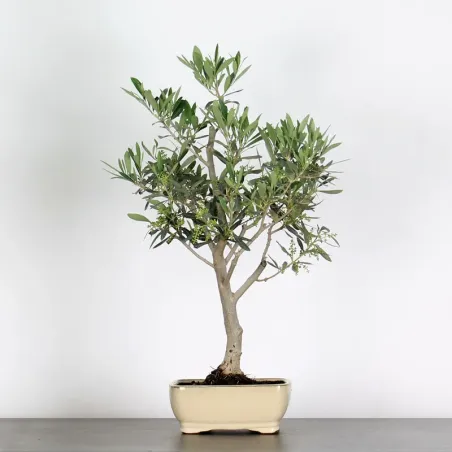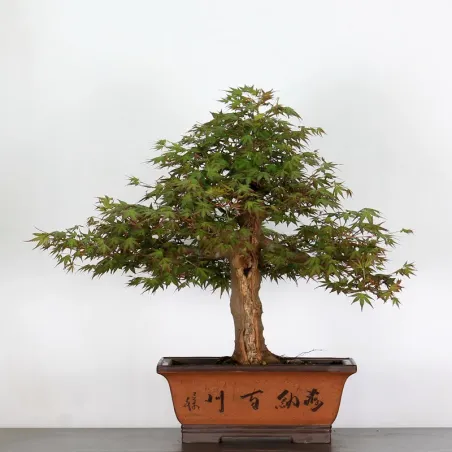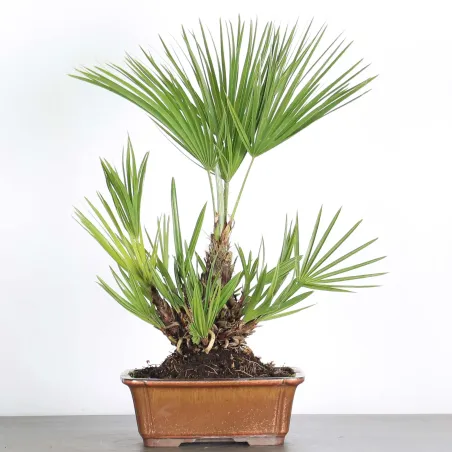Dehors toute l'année, de préférence dans un endroit mi- ombragée.
 English
en
English
en
Bonsai
Azalea japonica 1-8
- New
In April/May, the JAPANESE AZALEA produces beautiful bright red flowers; its glossy foliage is quite remarkable, changing from dark green in summer to crimson in winter. Very interesting to train and to grow in bonsai because of its ease of cultivation: very hardy.
- Photos taken in april 2025
- Plastic pot
The Azalea is also called Satsuki. Its name comes from the 5th (Sa) moon (Tsuki) because they bloom in the fifth month of the Asian lunar calendar.
+ Family : Ericaceae
+ Origin : Asia, India and China
+ Foliage : Evergreen but loses some leaves in autumn and winter
Growing Tips
Location : outdoors all year round, preferably in a semi-shaded area, to be protected from temperatures below -3°C (cold greenhouse or bright cold room)
Watering : Azaleas require a lot of water and more during the flowering period. Keep the substrate moist at all times, while allowing the root ball to dry out slightly between waterings to avoid excess water
In spring/summer, watering will be done regularly, when it's hot, it's every day ! In winter, water according to the soil monitoring you do, thanks to the rain and cold you will not necessarily need to water since the substrate will remain moist.
Important : Don't hesitate to water the entire root ball up to the roots, the water will drain away through the holes under the pot or bathe it in water (drenching) for a few minutes. We do not recommend putting a cup or container underneath your pot as the water will stagnate and can cause root rot. (Too much water = asphyxiation)
Avoid tap water which is hard (which can increase the pH), opt for water from the well or spring (rainwater cistern)
Repotting and substrate : Every 2/3 years, the ideal time to repot your azalea is right after flowering. Repotting can only be done before flowering if you live in a warm area, especially if you need to cut a few more roots than usual. This will allow the azalea to better withstand the heat of June.
In the nursery, we use agricultural soil composed of black peat, blond peat, eco-aged, topsoil, horse manure, pozzolana. The next time you repot, you can mix more draining substrate such as: akadama, pumice, kiryu... Just be careful not to disturb the root ball, don't destroy the whole root ball. Many bonsai react noticeably when repotted at the wrong time or too drastically. For this reason, you should cut as few roots as possible
The most important thing to know is that azaleas love acidic soils. They are often grown in a special substrate called Kanuma, named after the eponymous city. It is a soil with a natural pH of around 5, it also ensures good drainage as well as good water retention. This is because azaleas don't like to be thirsty and also hate having their roots soaked in water.
Pruning : Once flowering is over, you need to remove all the flowers and especially the pistil that is in the center. If you leave it, it can develop into a small fruit which will weaken your azalea. It is better to channel vigor into the shoot than into the formation of the fruit.
Fertilization : In the nursery we use blue tomato/flower fertilizer NPK 12 12 17. Put a handful on the substrate (small or large depending on the size of the pot) from spring from May to October, every 2 months , alternating chemical/organic.
More information:
The photos are contractual, i.e. the tree and pot you see in the photo is really the one you are going to receive. To find out the dimension, refer to the scale on the side. Each product is unique, so they are referenced by numbers.
We ship throughout France and neighbouring countries that are part of the EU and we take care to pack each bonsai in custom-made wooden crates or reinforced cartons. The tree is well protected and tied to prevent any risk of breakage.
Depending on the size and weight of your bonsai, shipping is carried out by specialised carriers: DPD & GEODIS
Our priority is that the delivery goes smoothly. For this, shipments are rarely made at the end of the week and never during heat waves, we regularly check and check the tracking of your packages.
Do not hesitate to consult our delivery page to learn more about our methods.
Click ----> Bonsai Delivery France and EU - Galinou Bonsai Nursery
The + of our bonsai nursery
All bonsai are produced in our large nursery in Lot-et-Garonne. They are therefore perfectly adapted to the climate of France, which is not always the case with Japanese imports.
We have 2000+ bonsai trees for sale and tens of thousands under cultivation and work

 Production of French Bonsai
Production of French Bonsai
